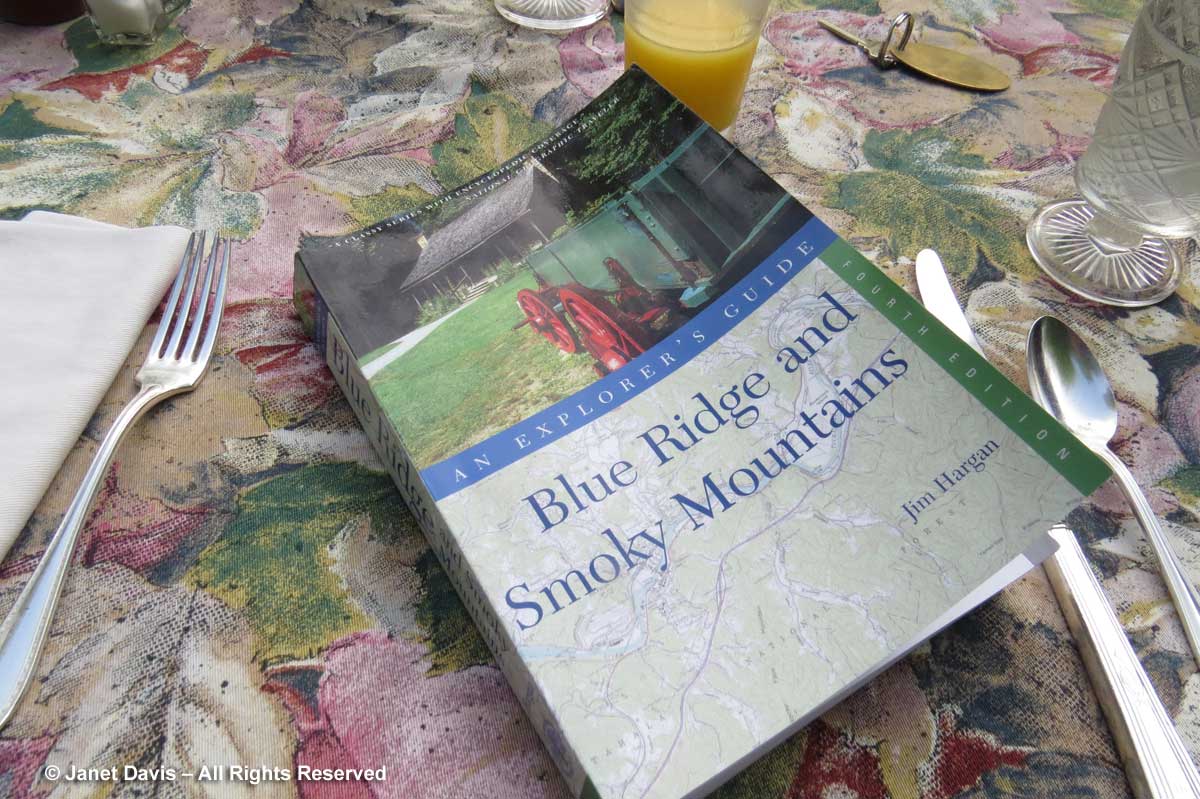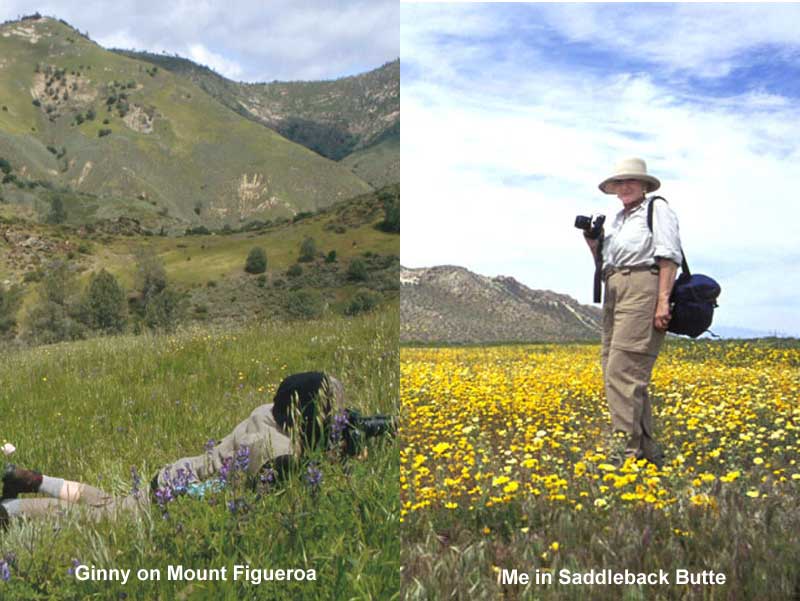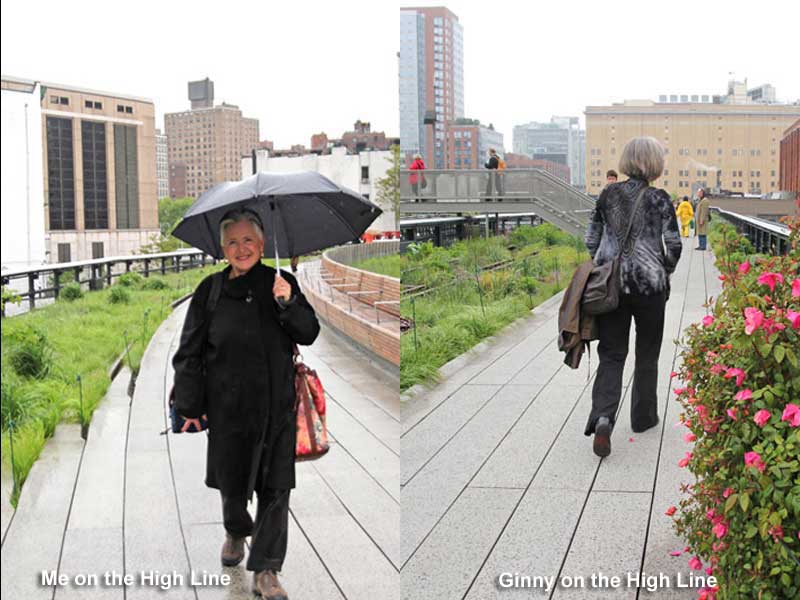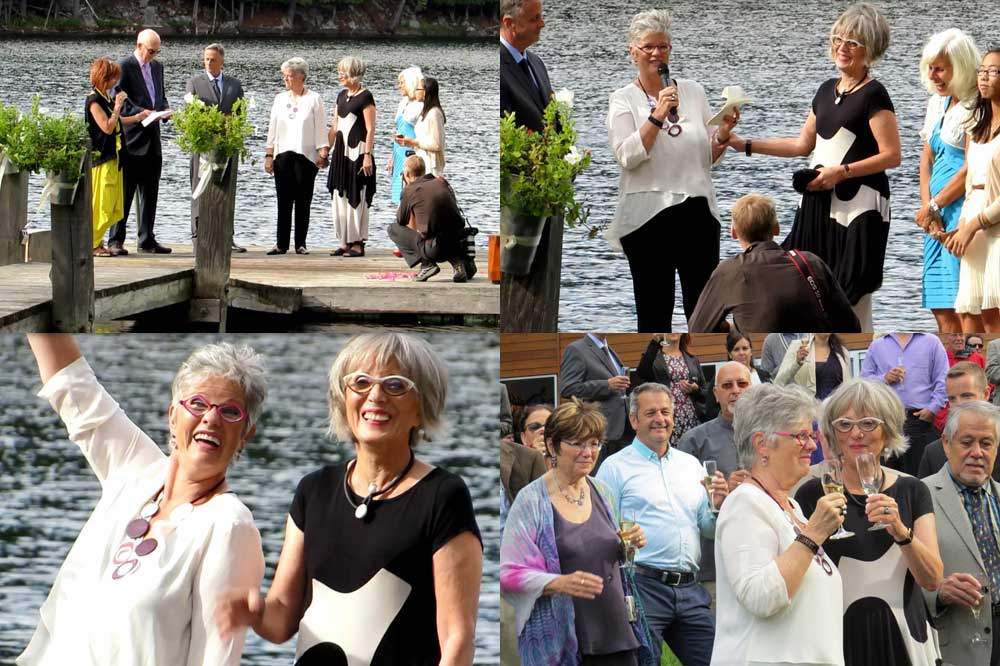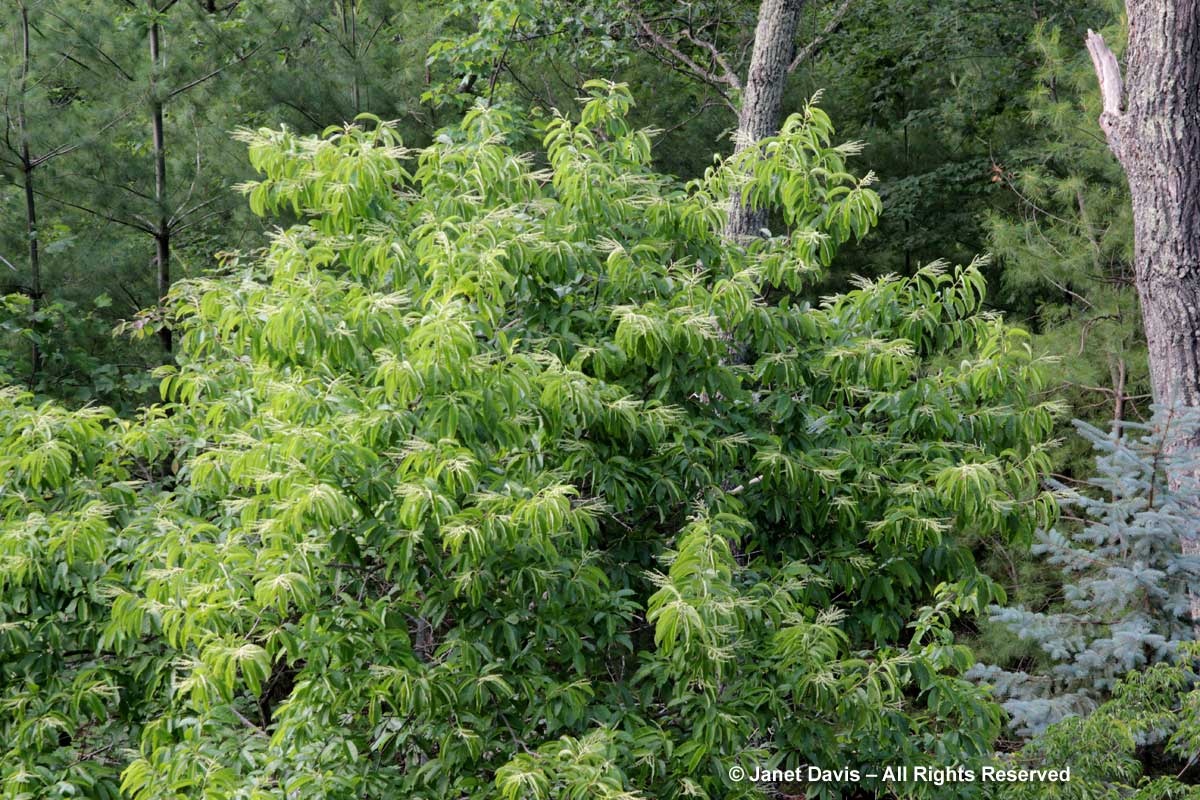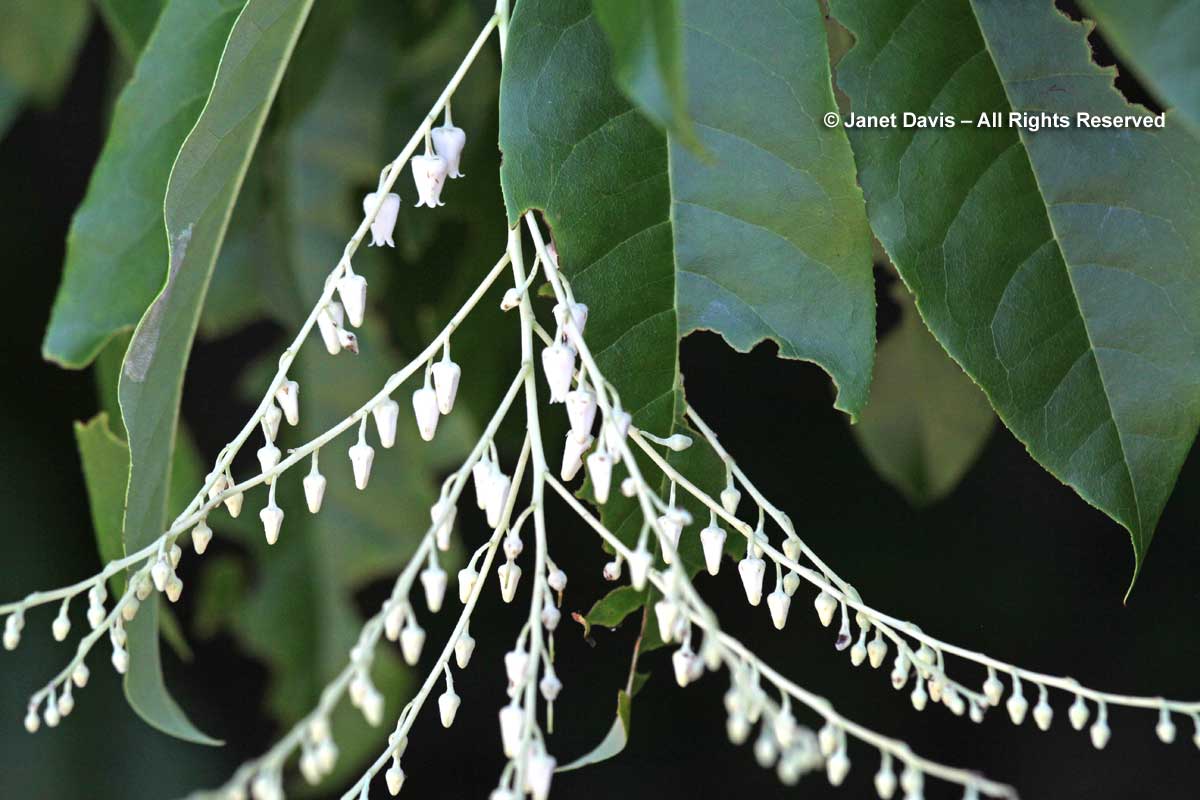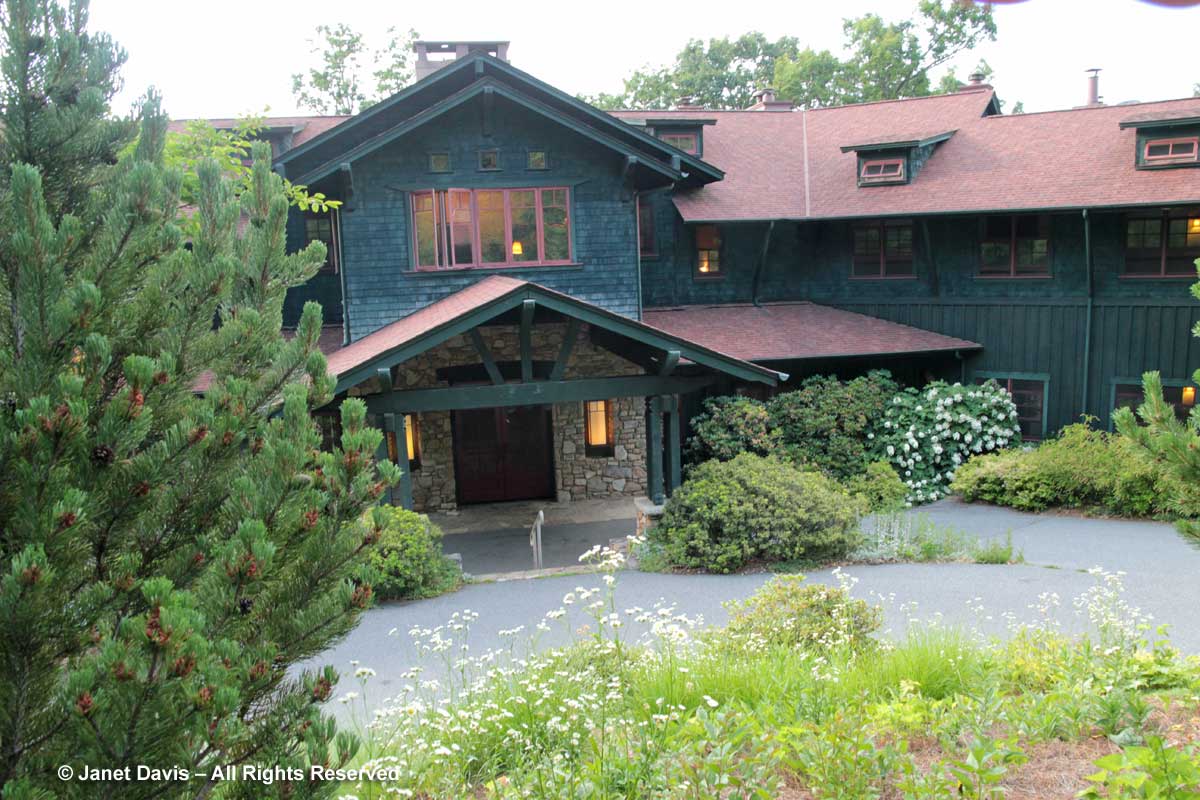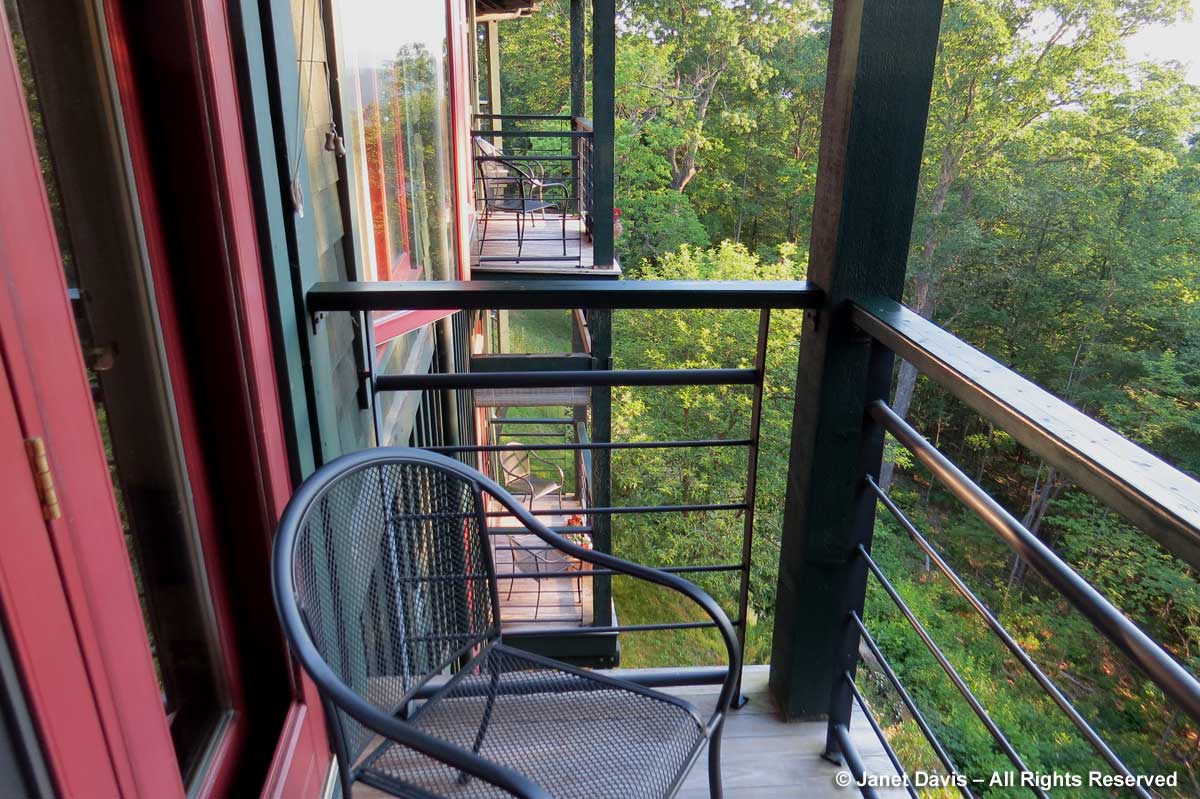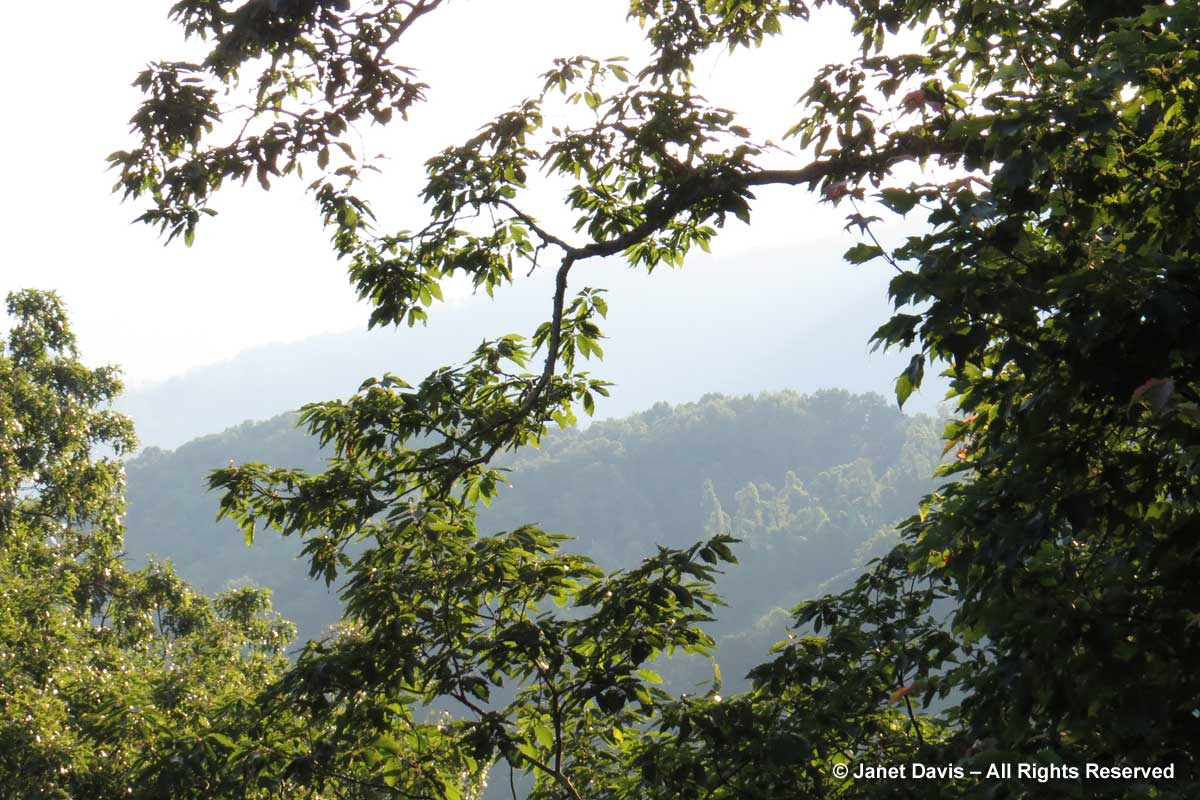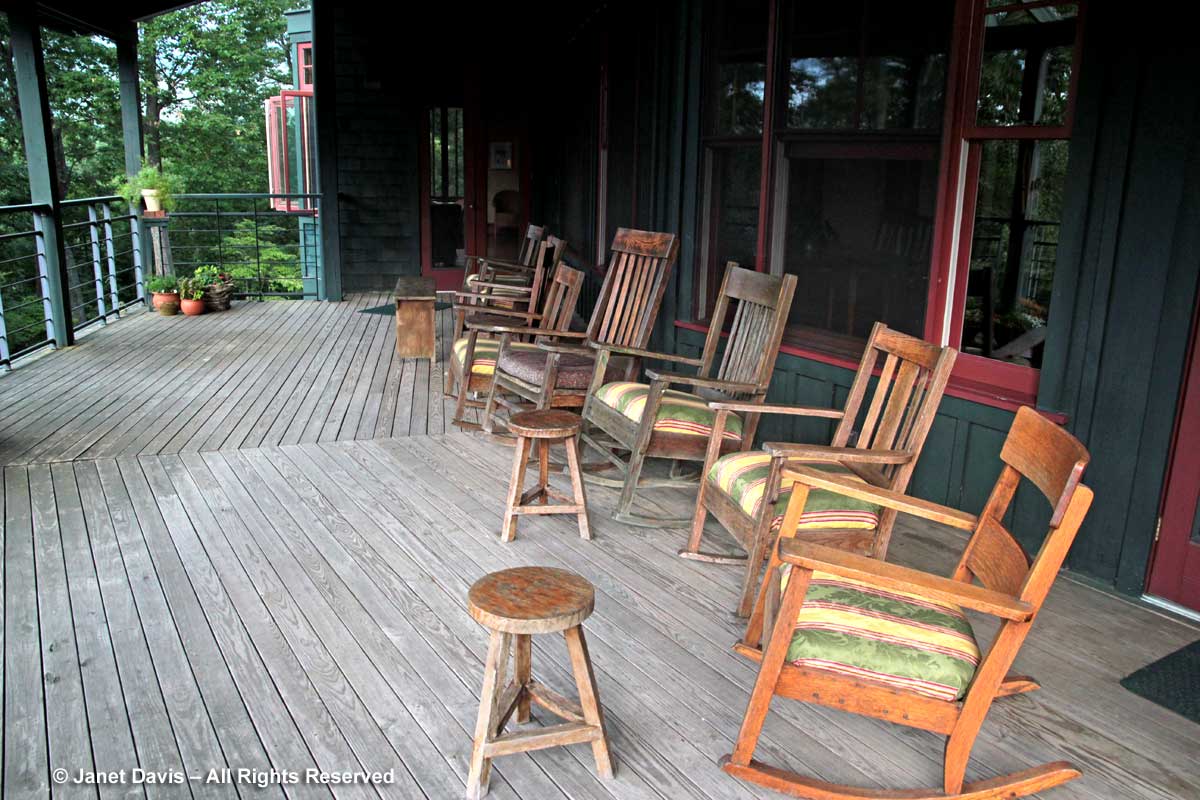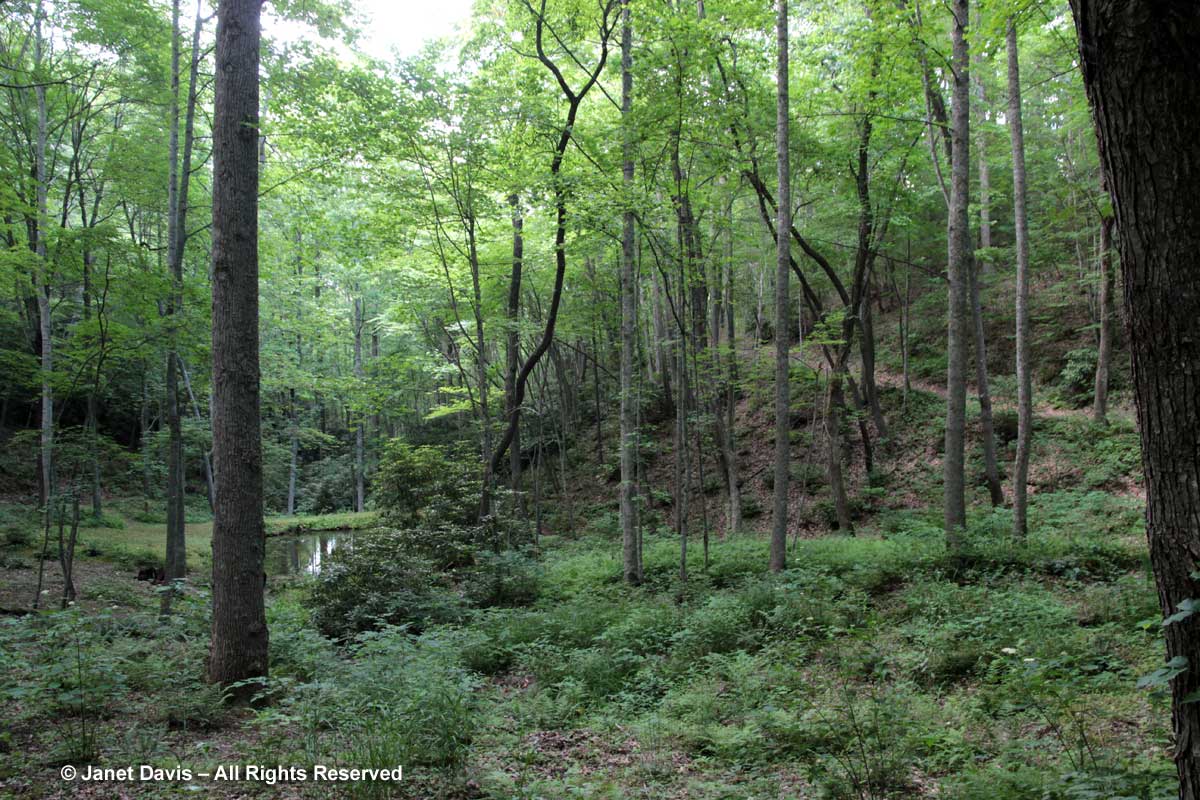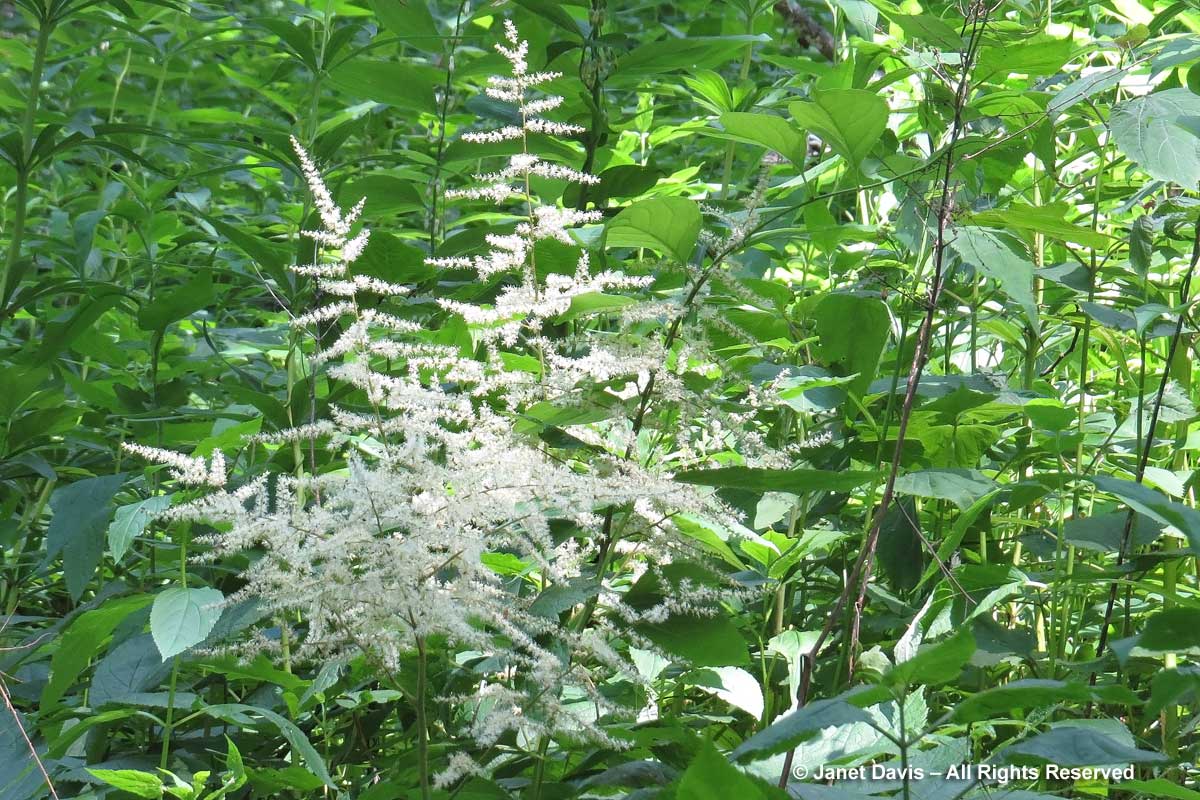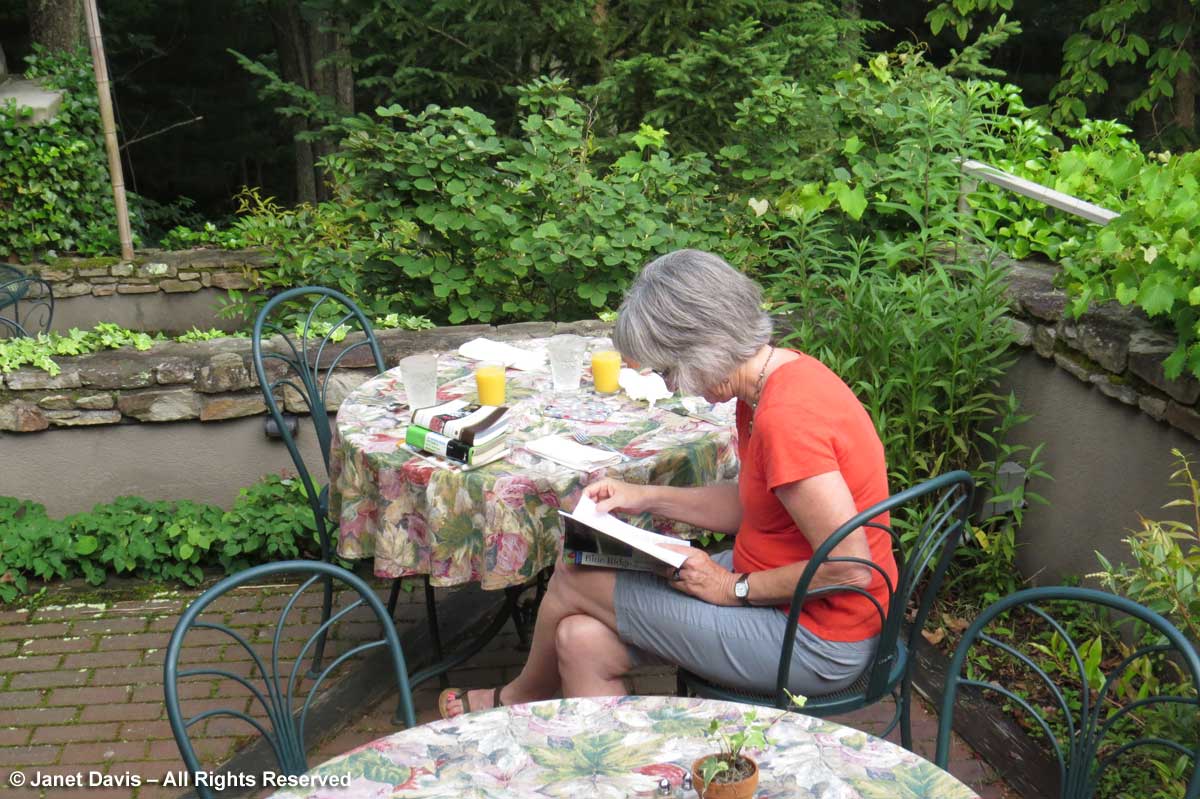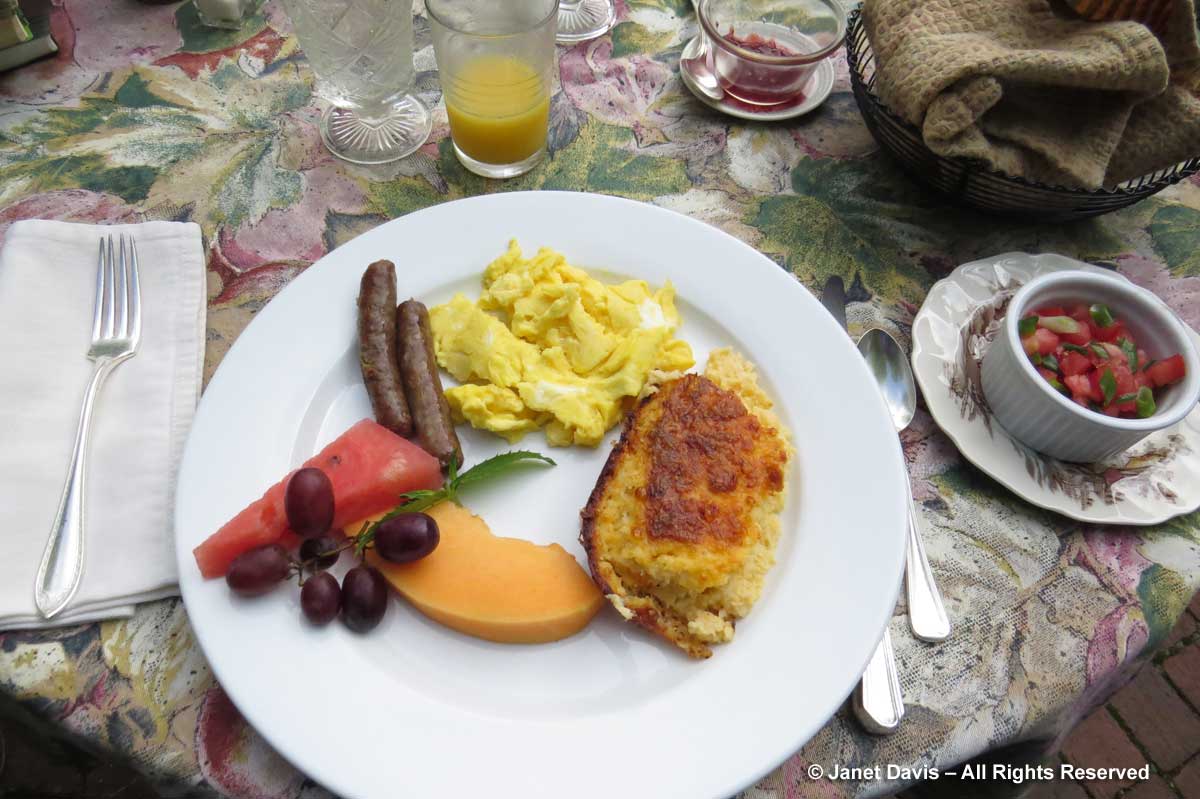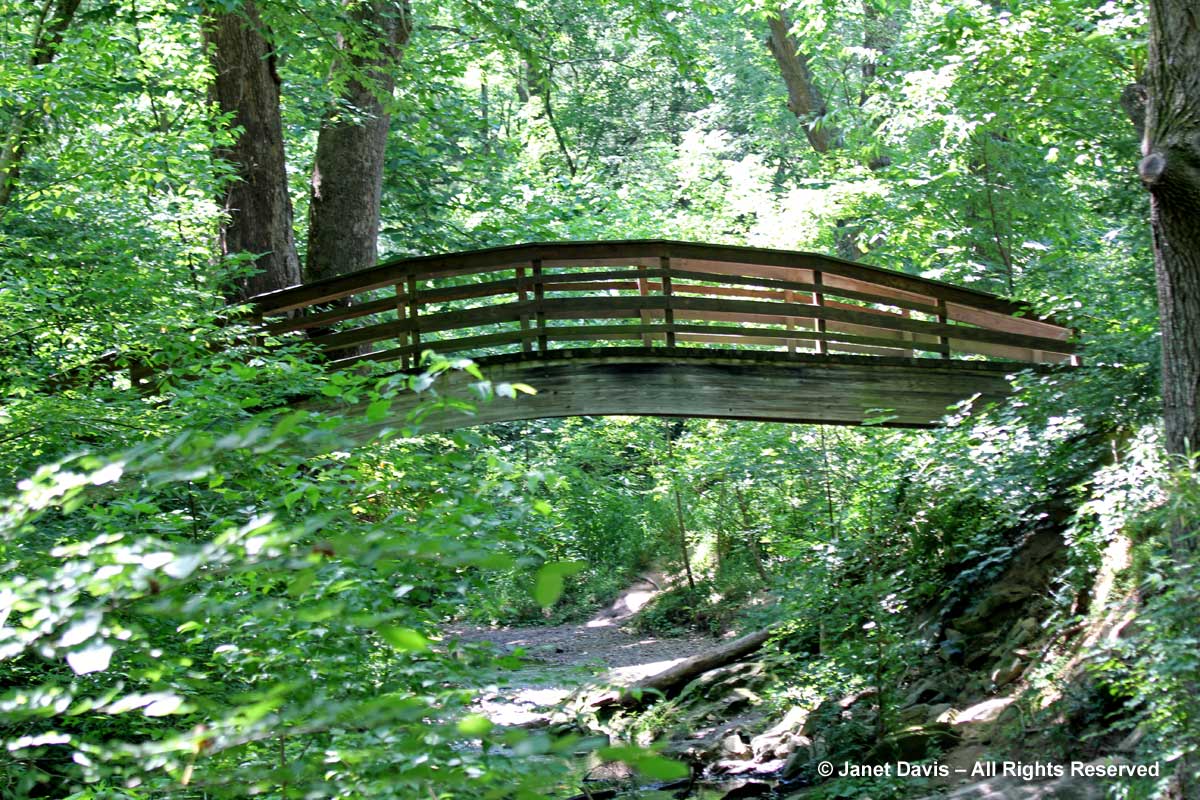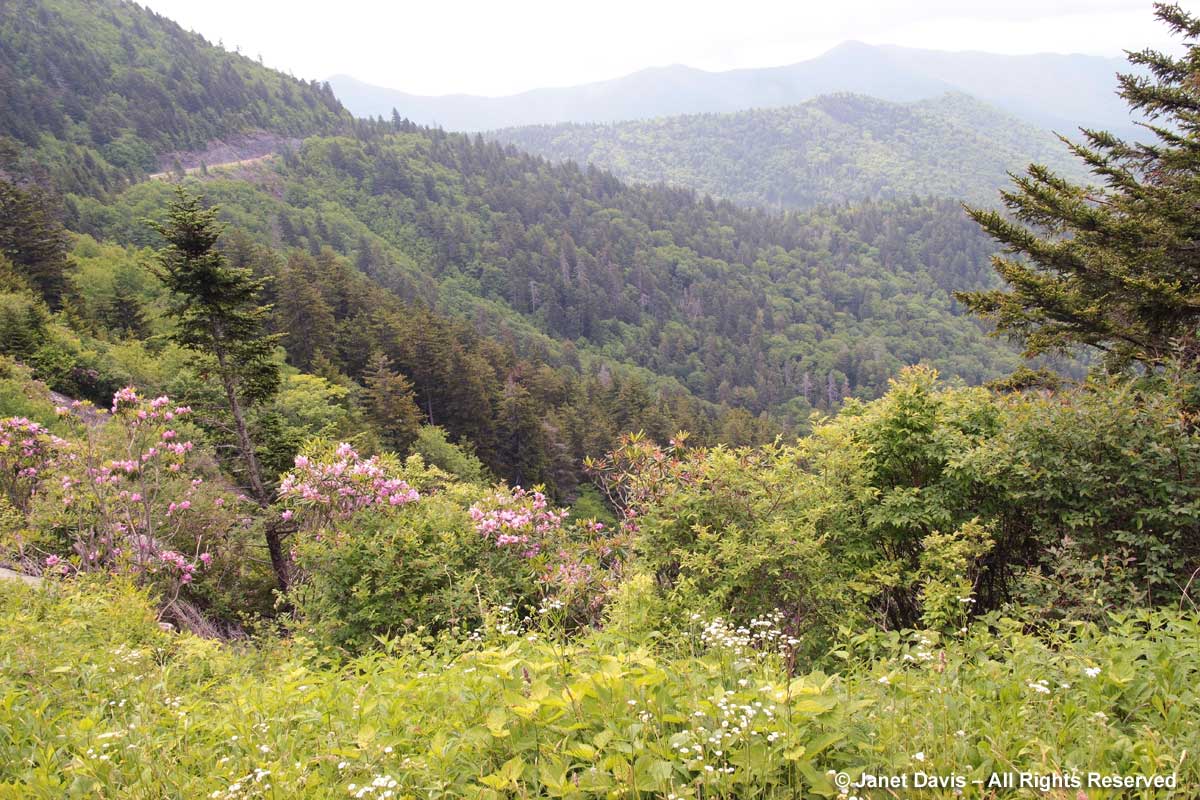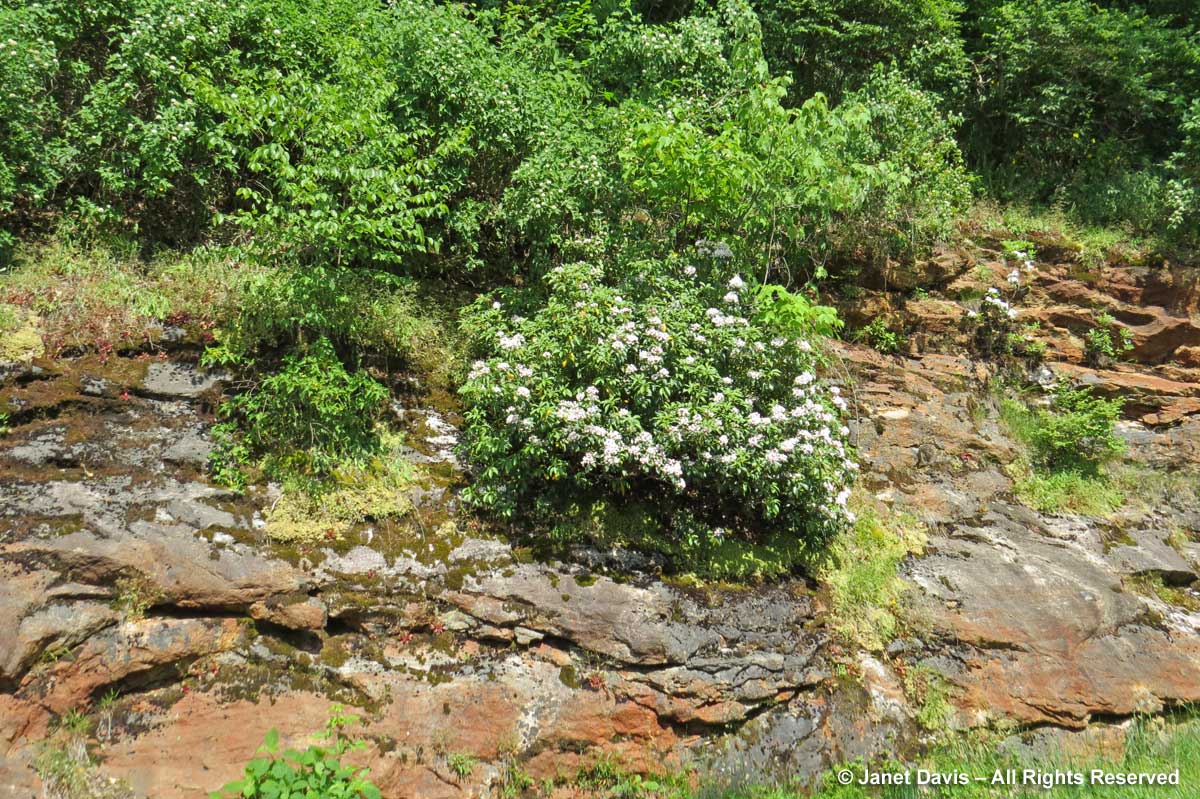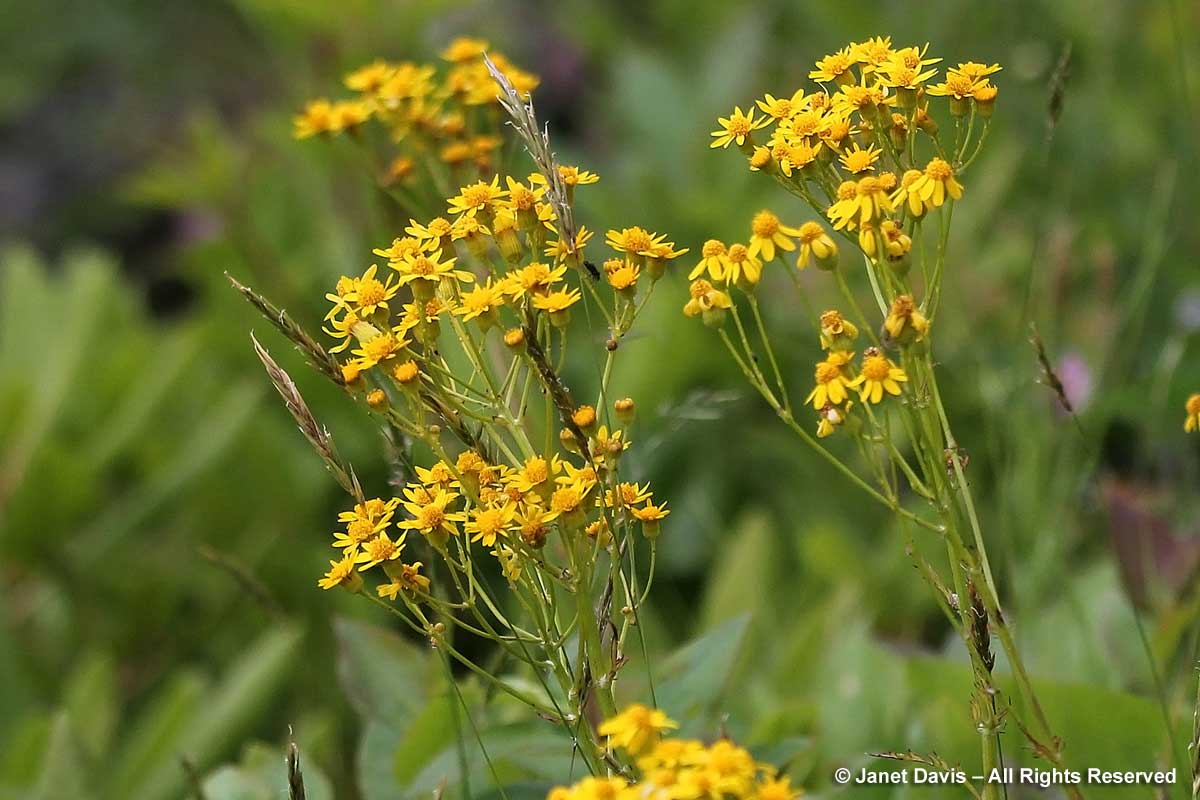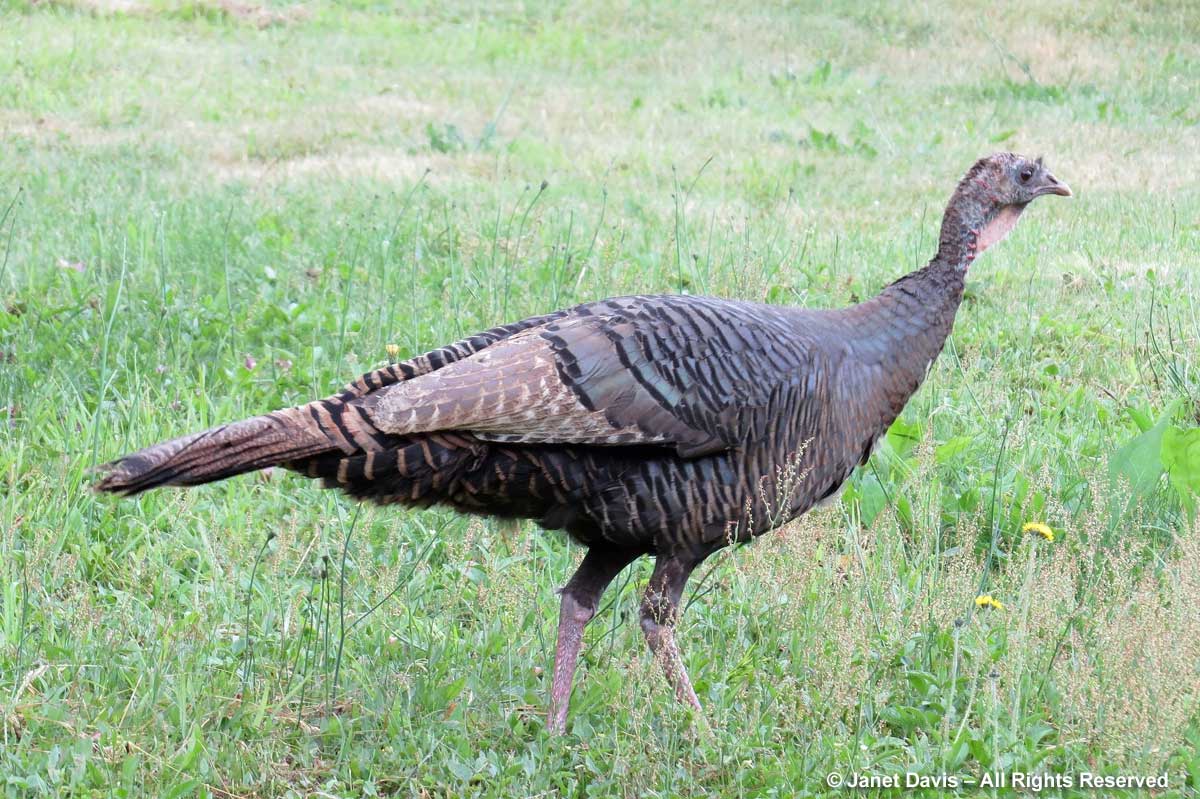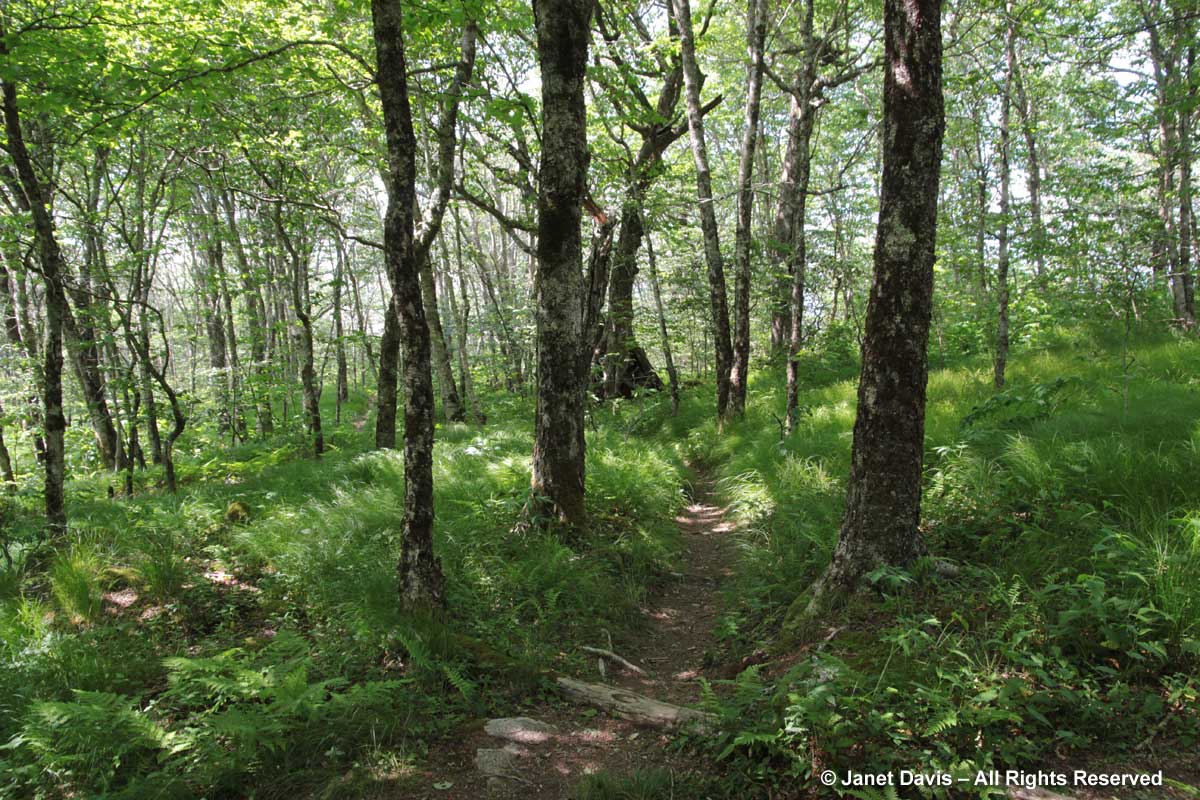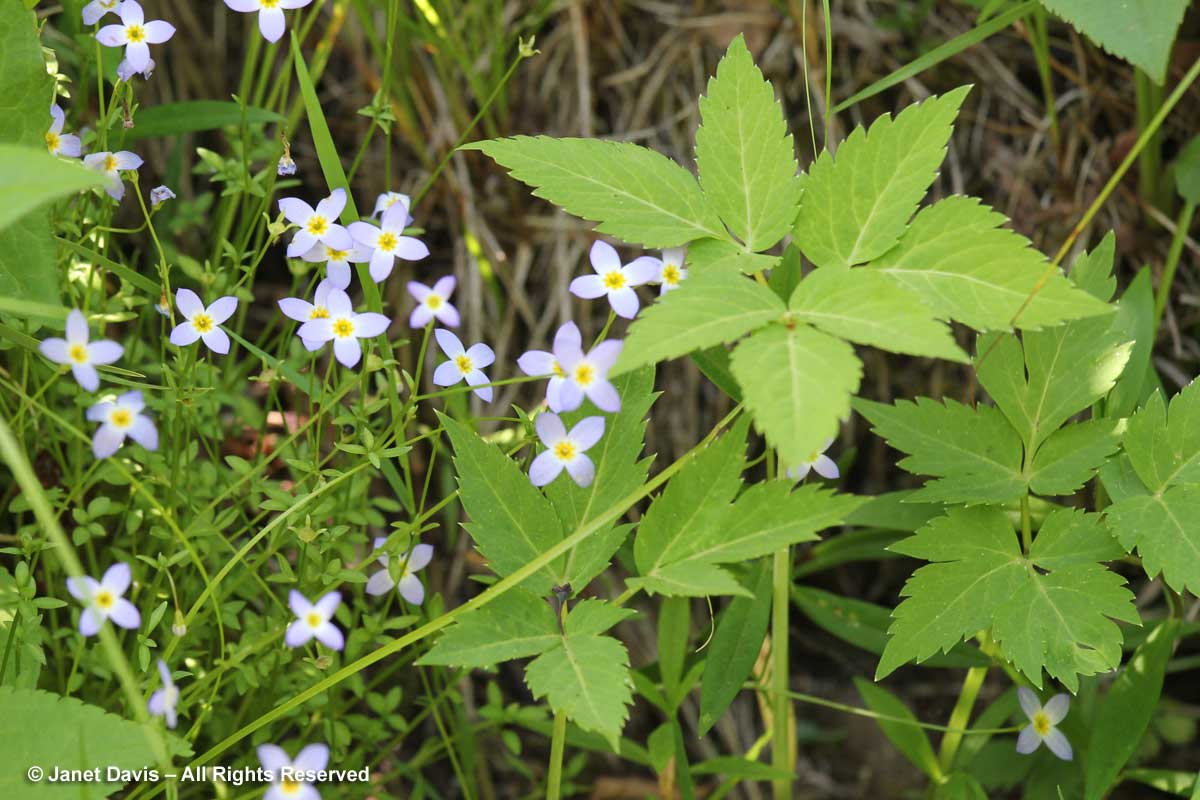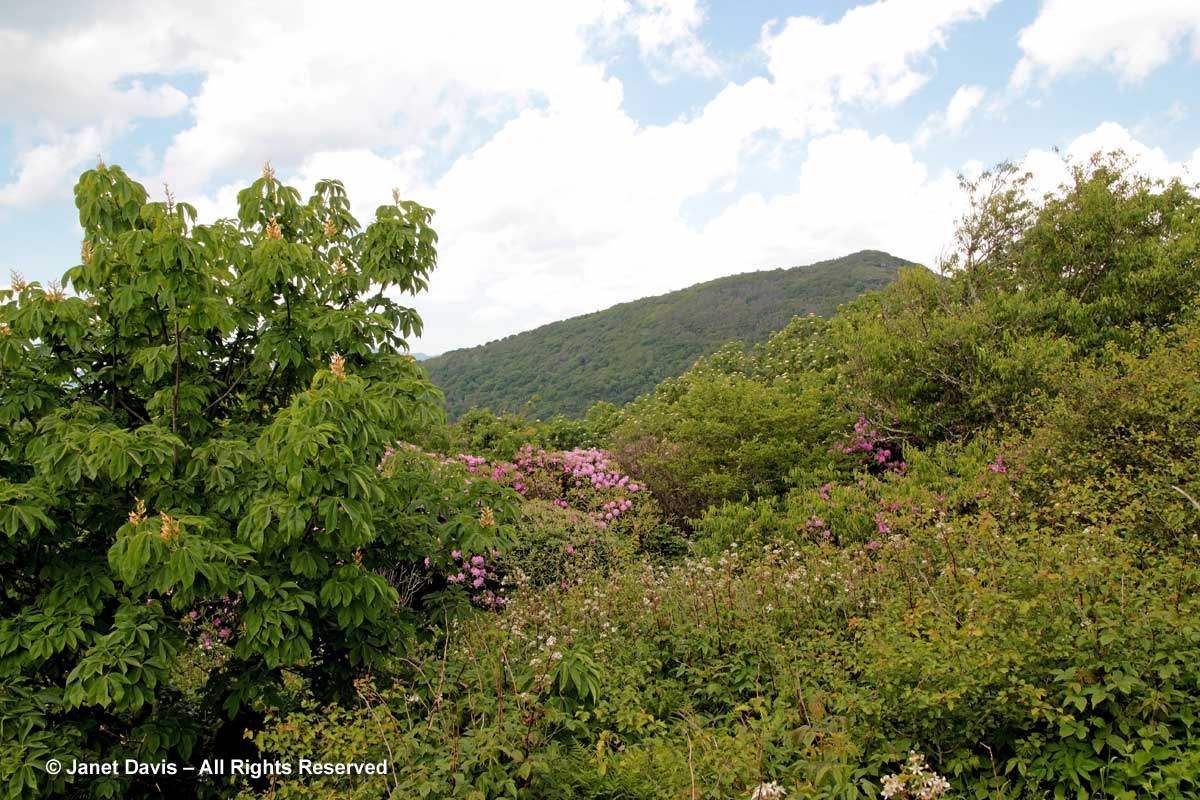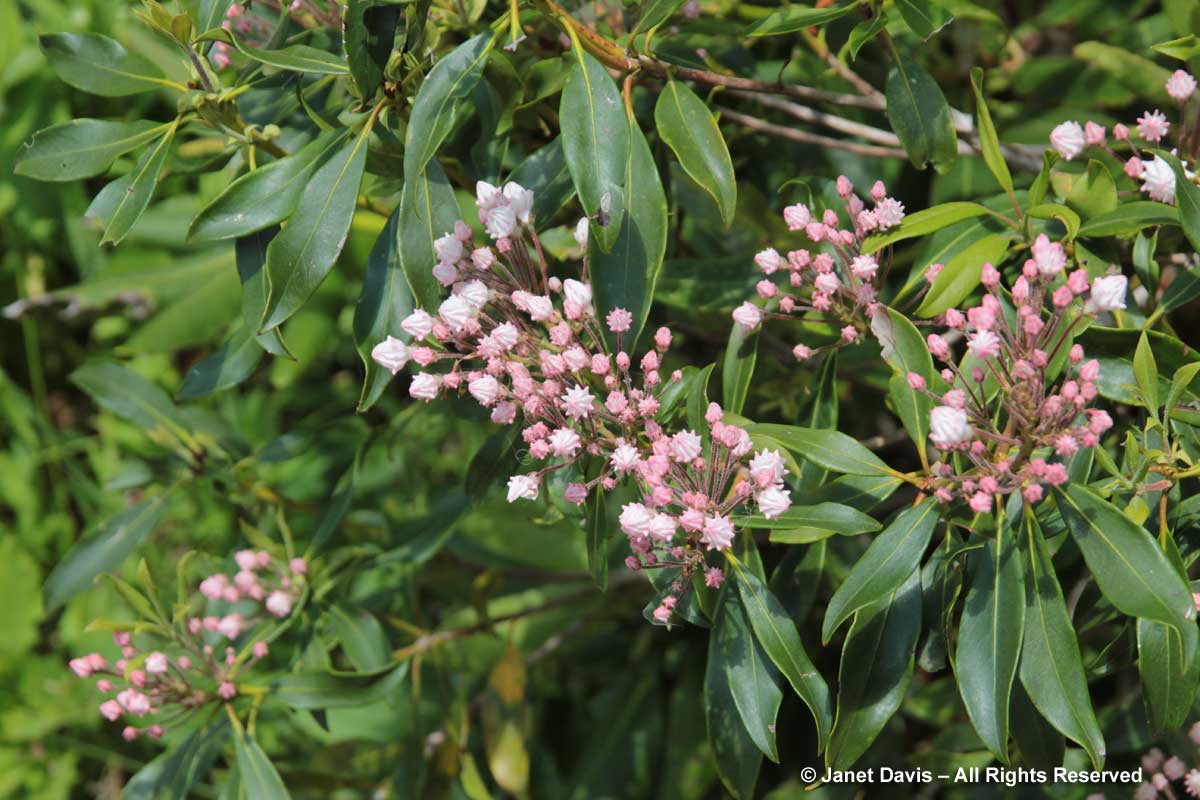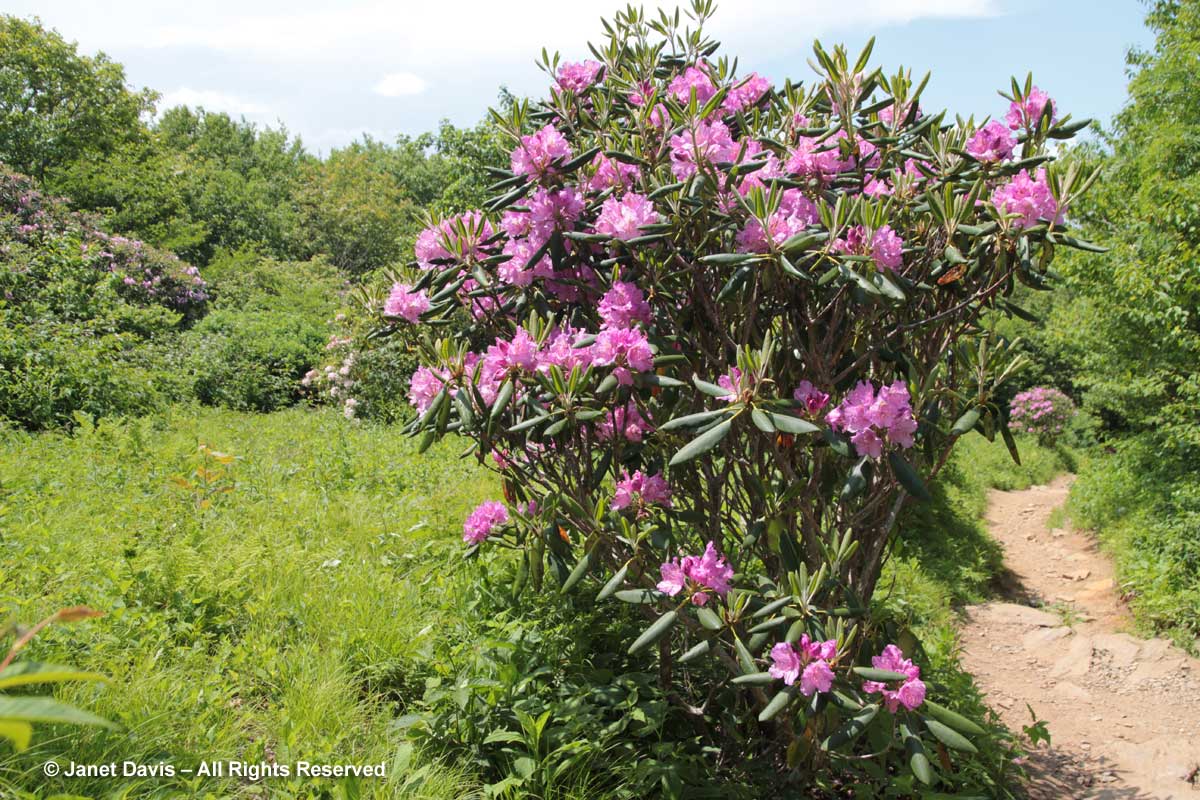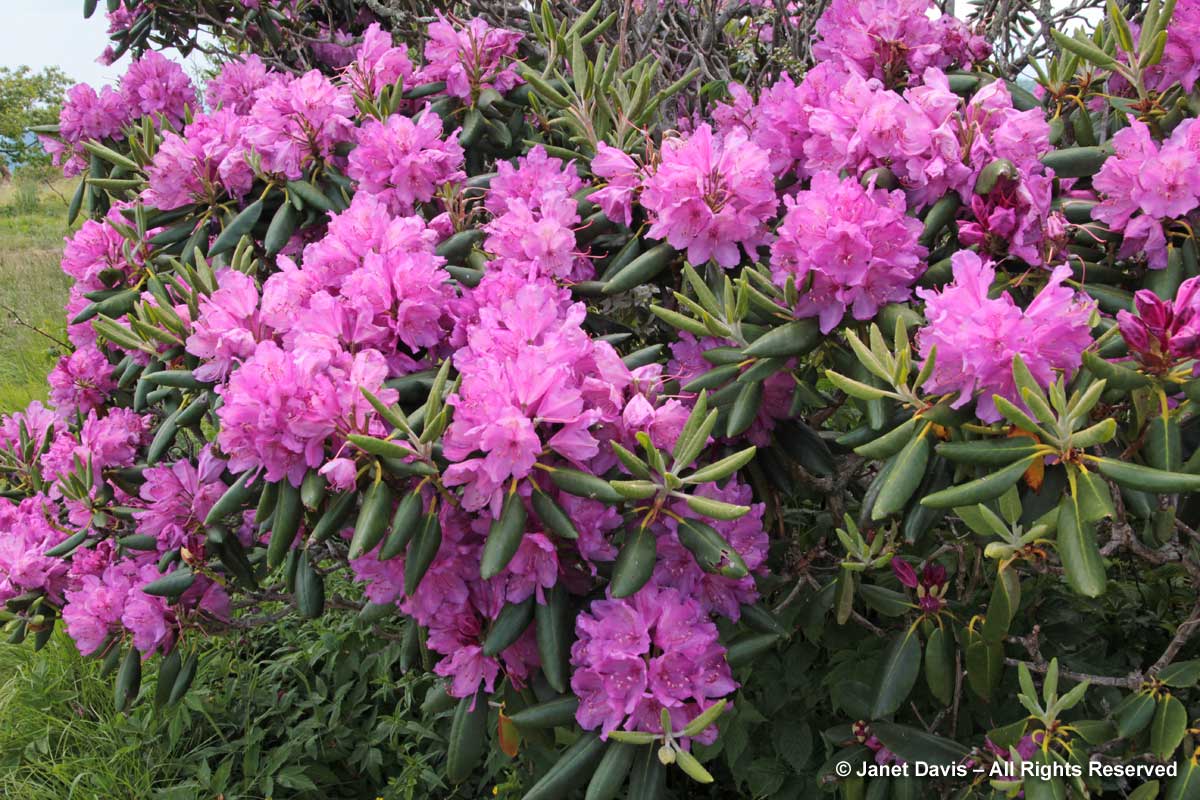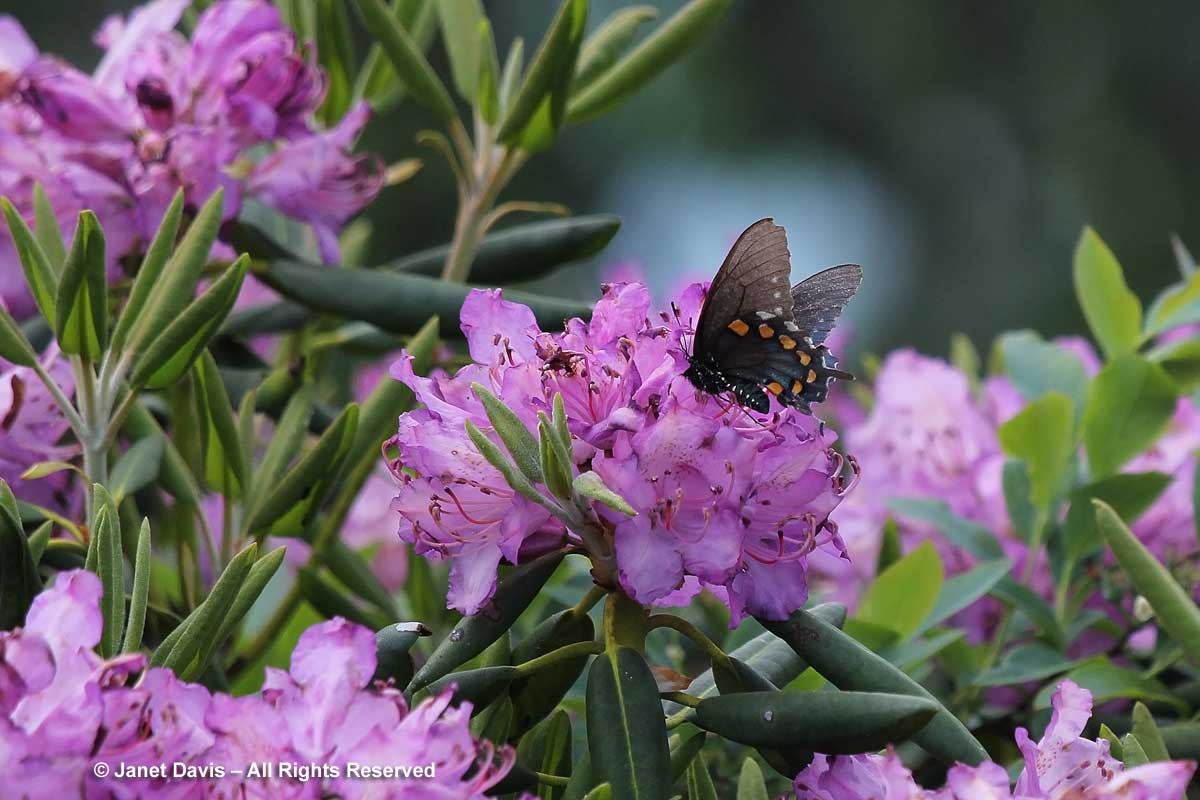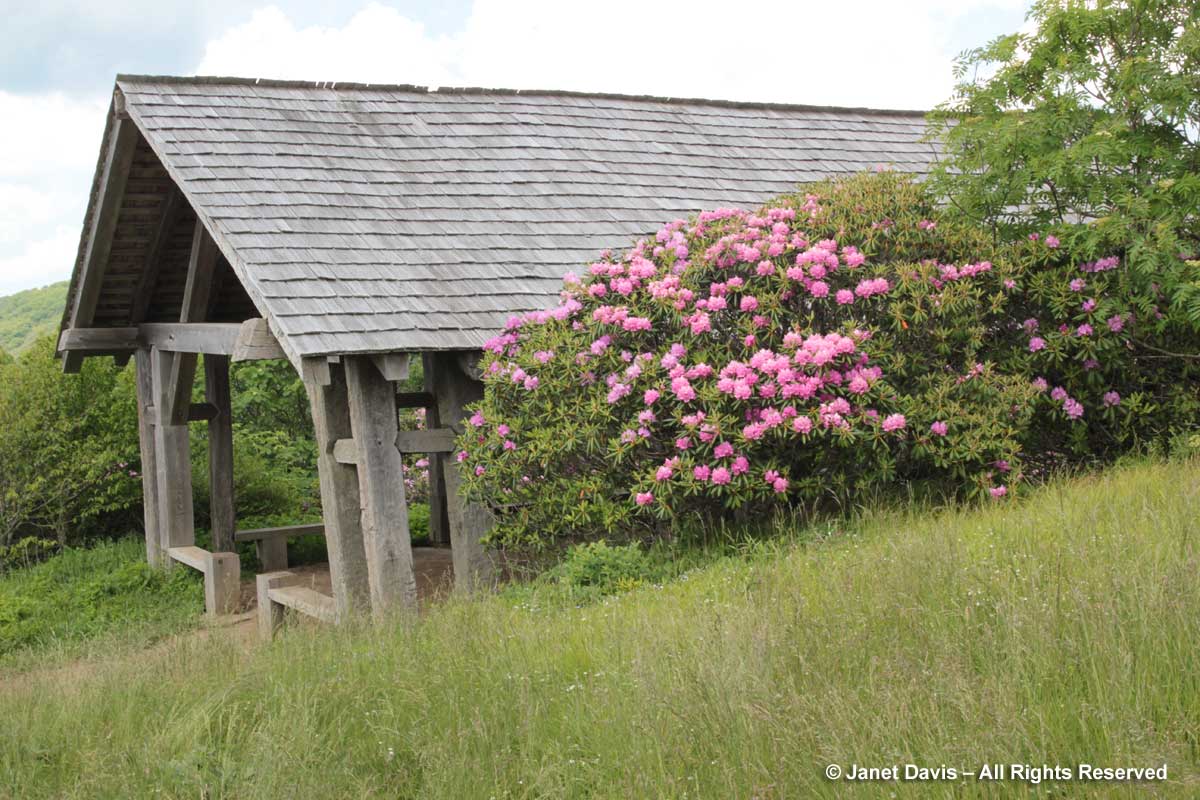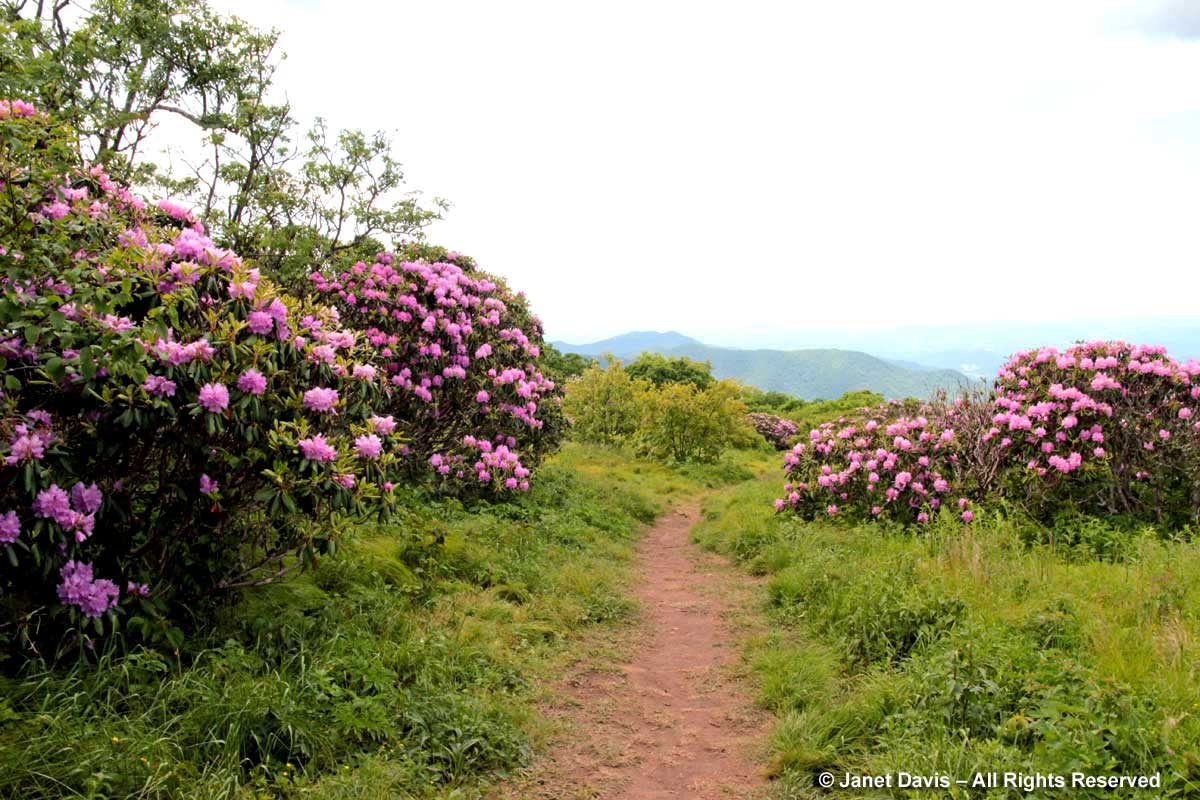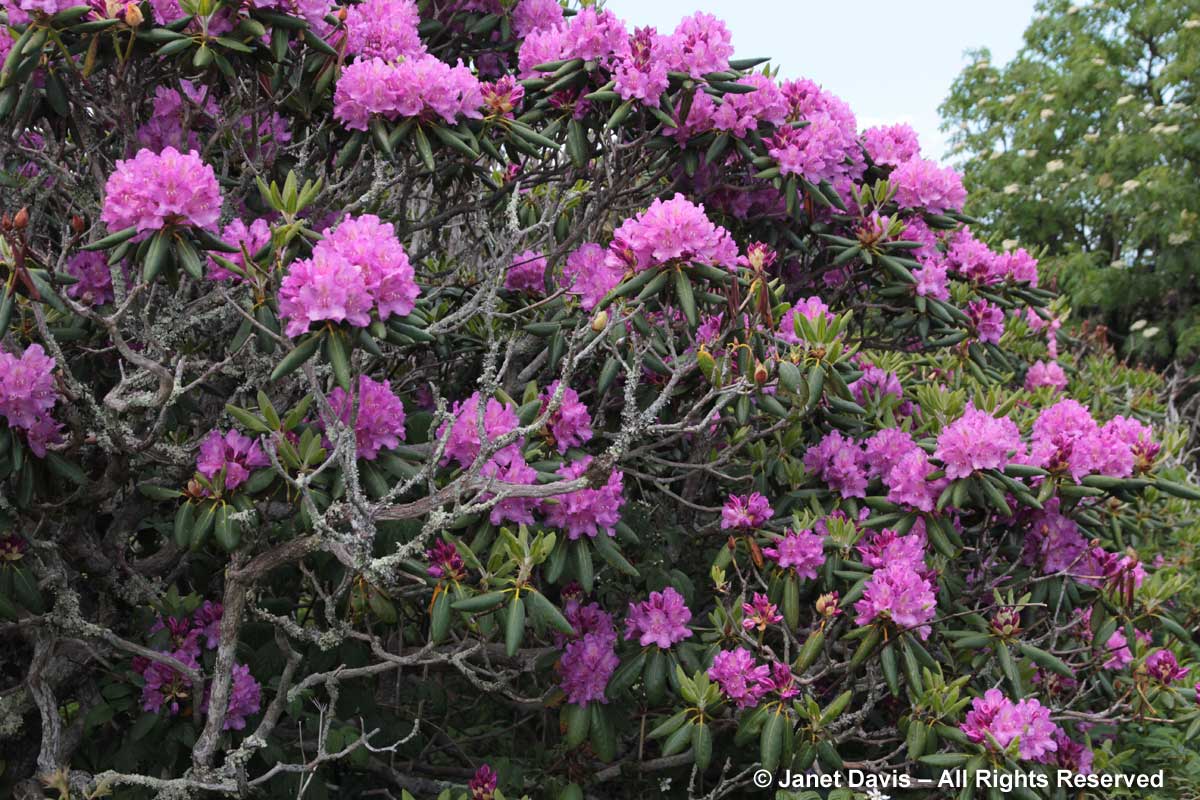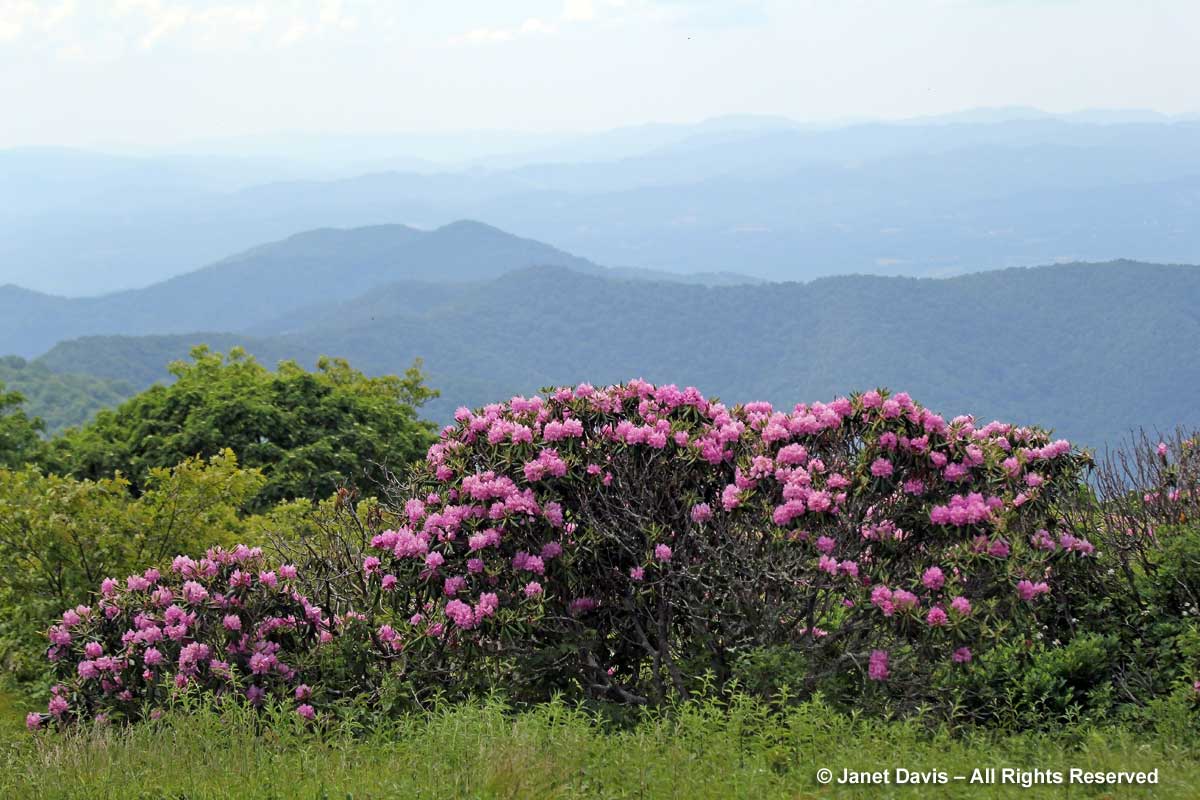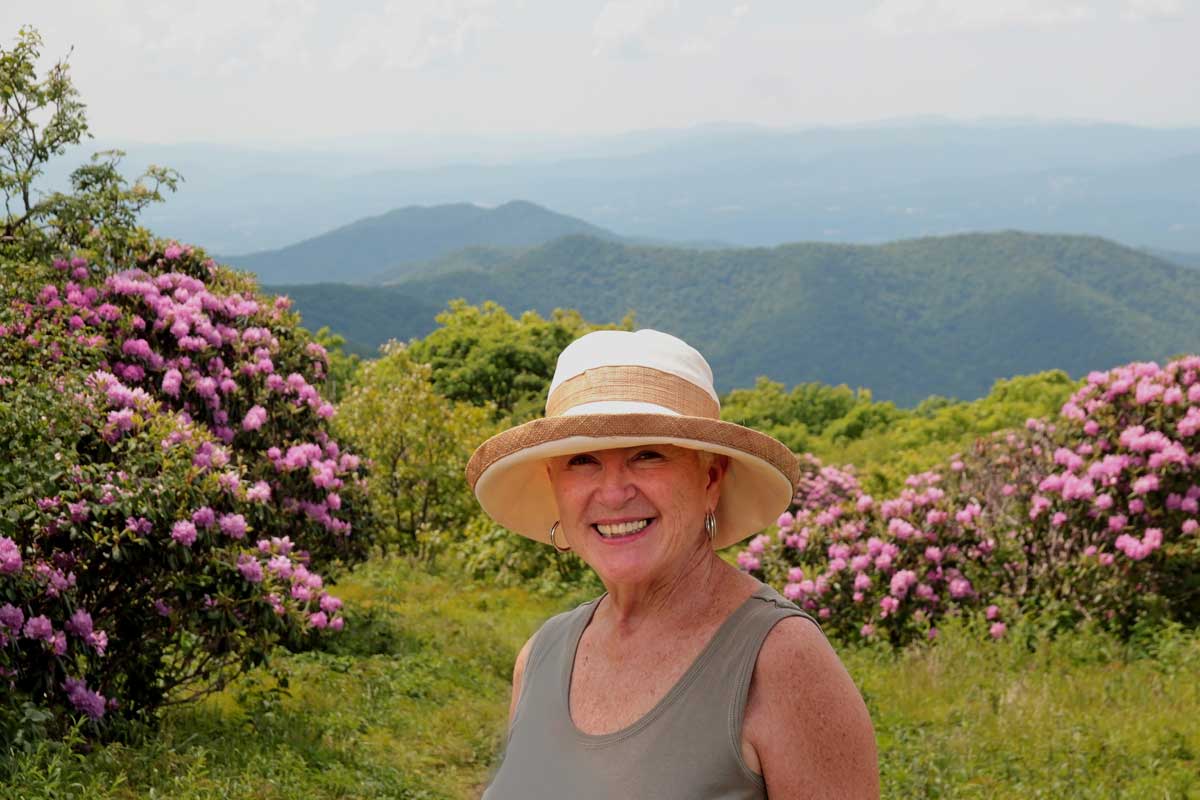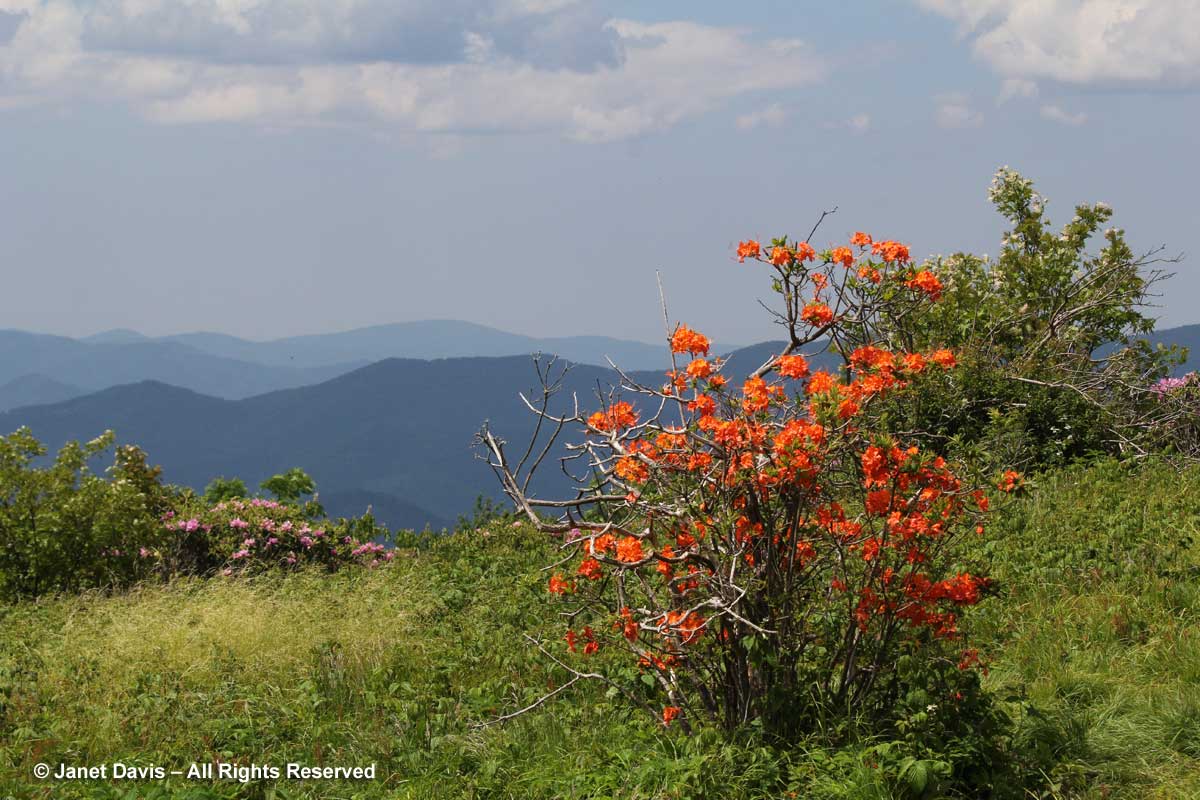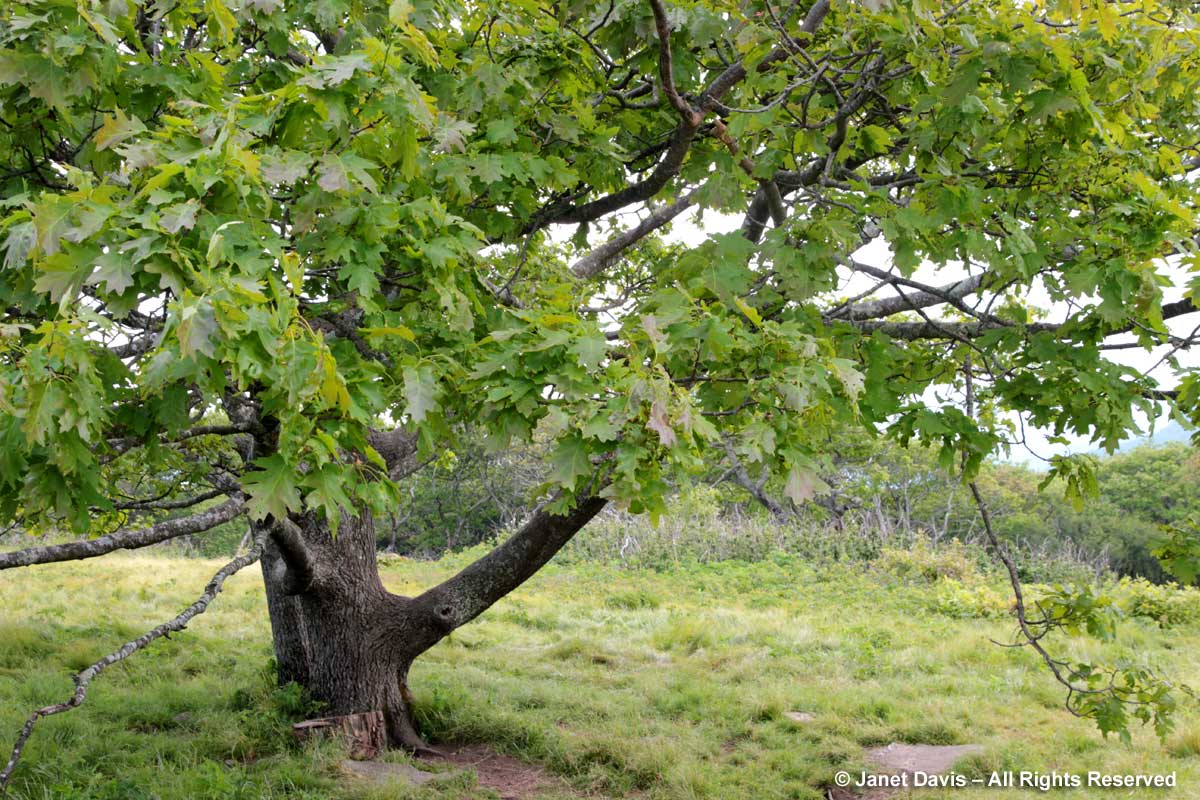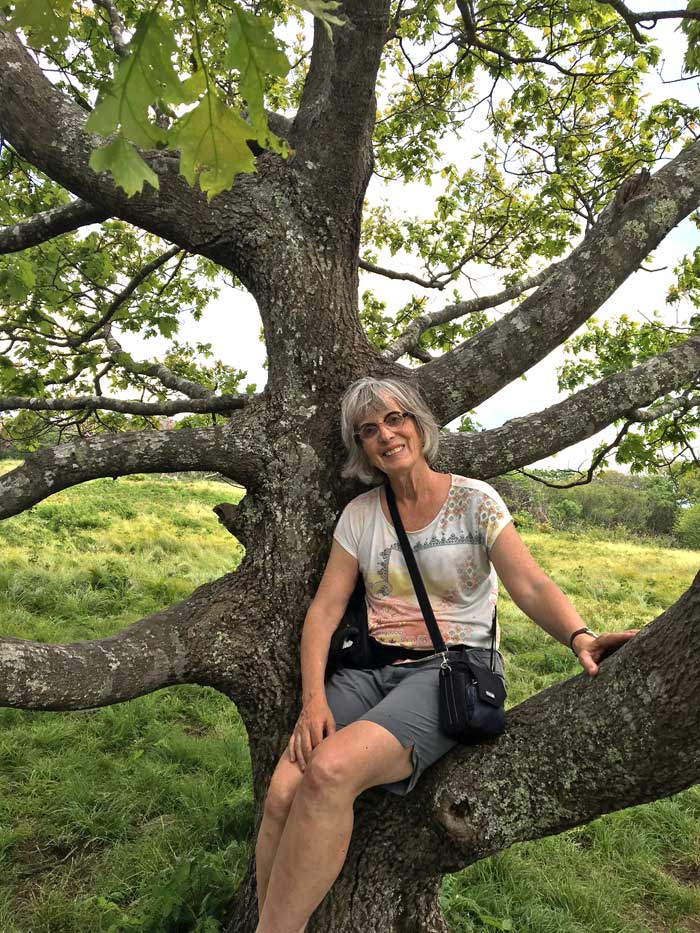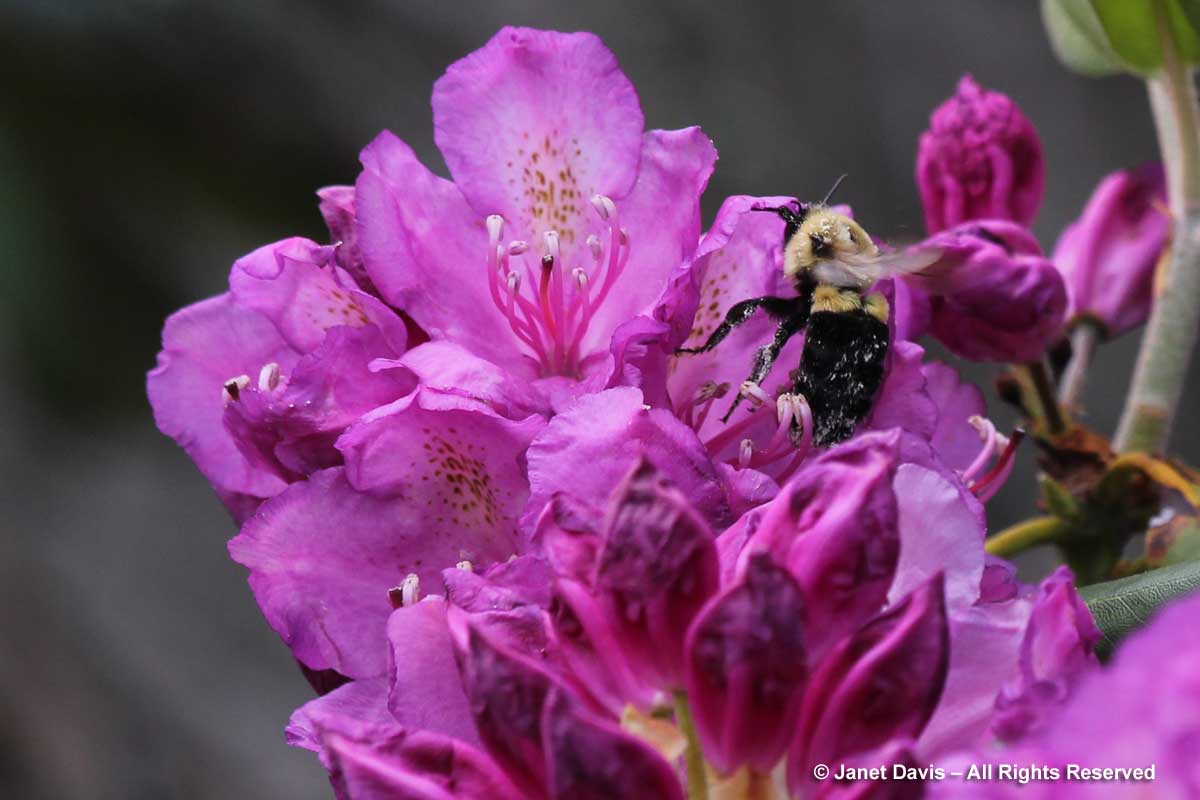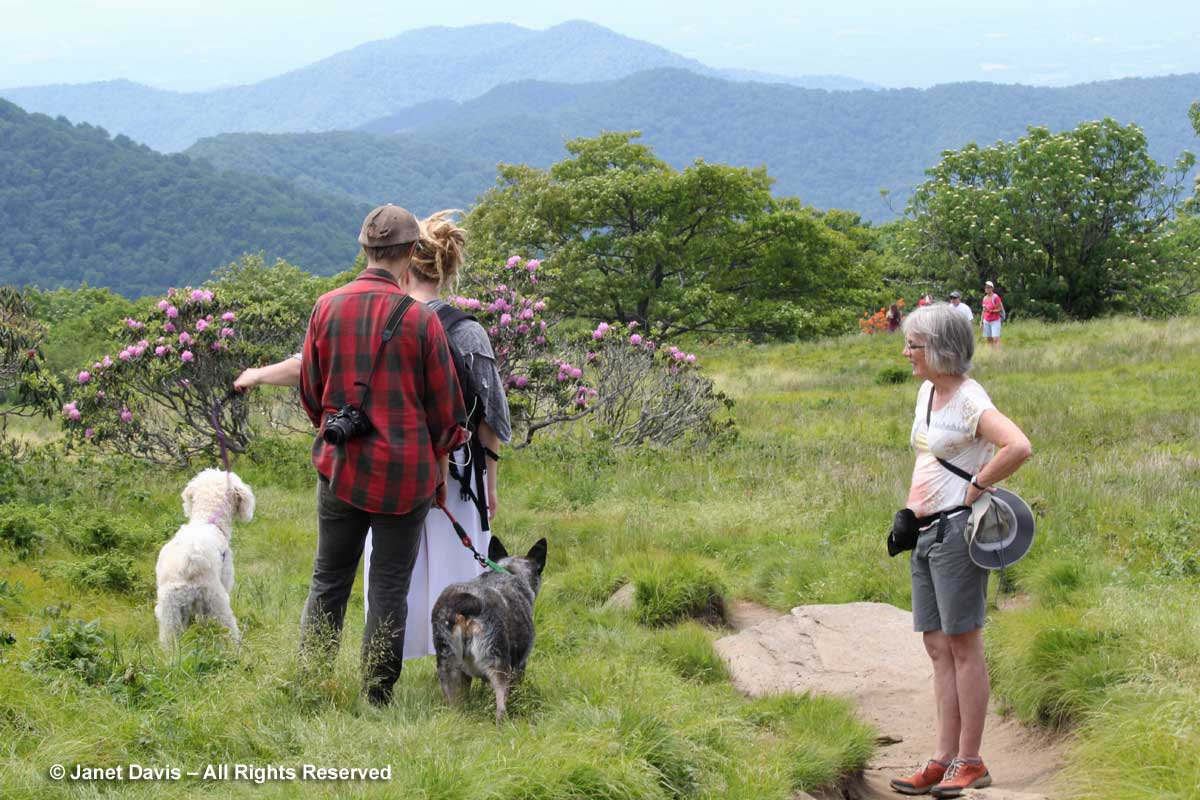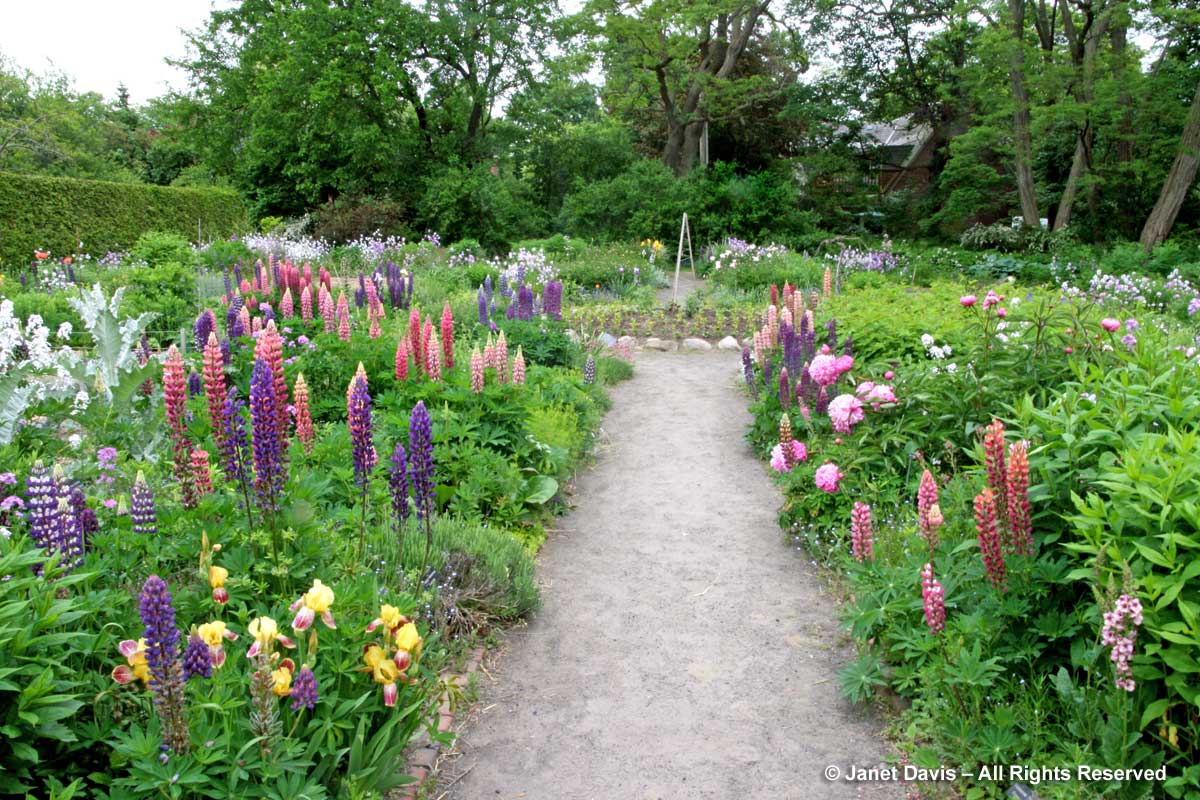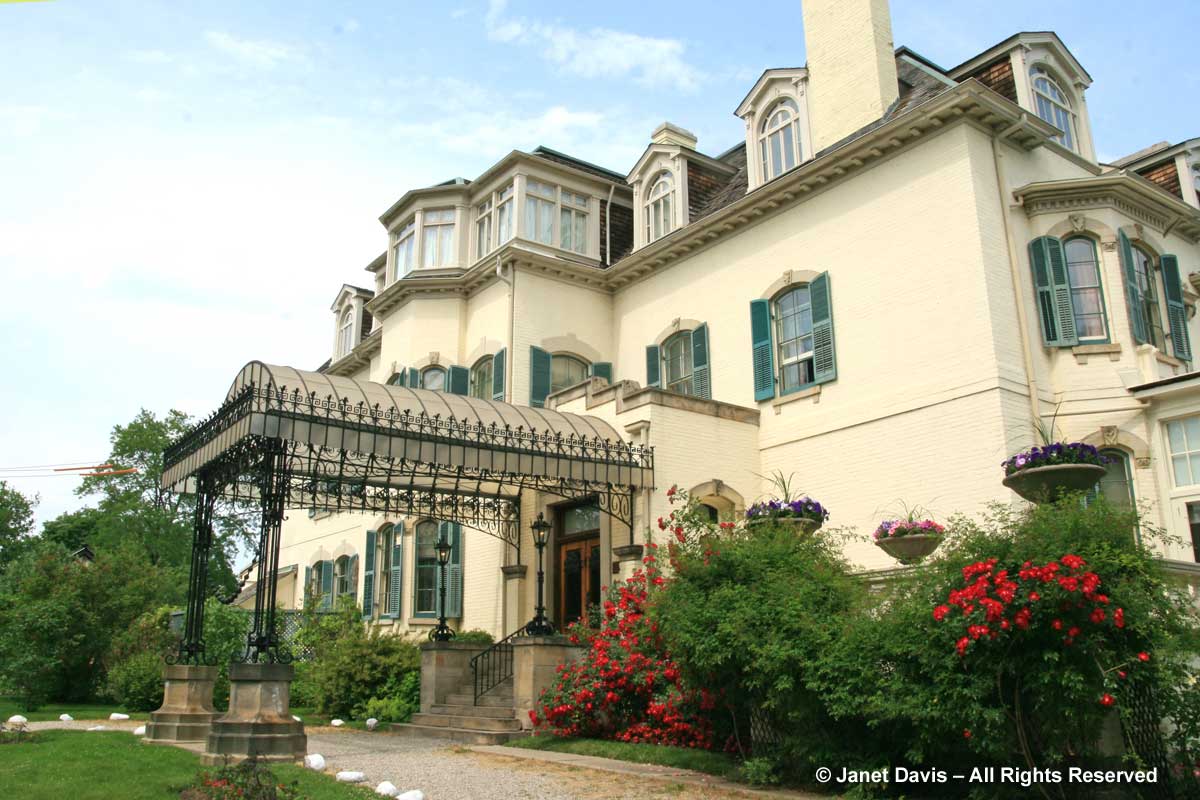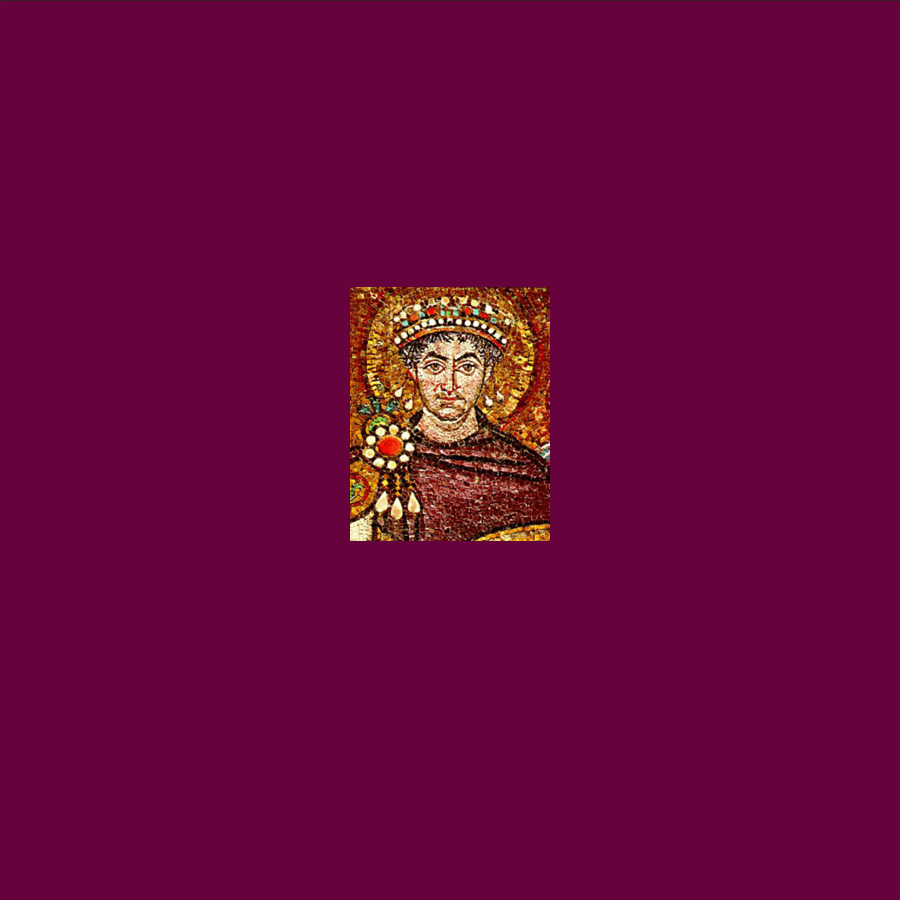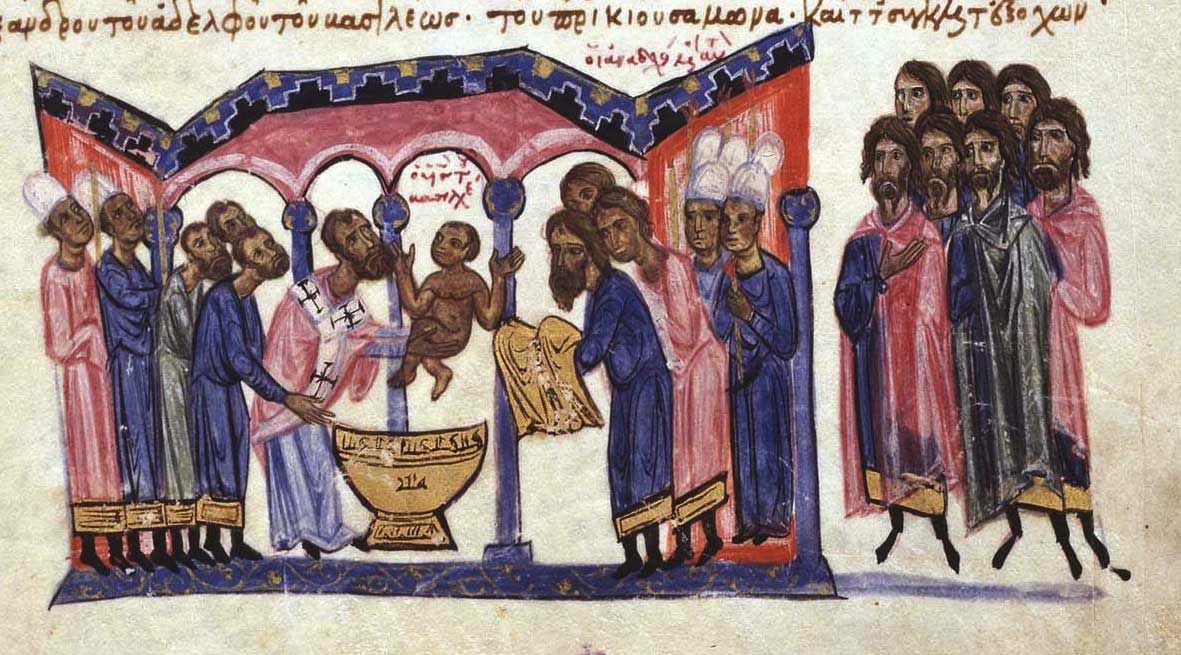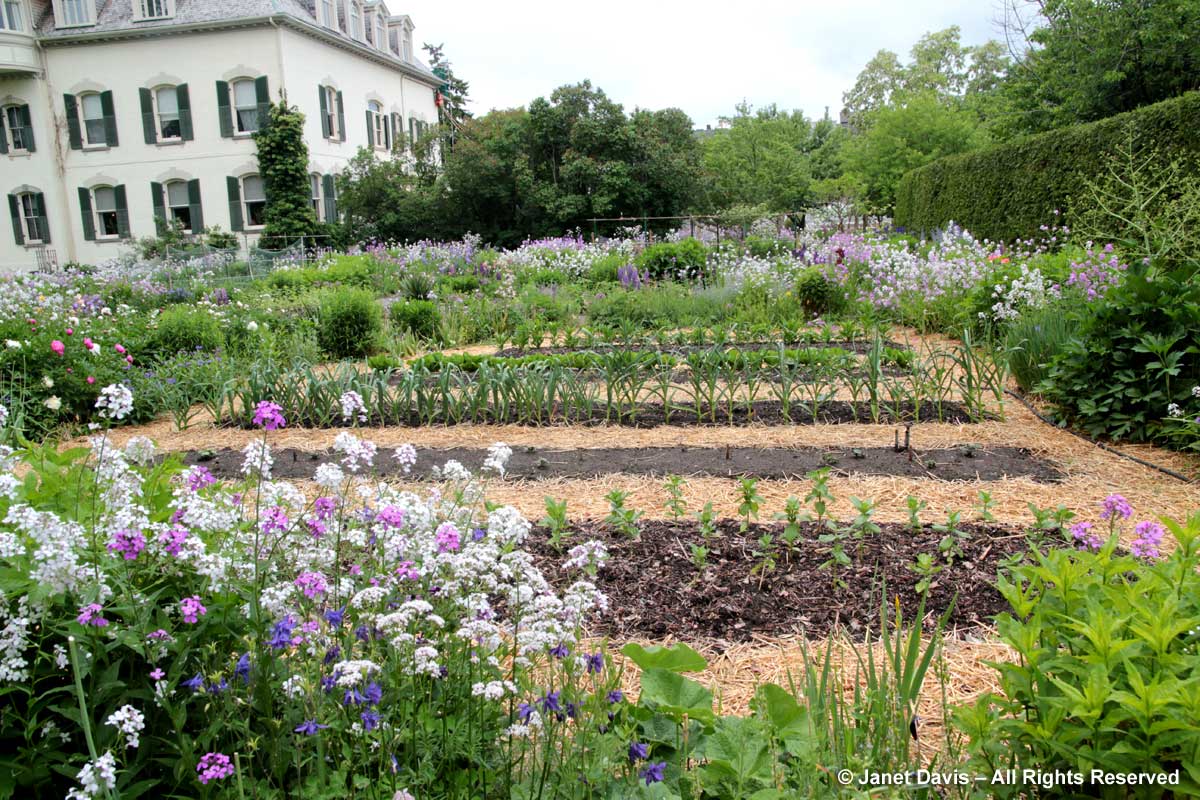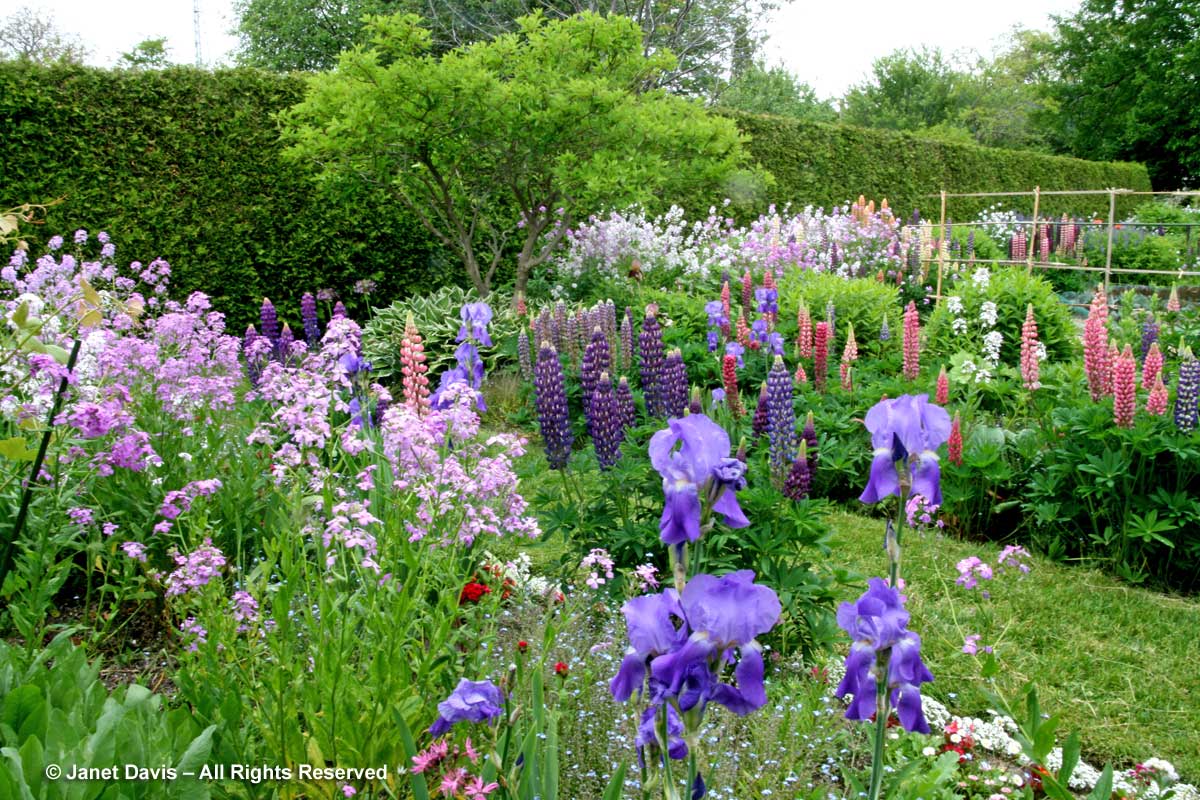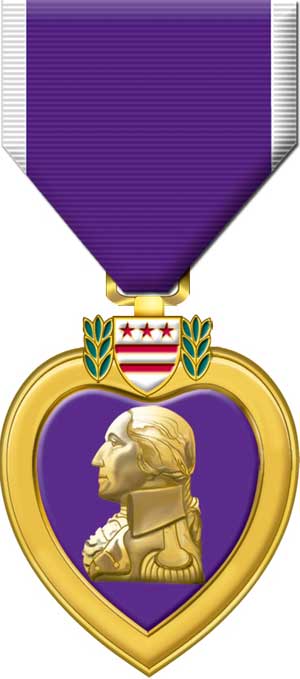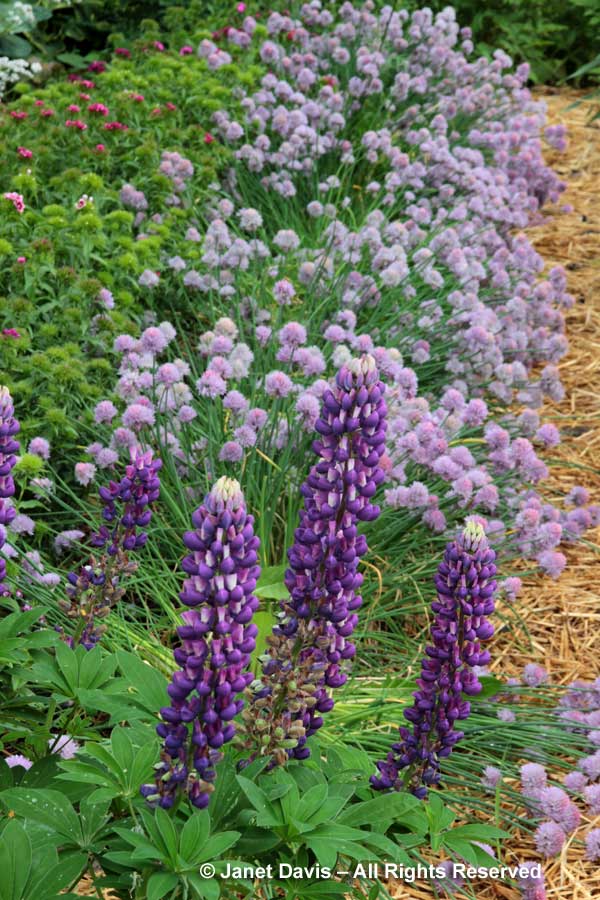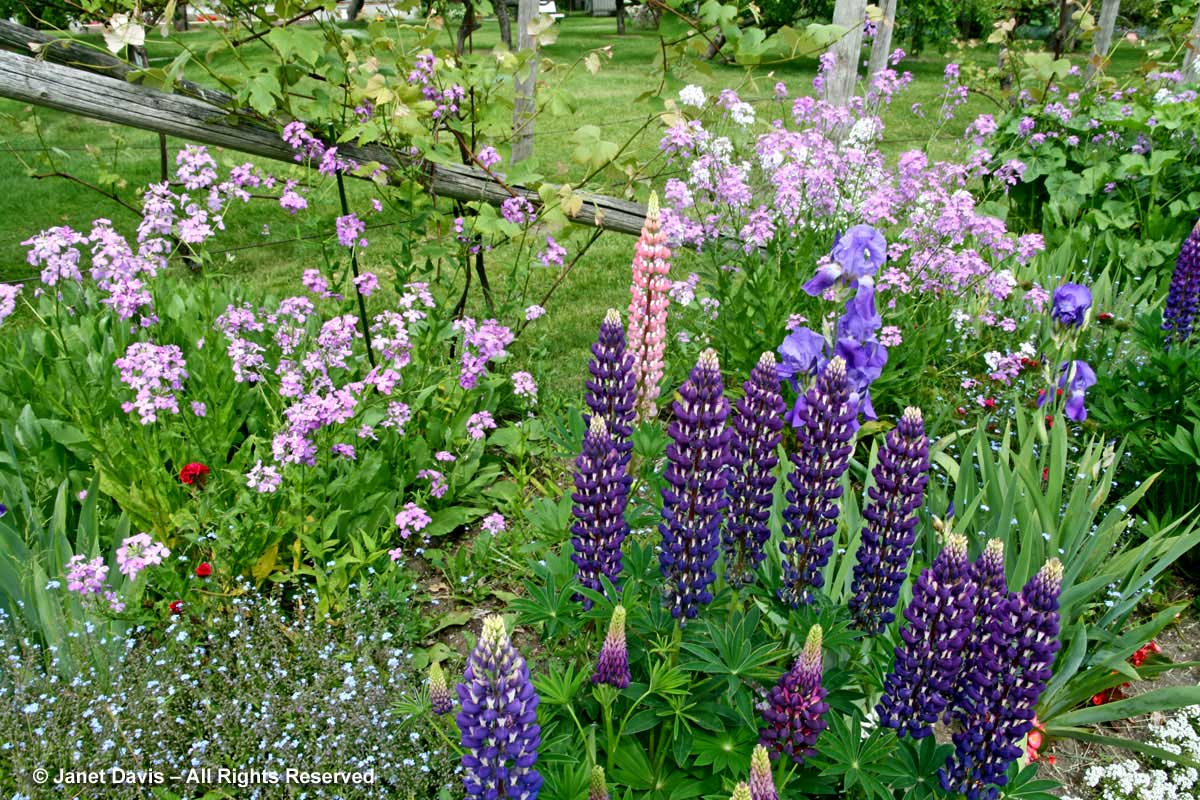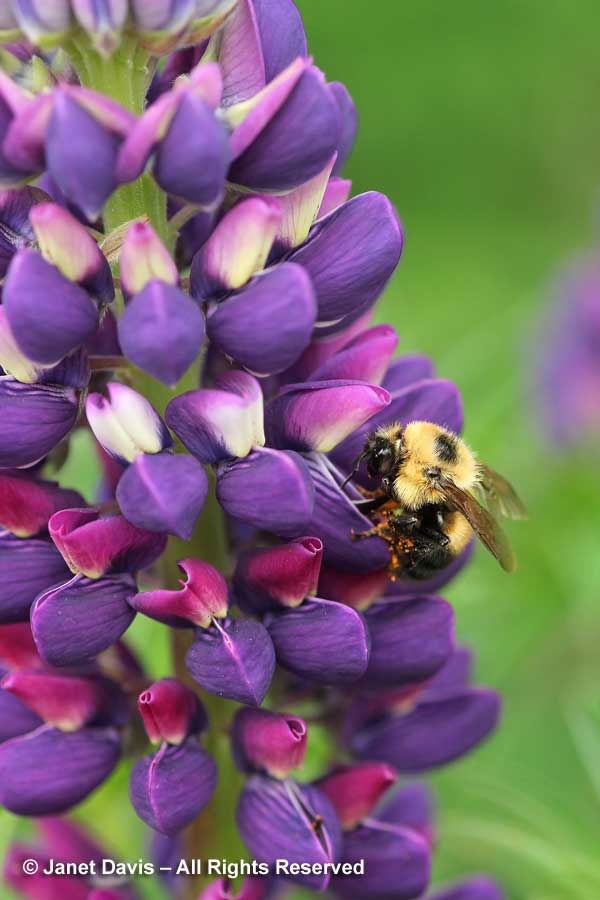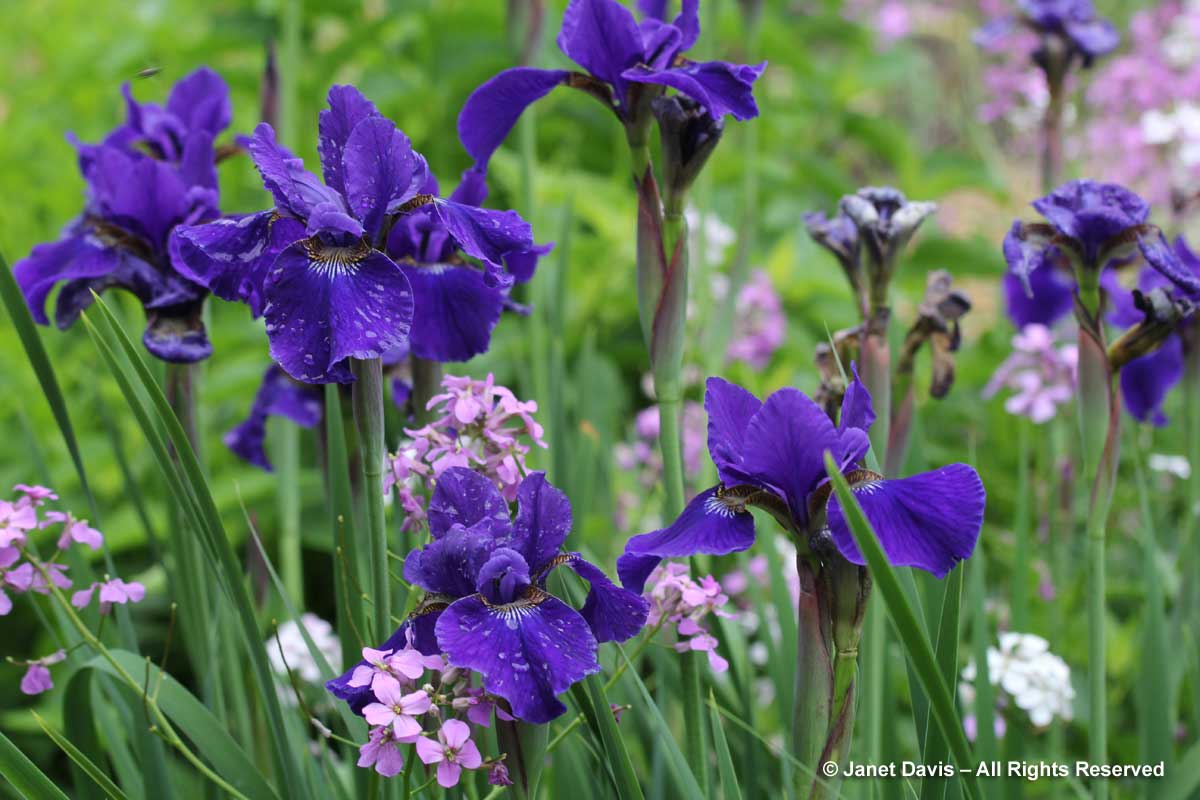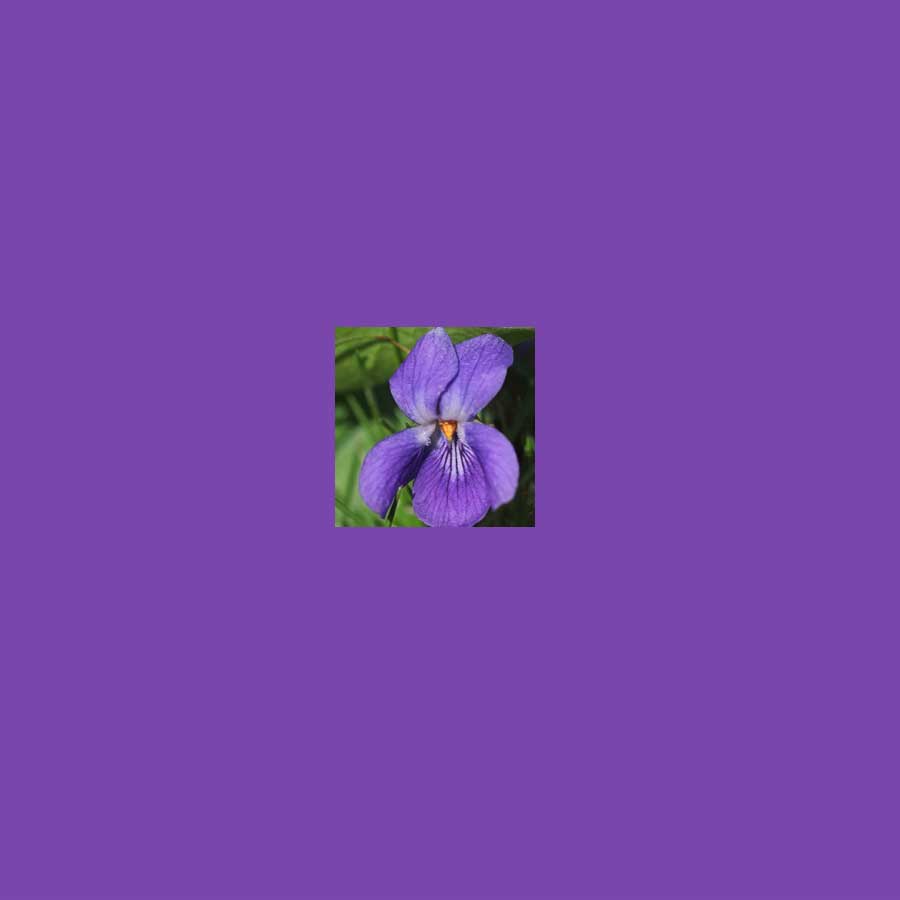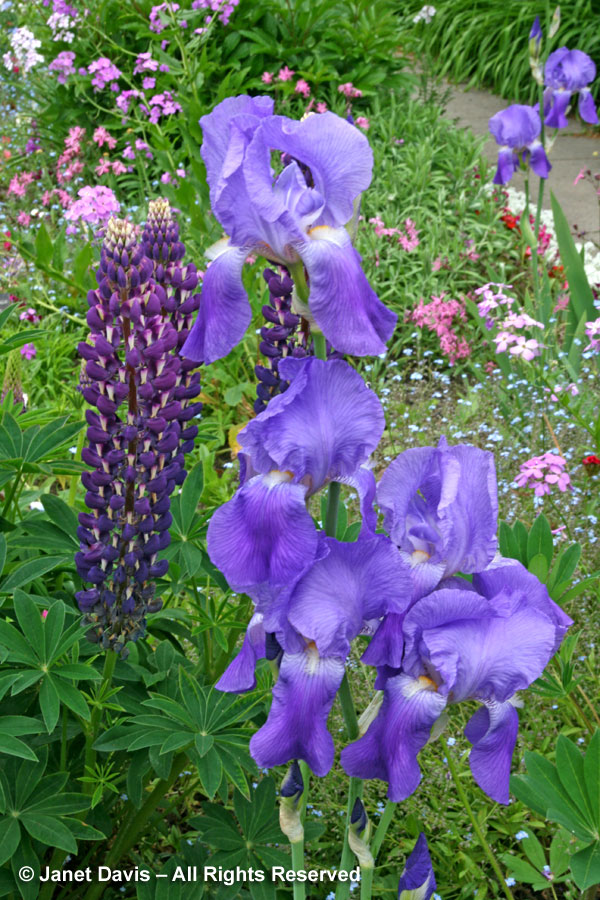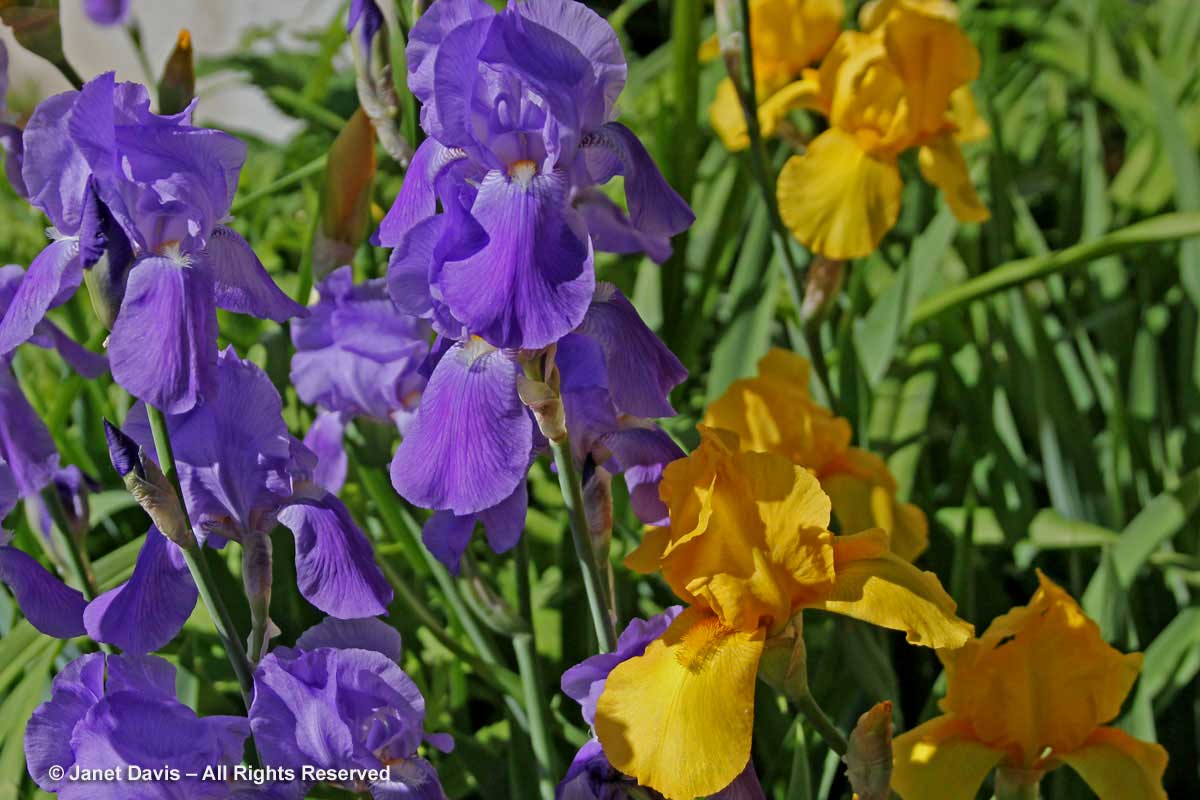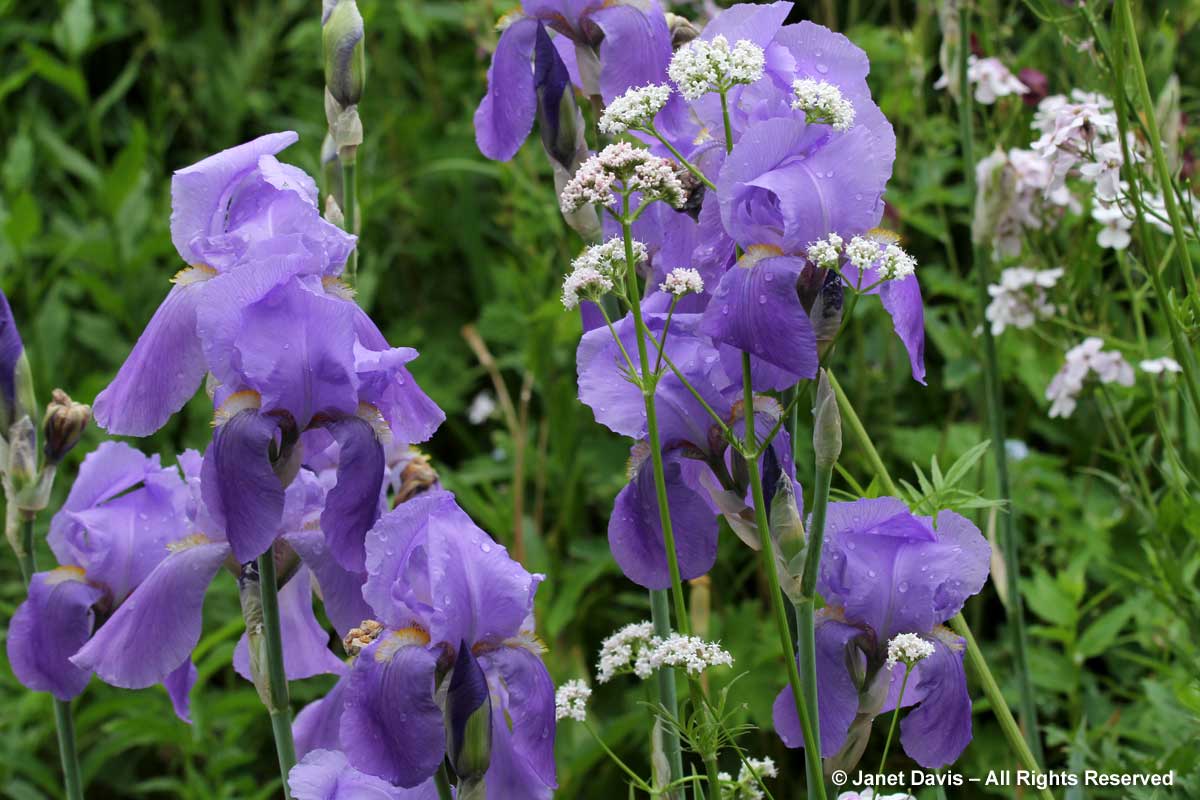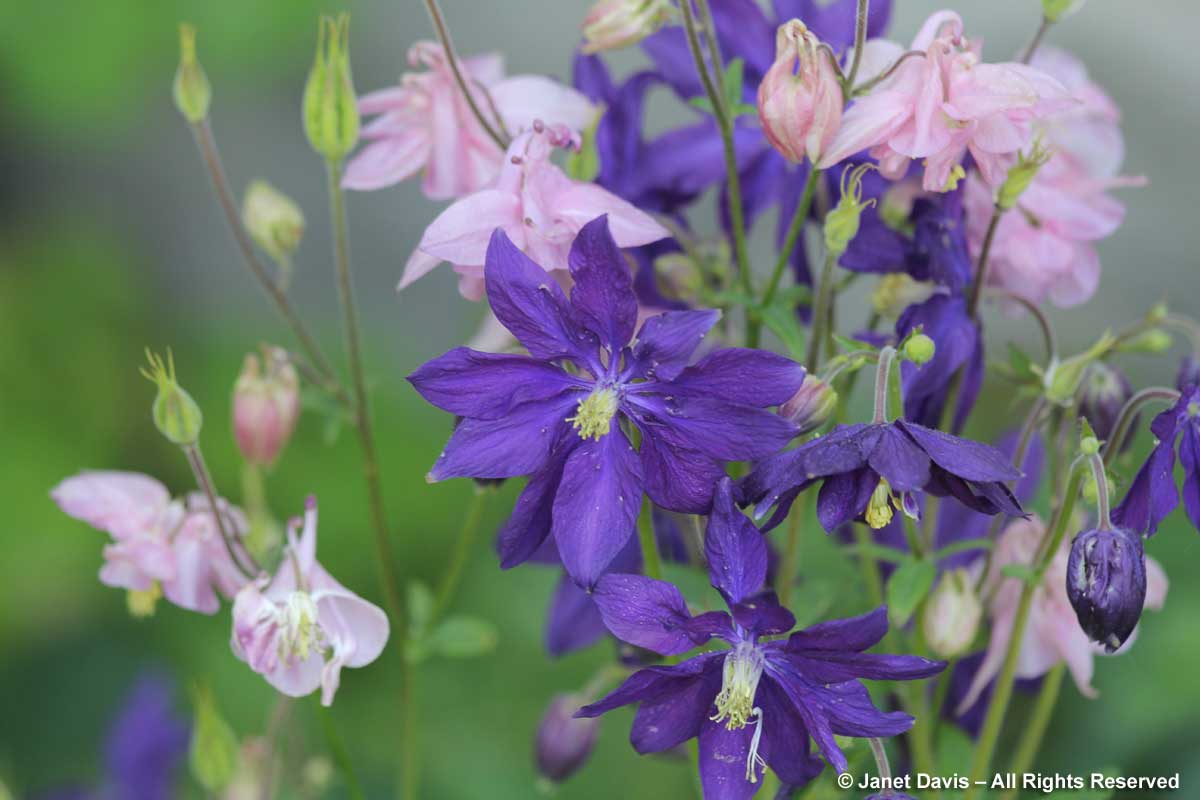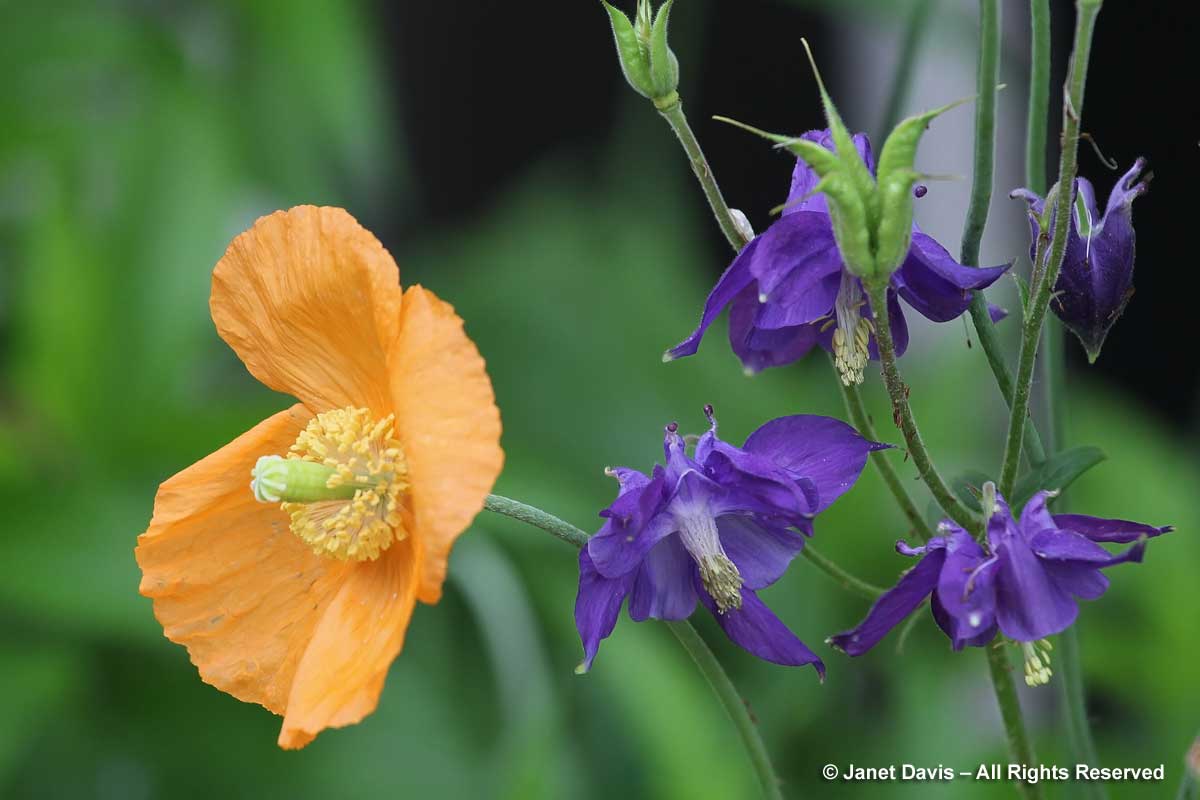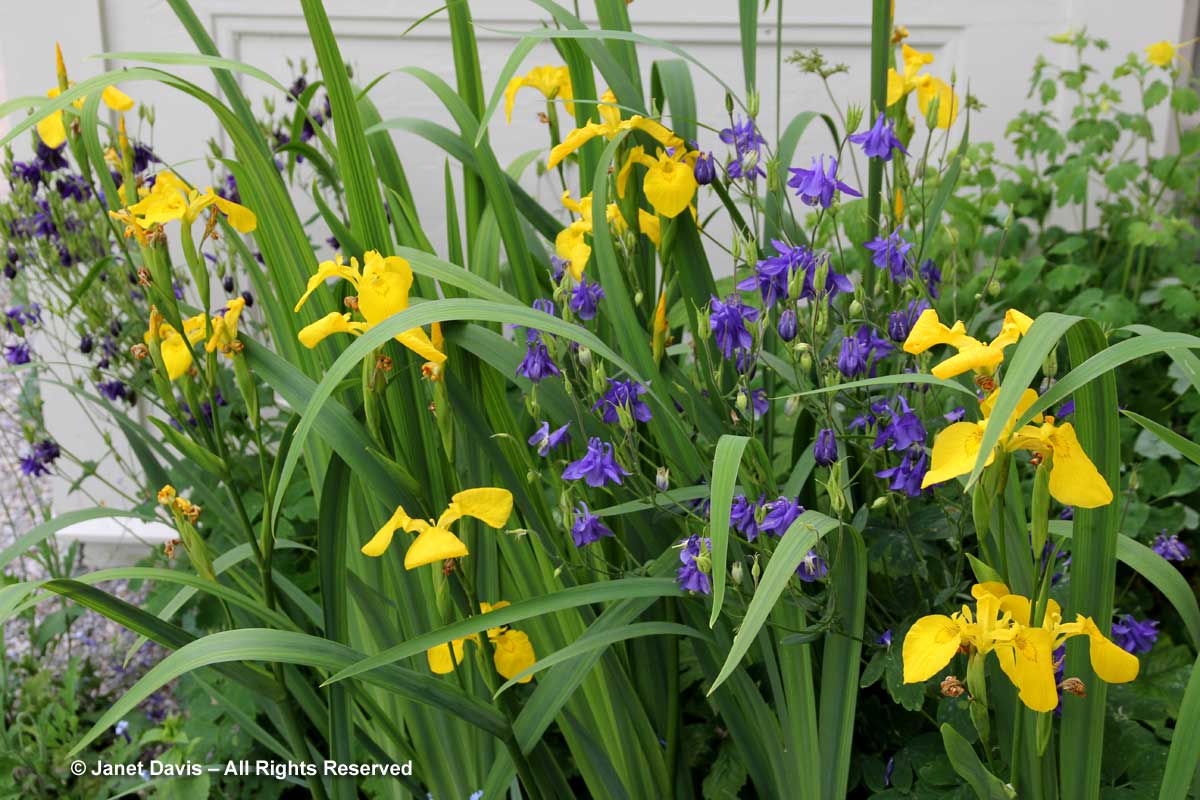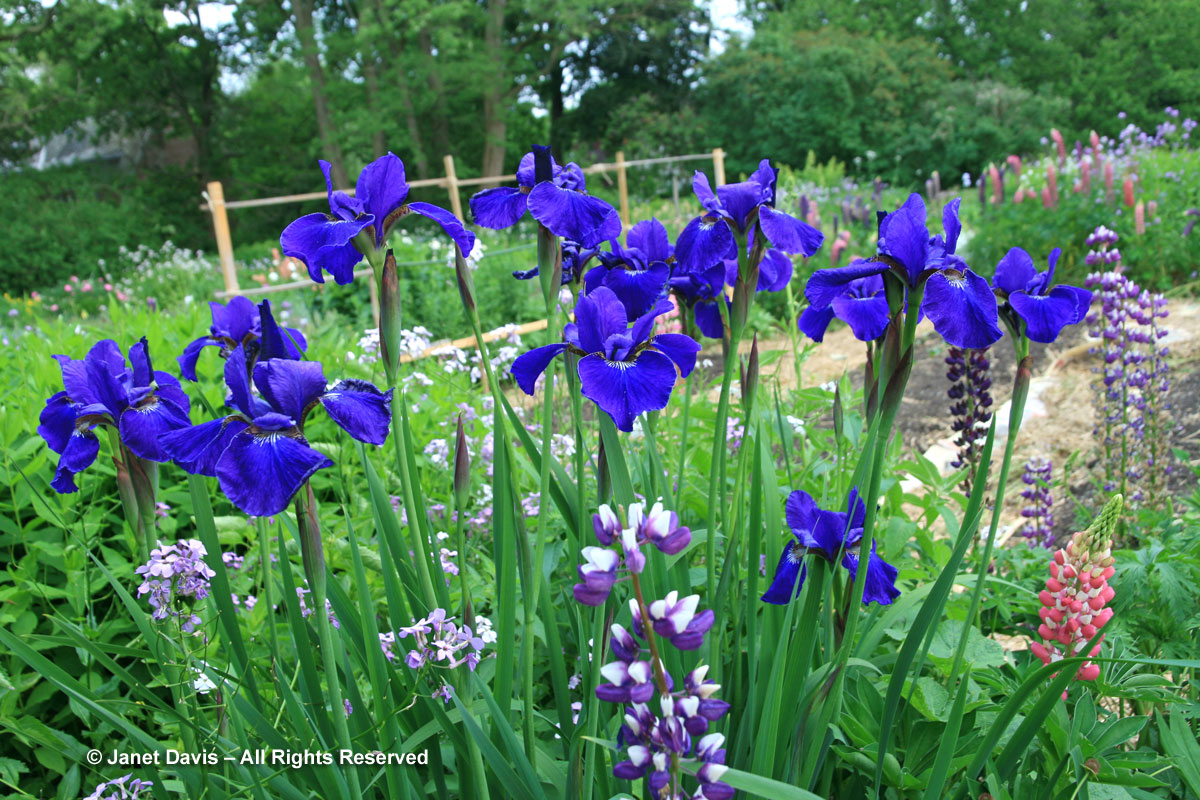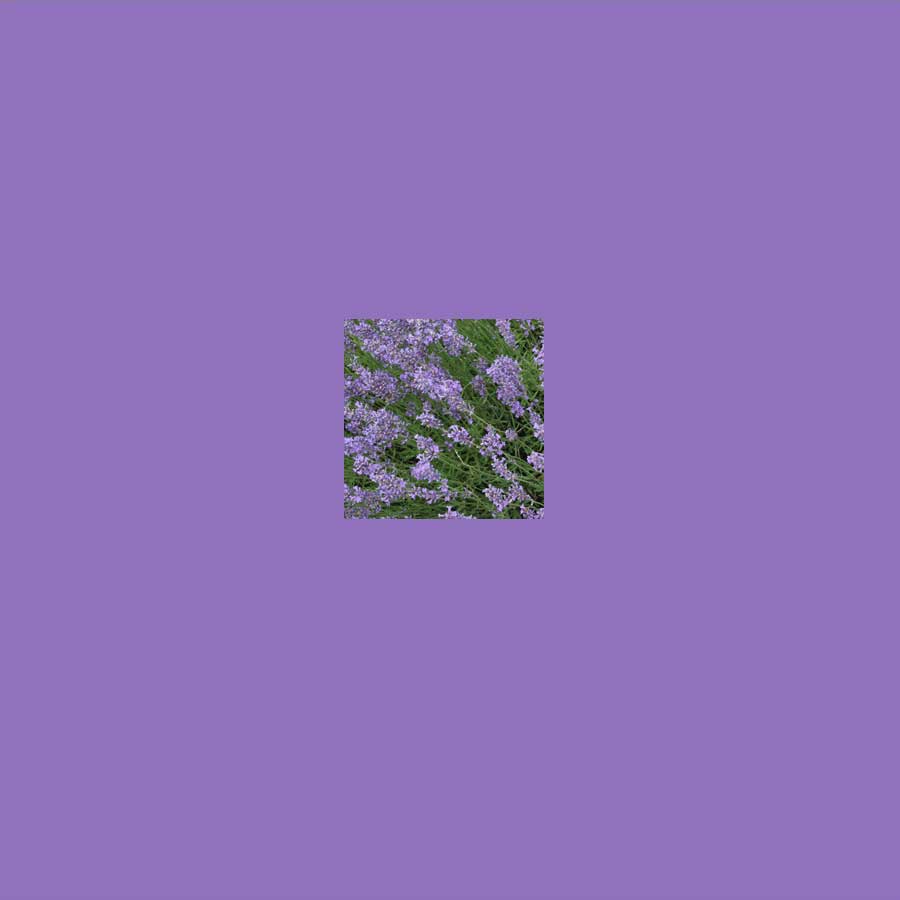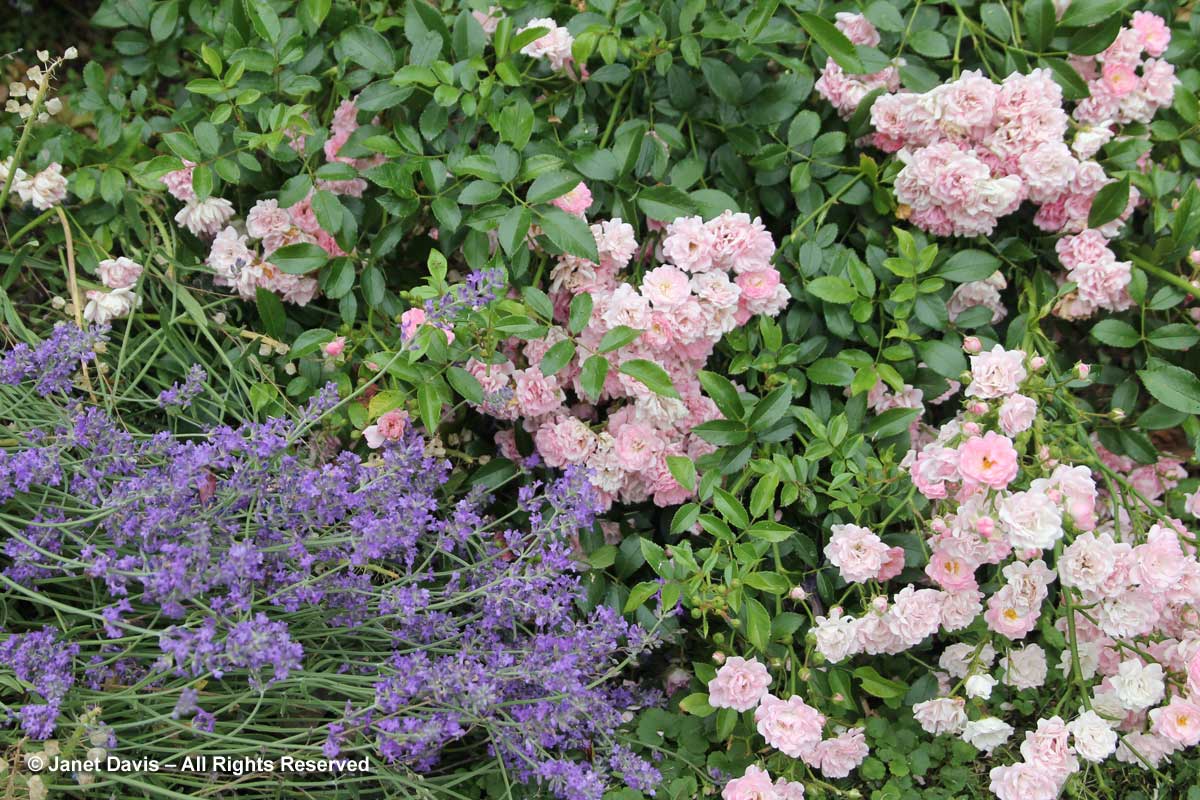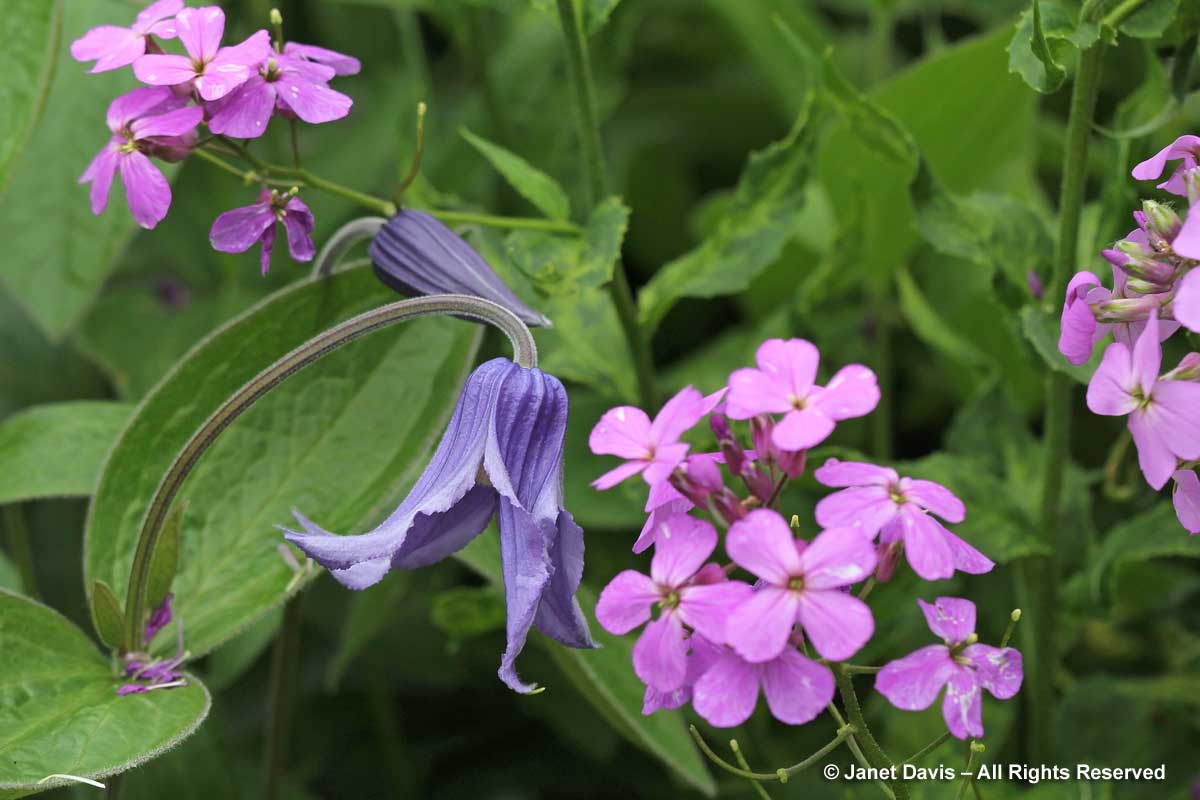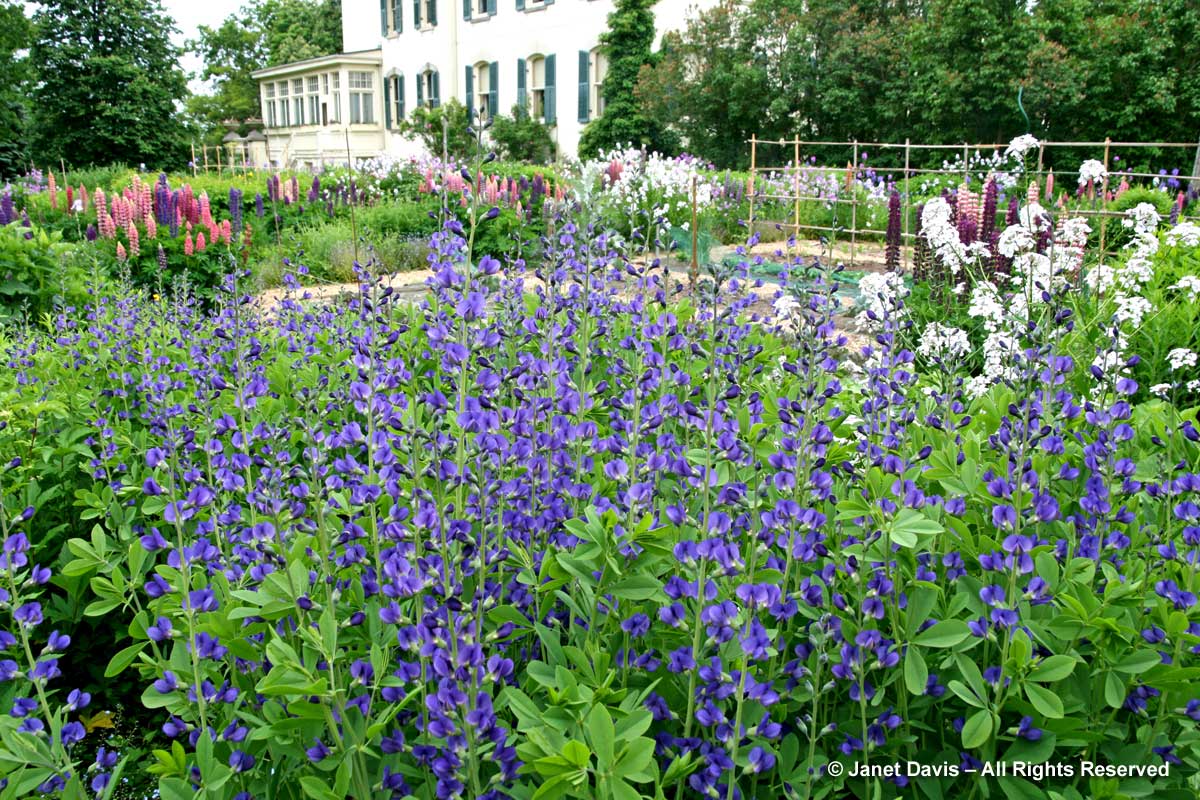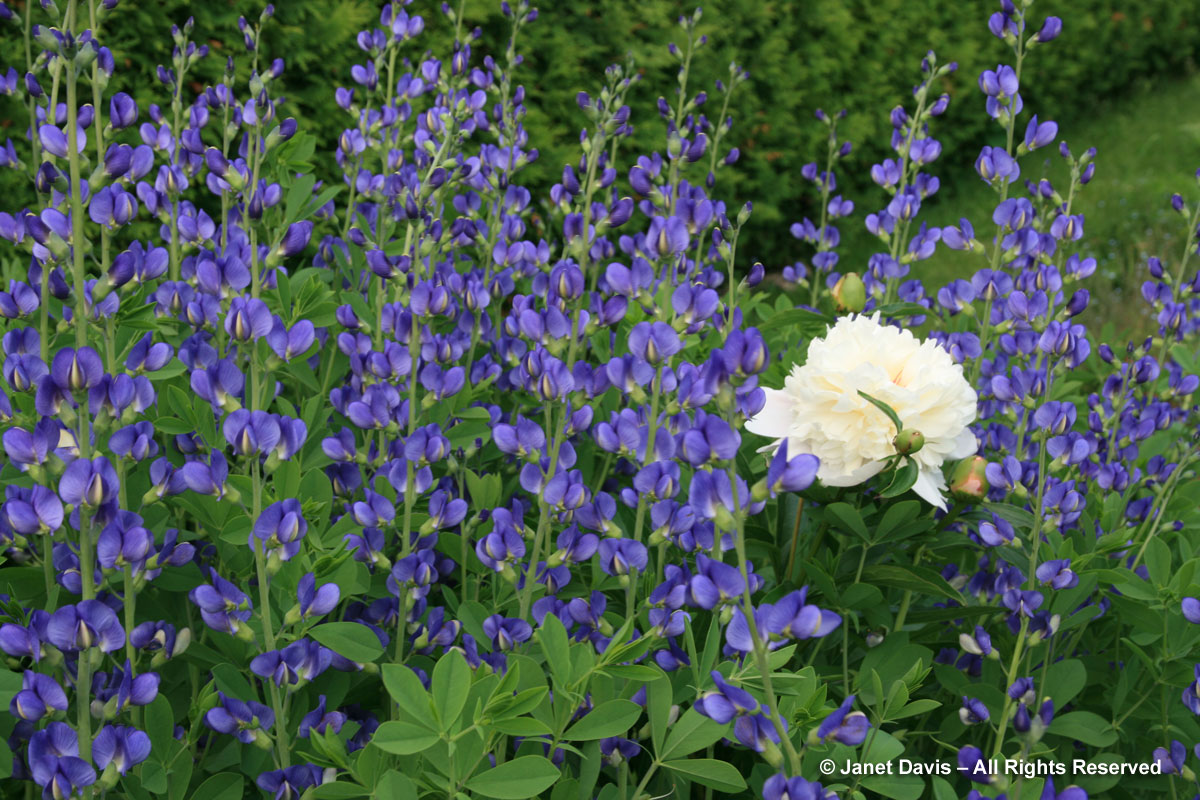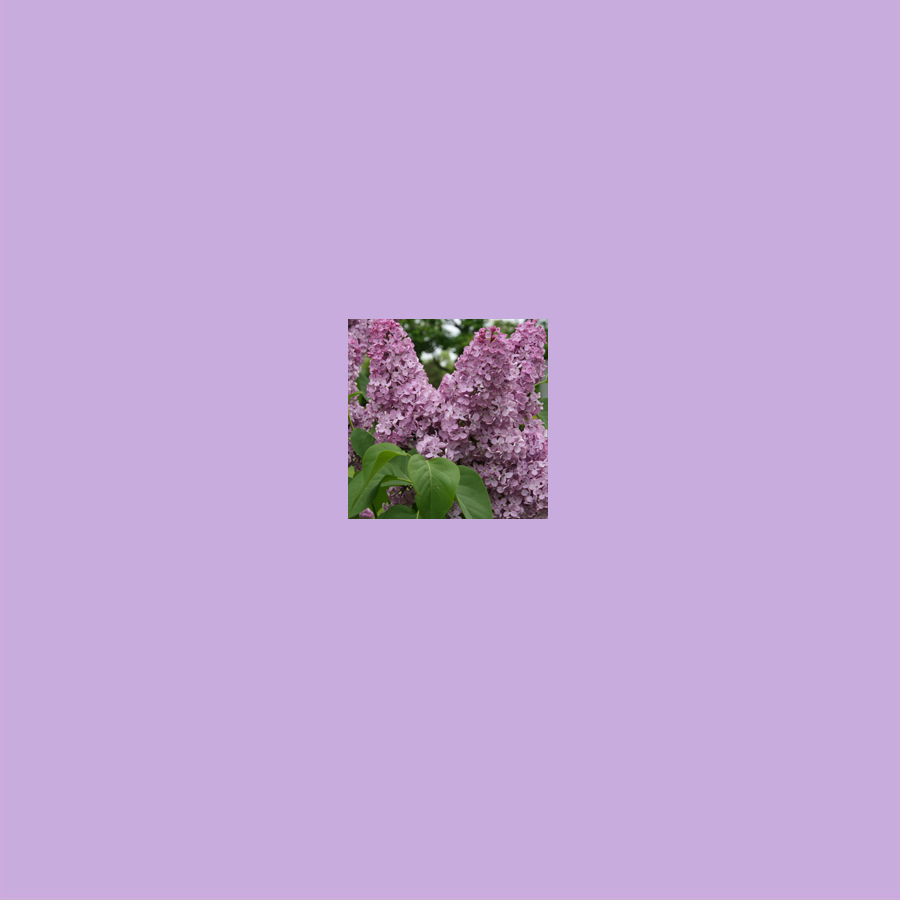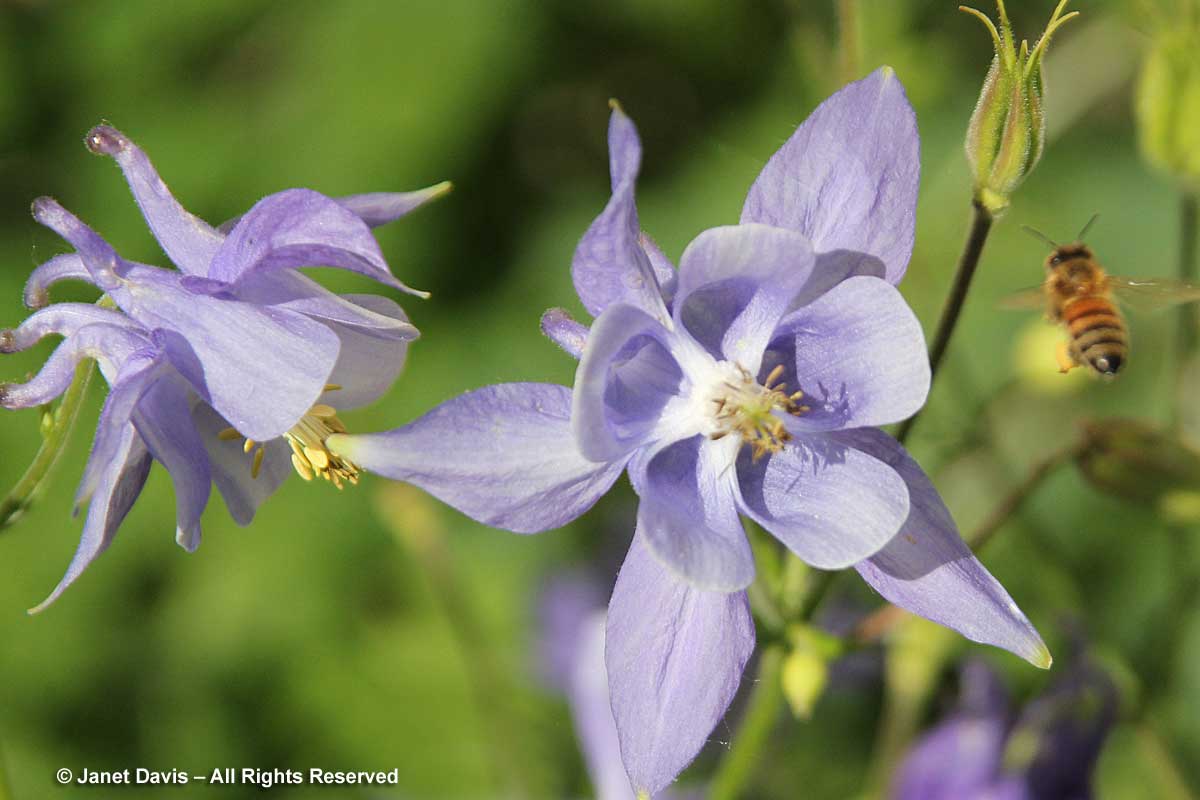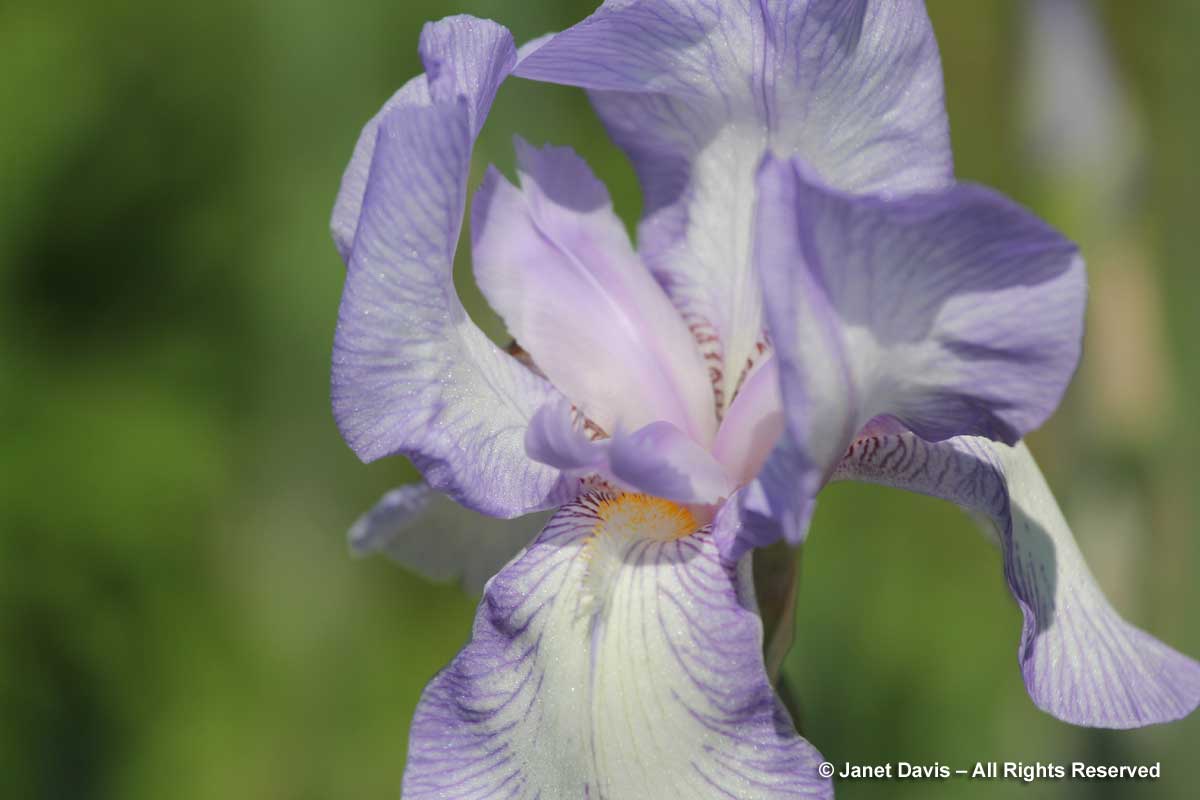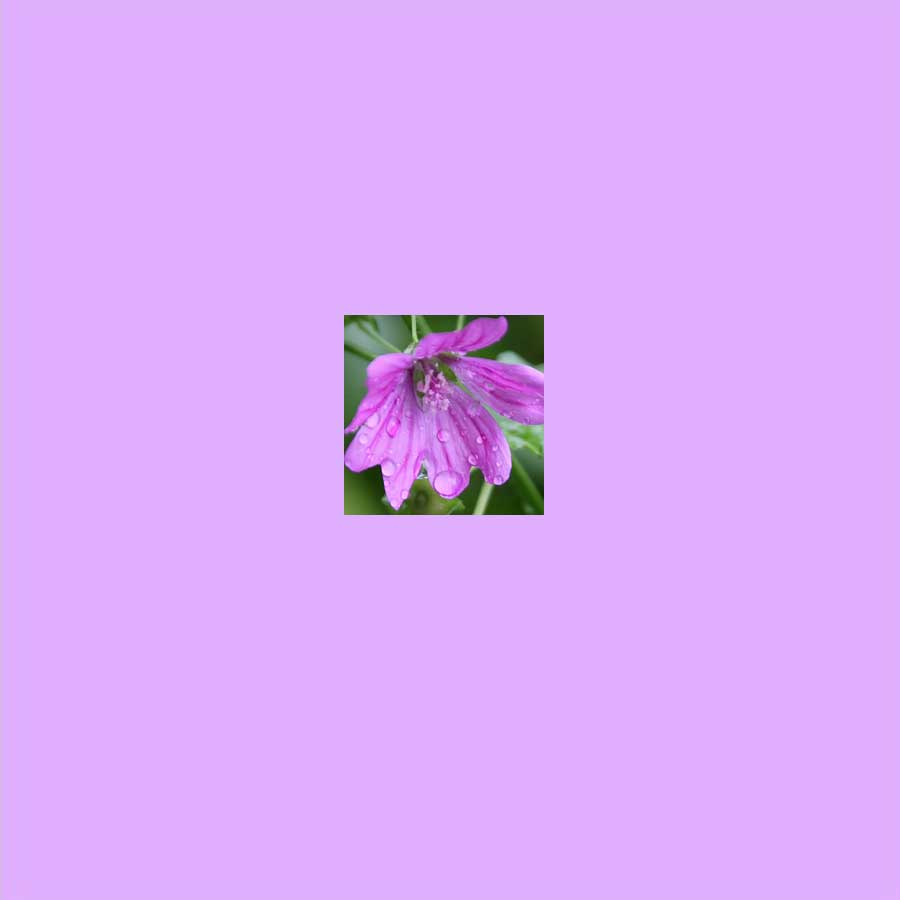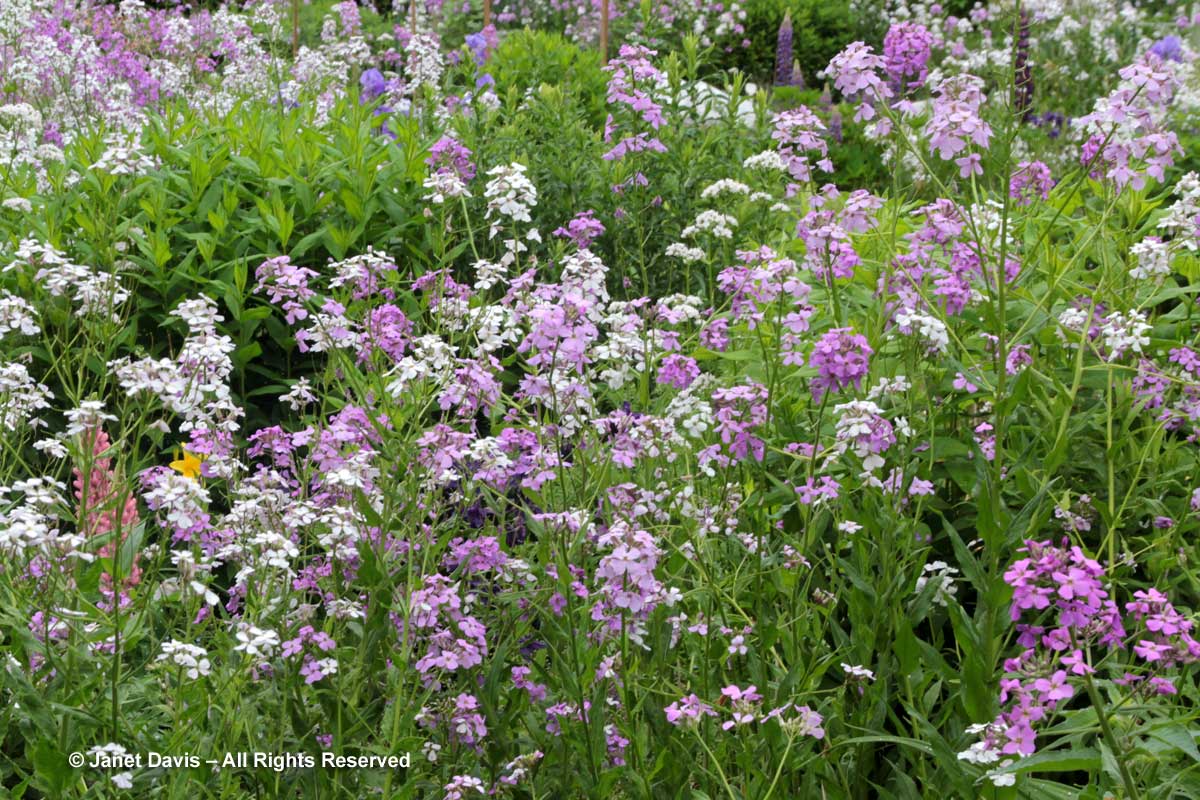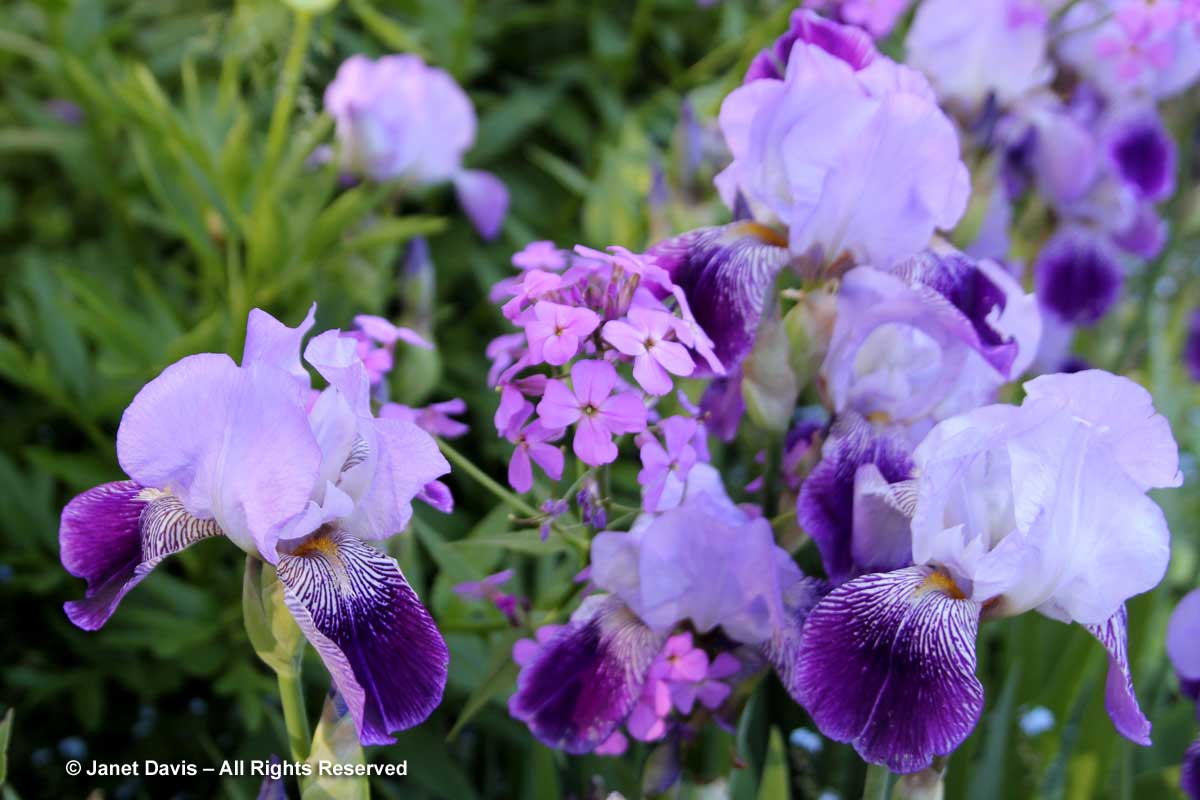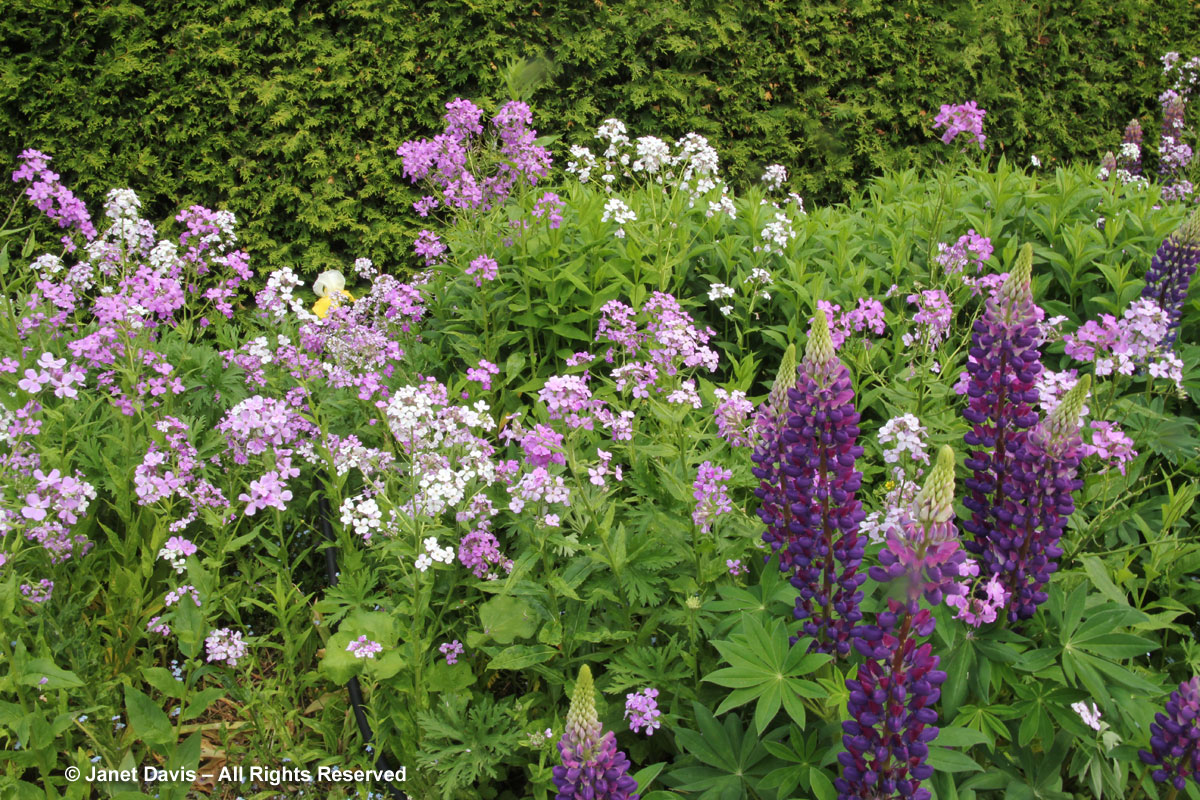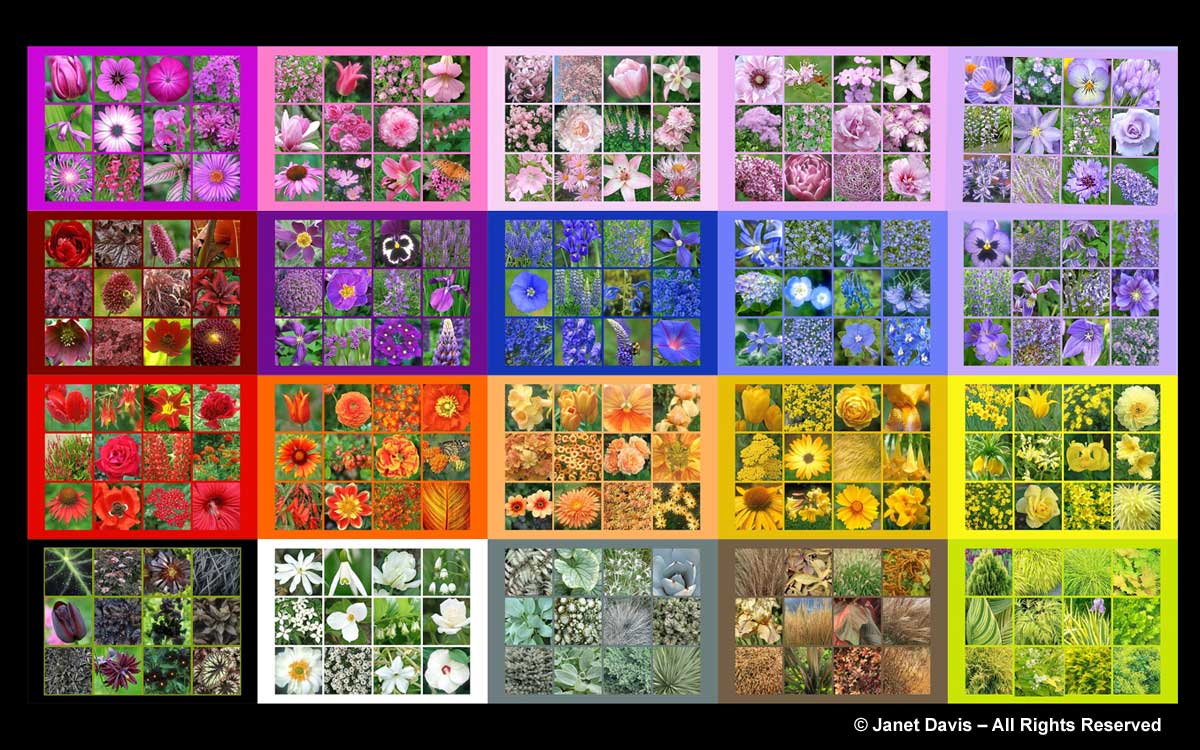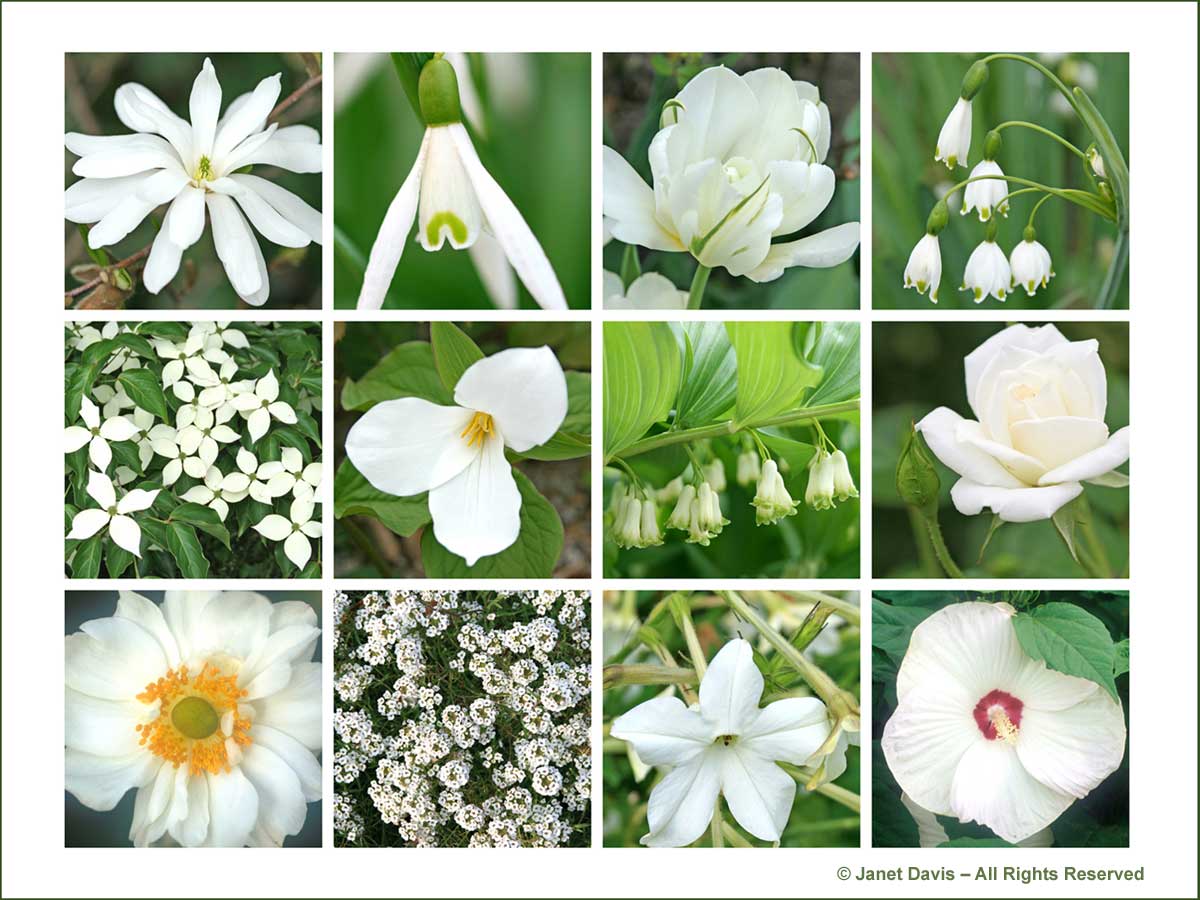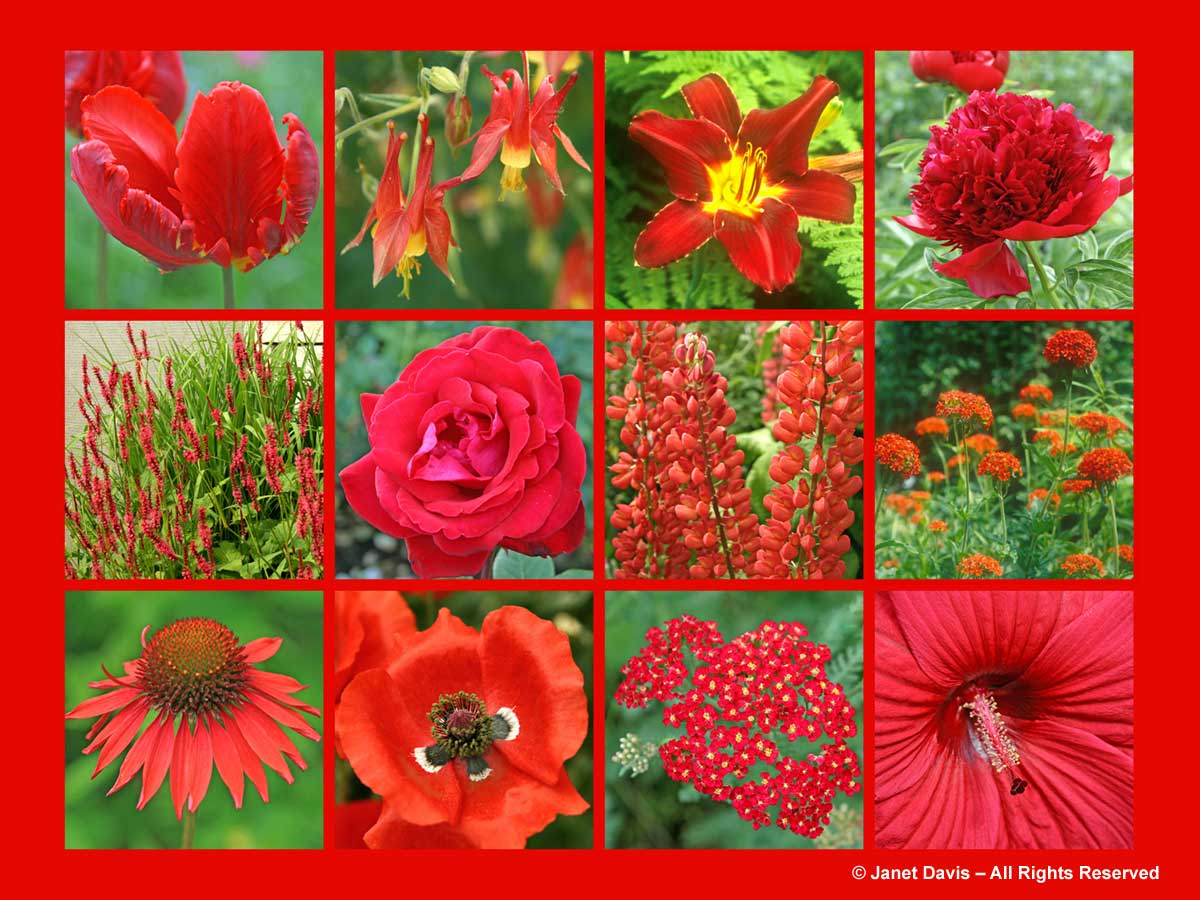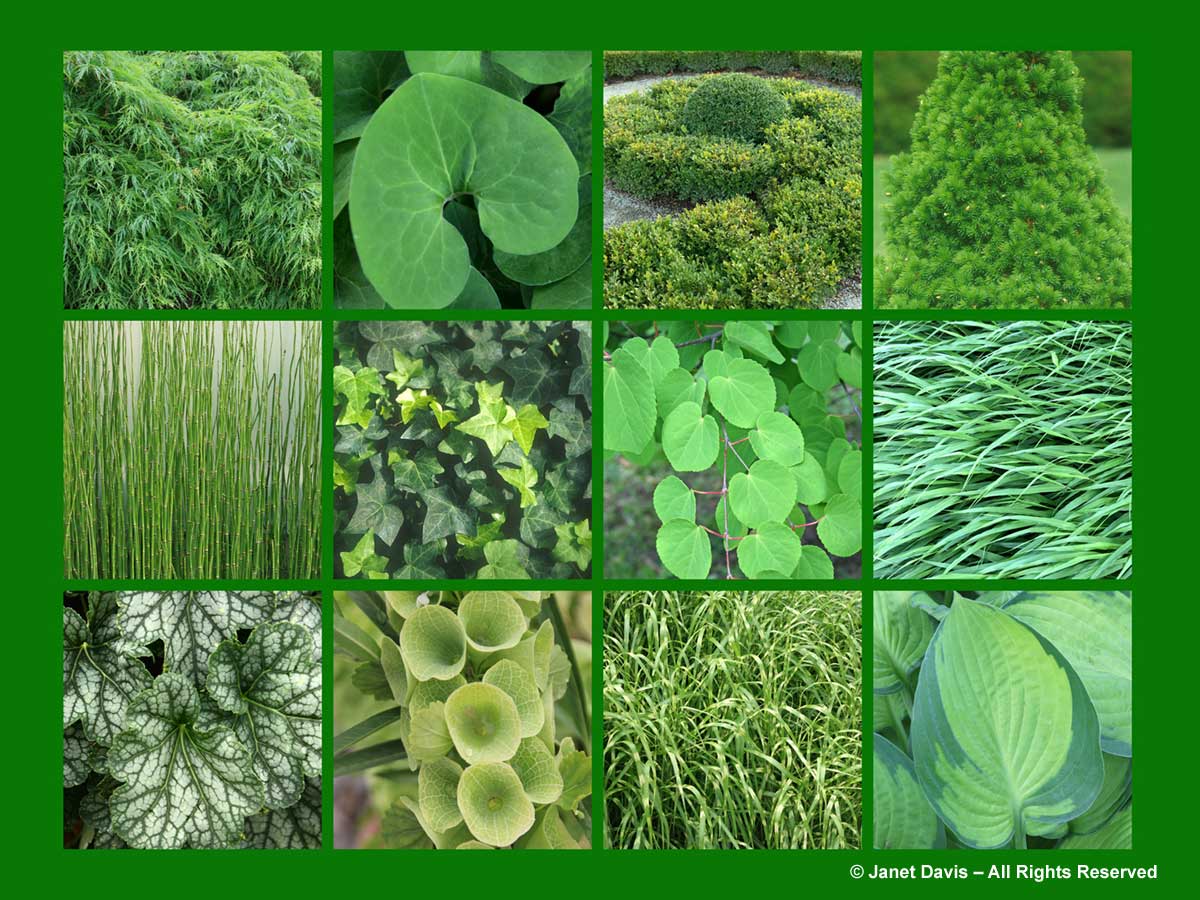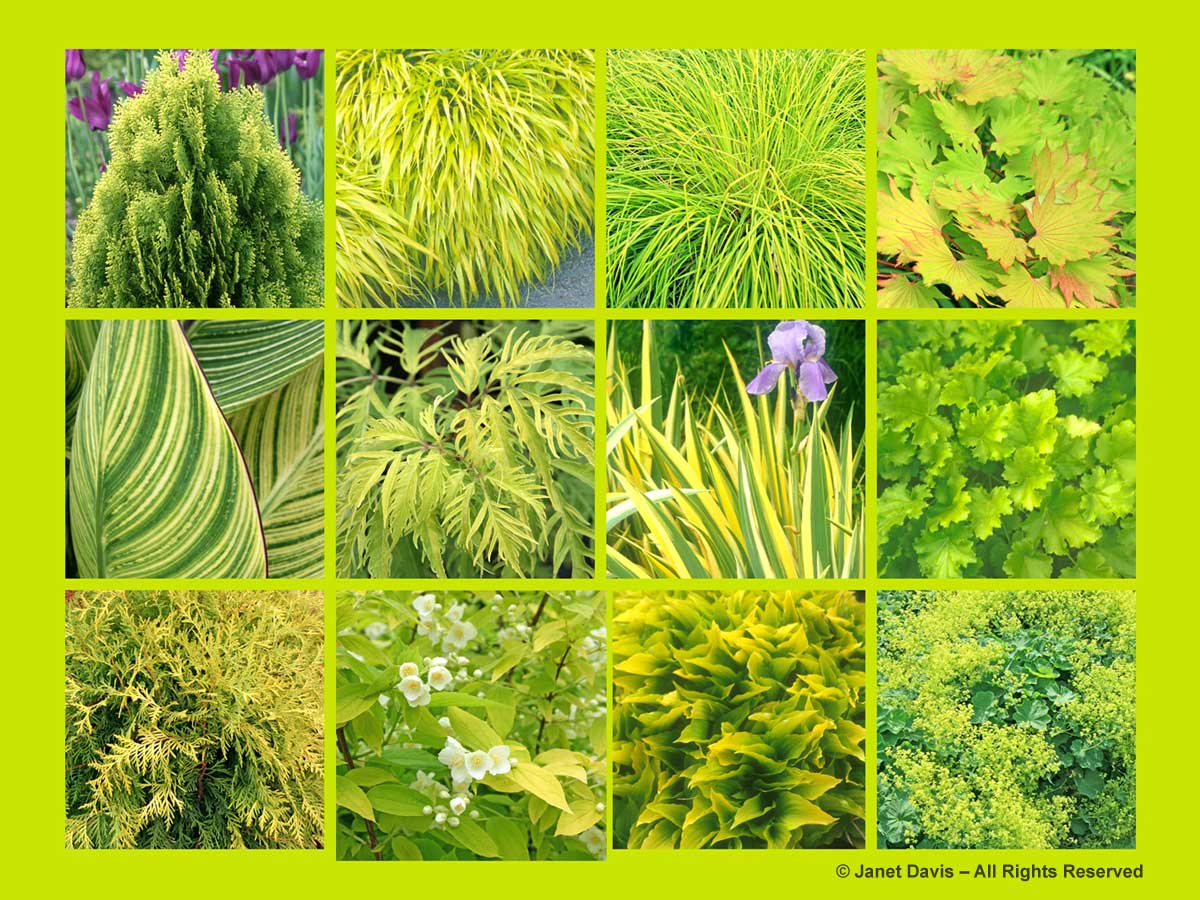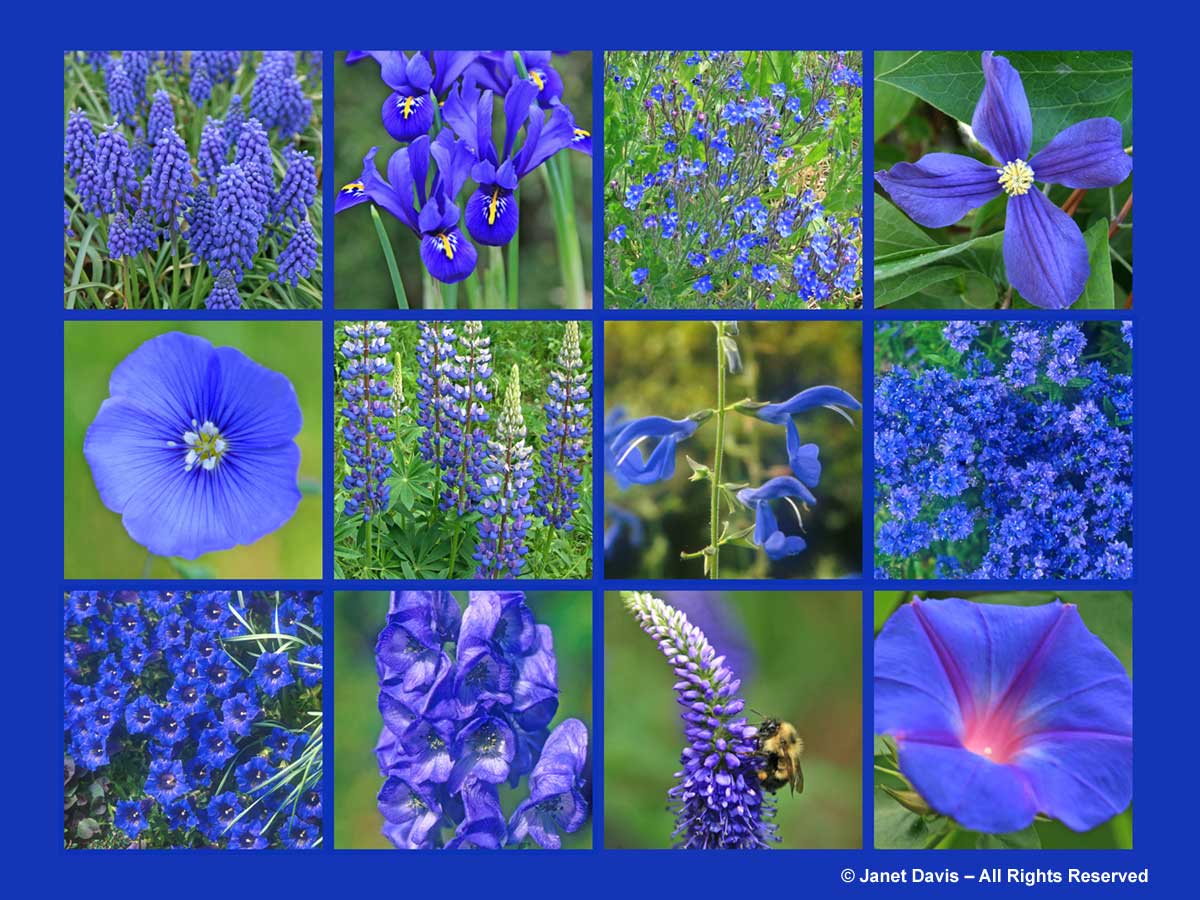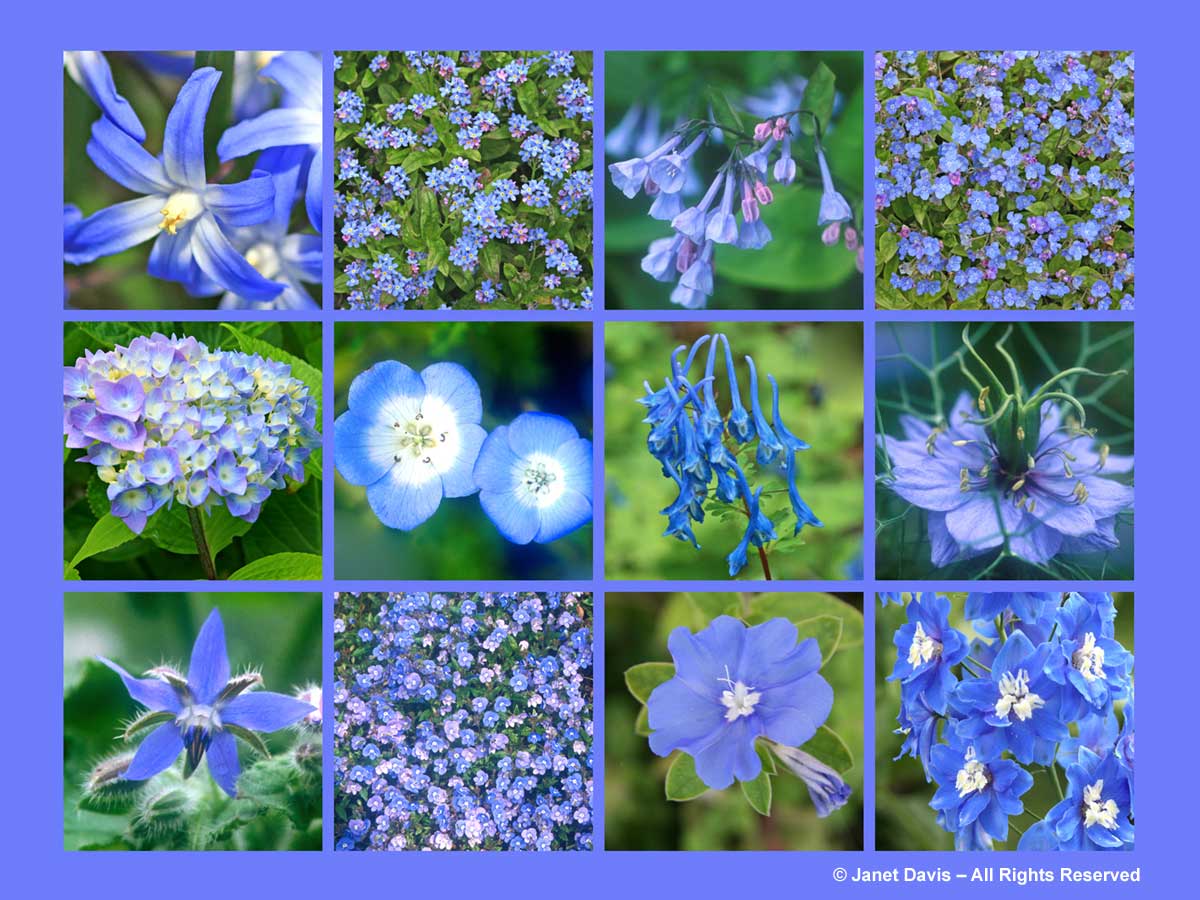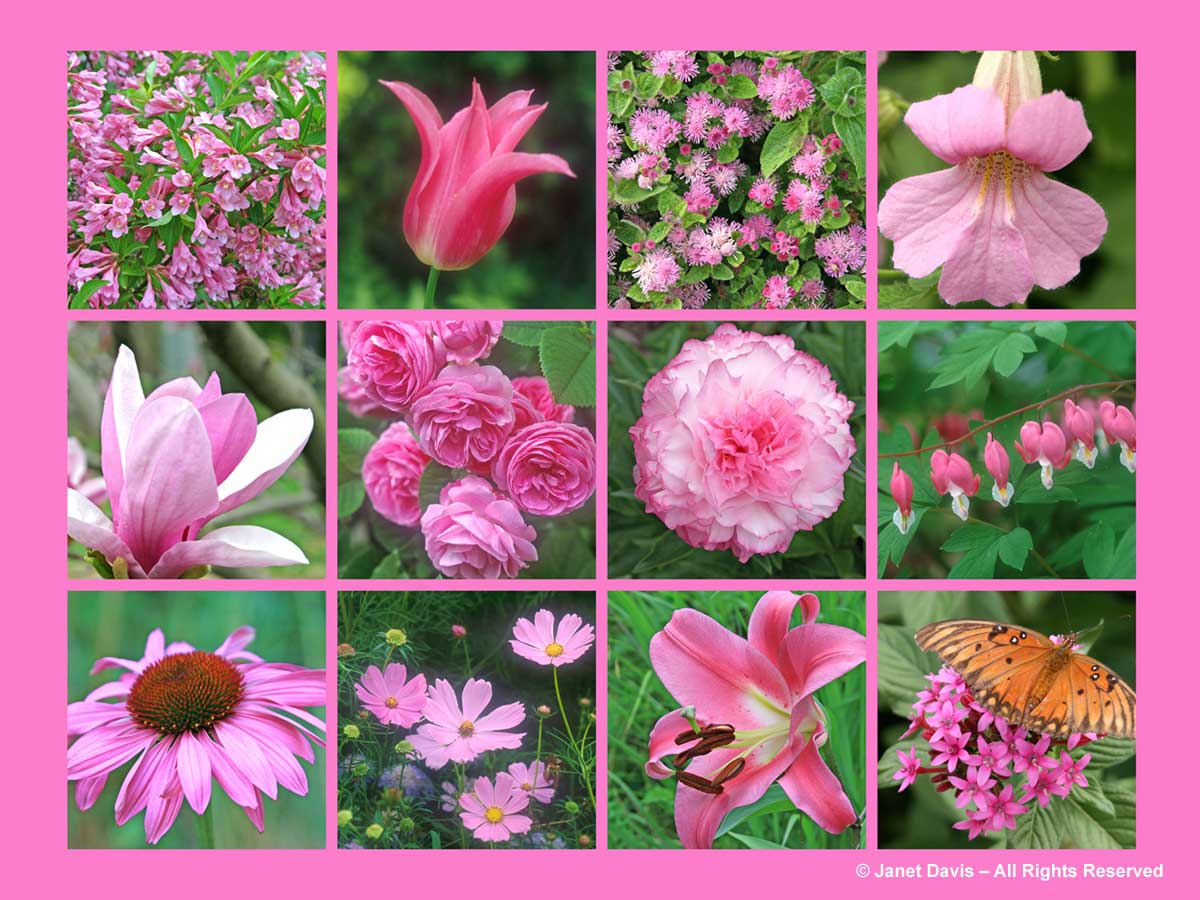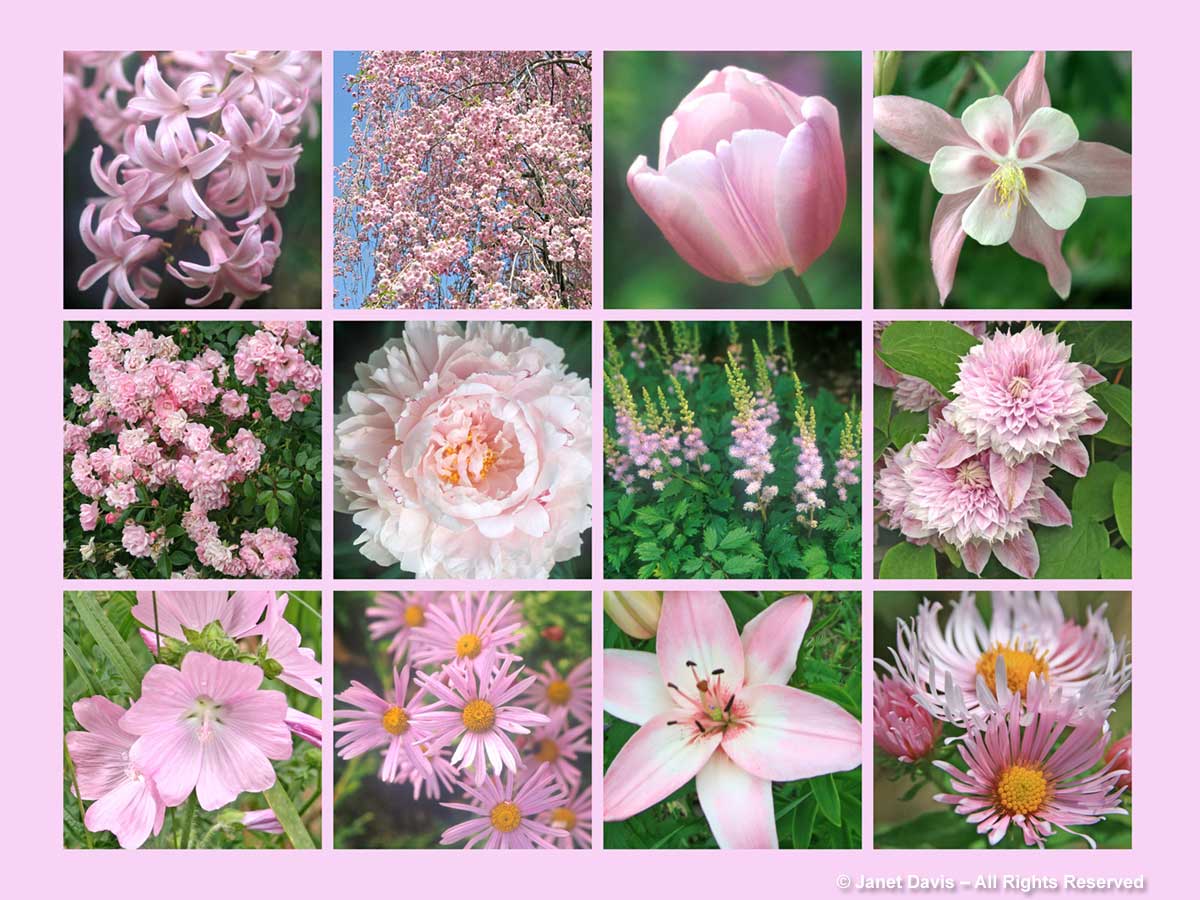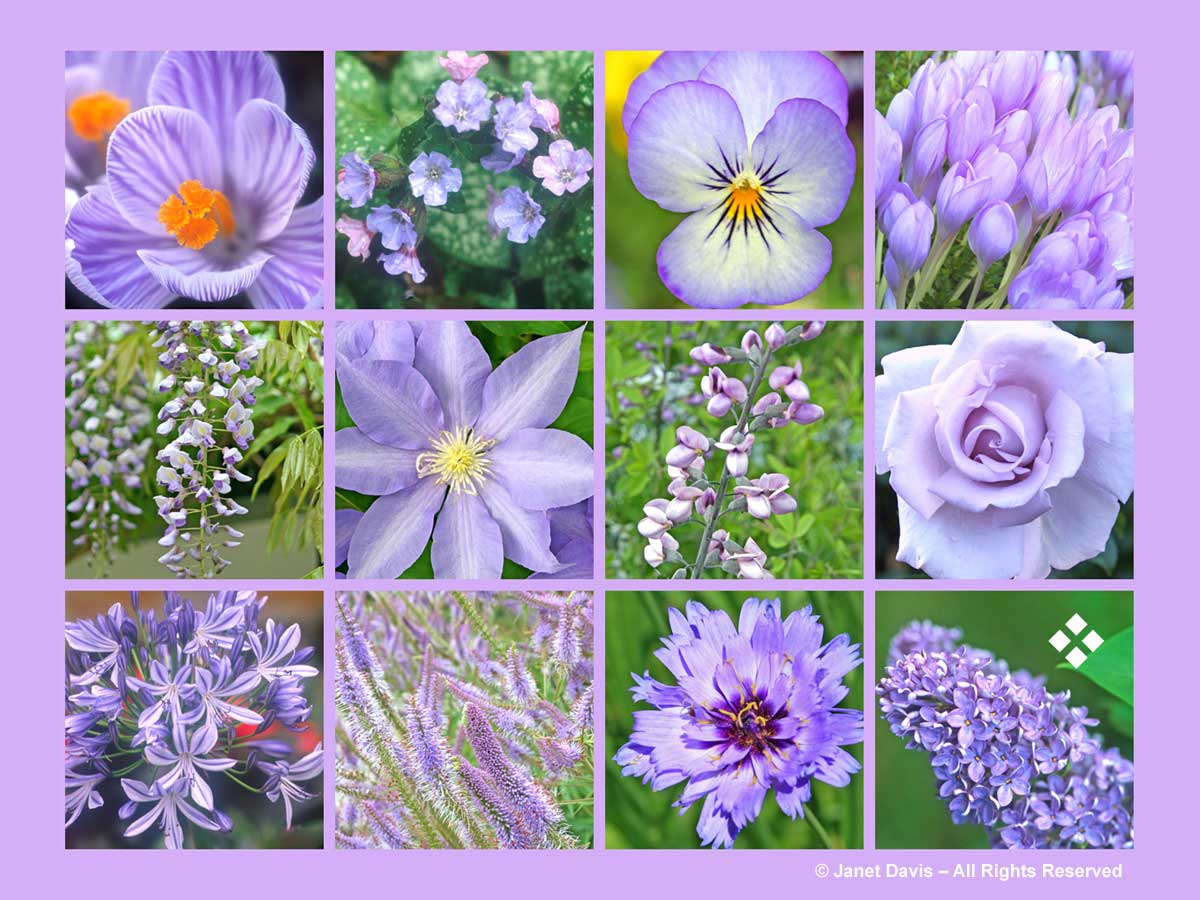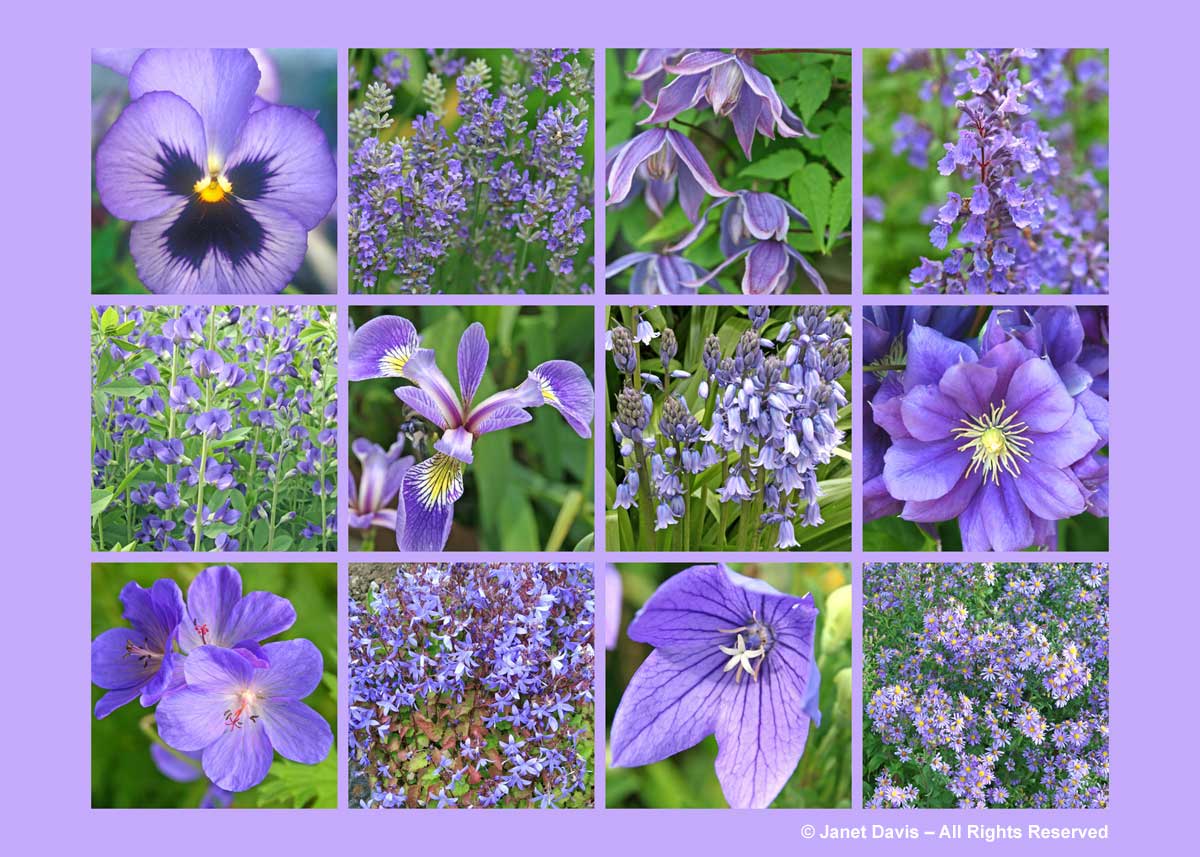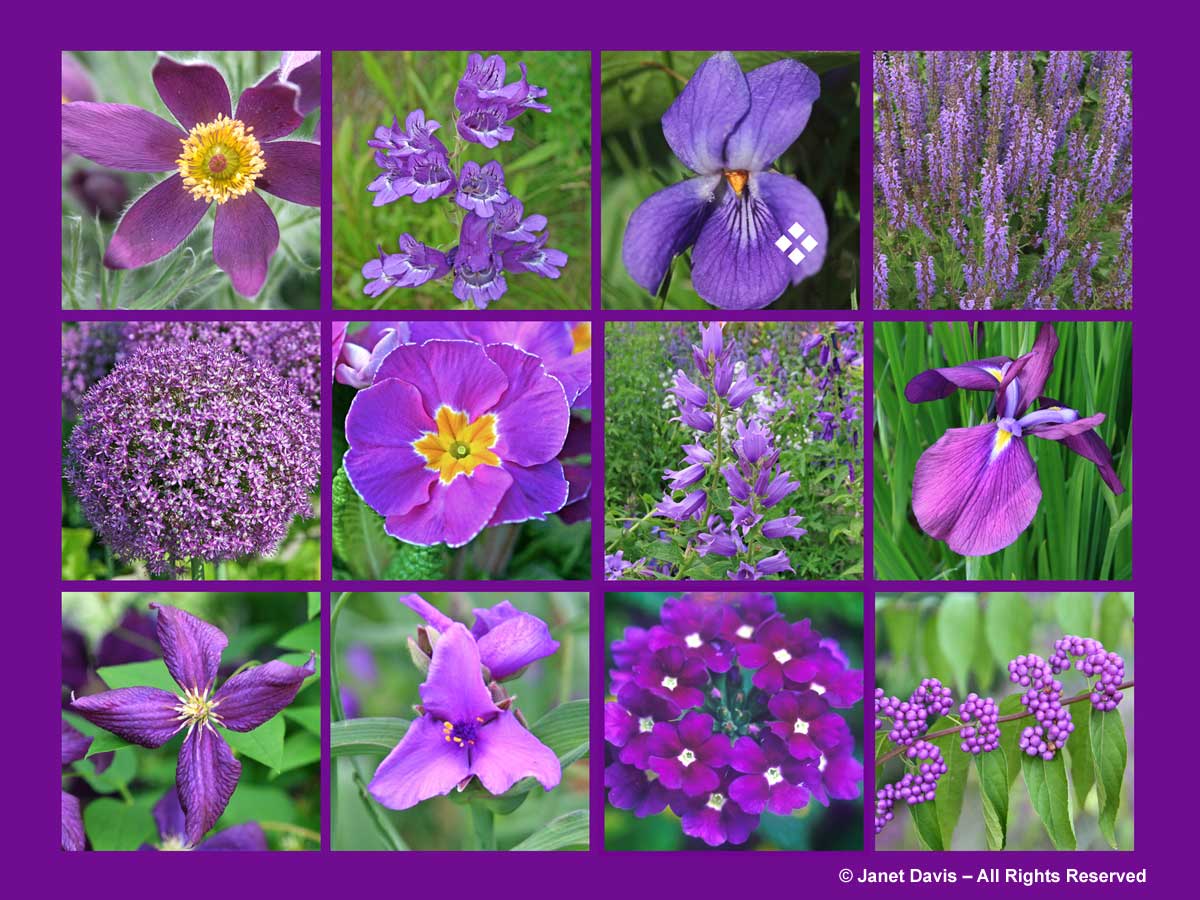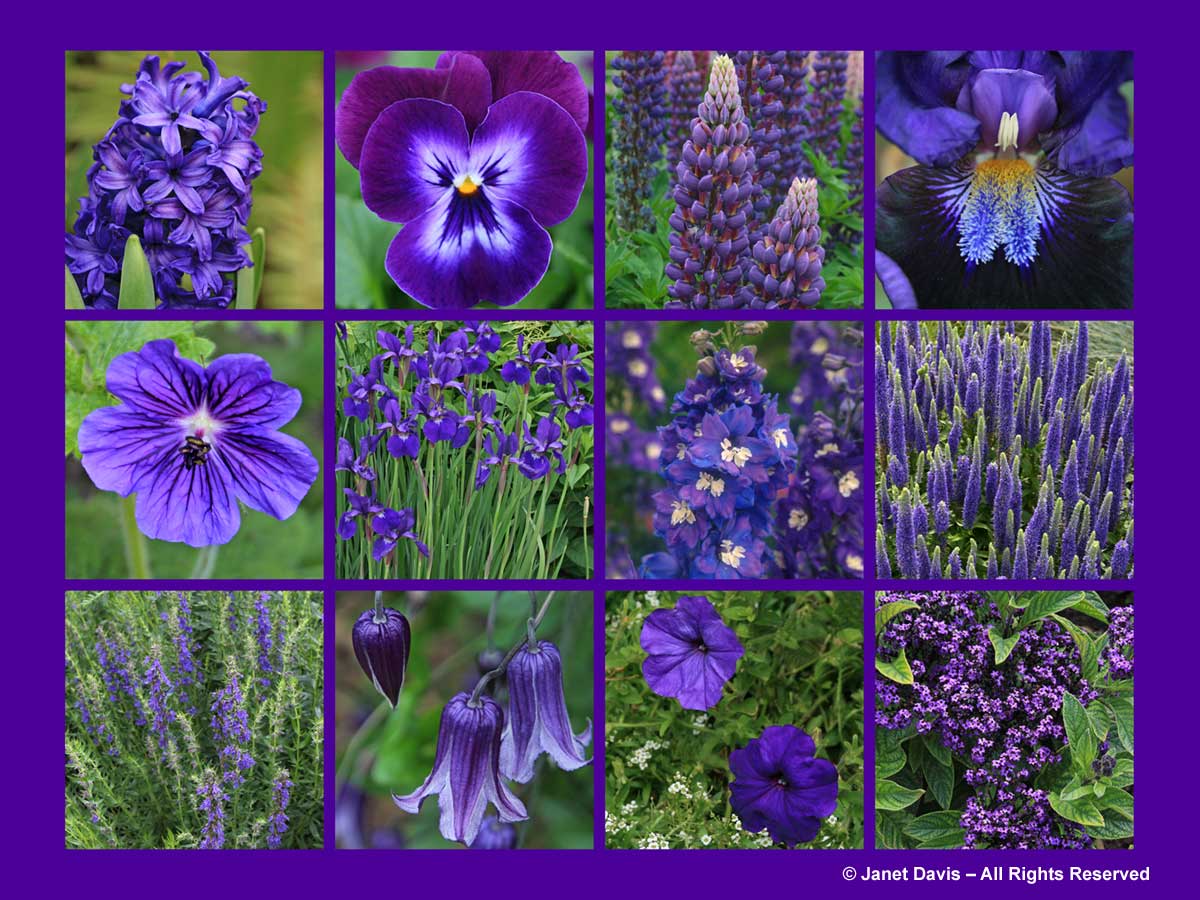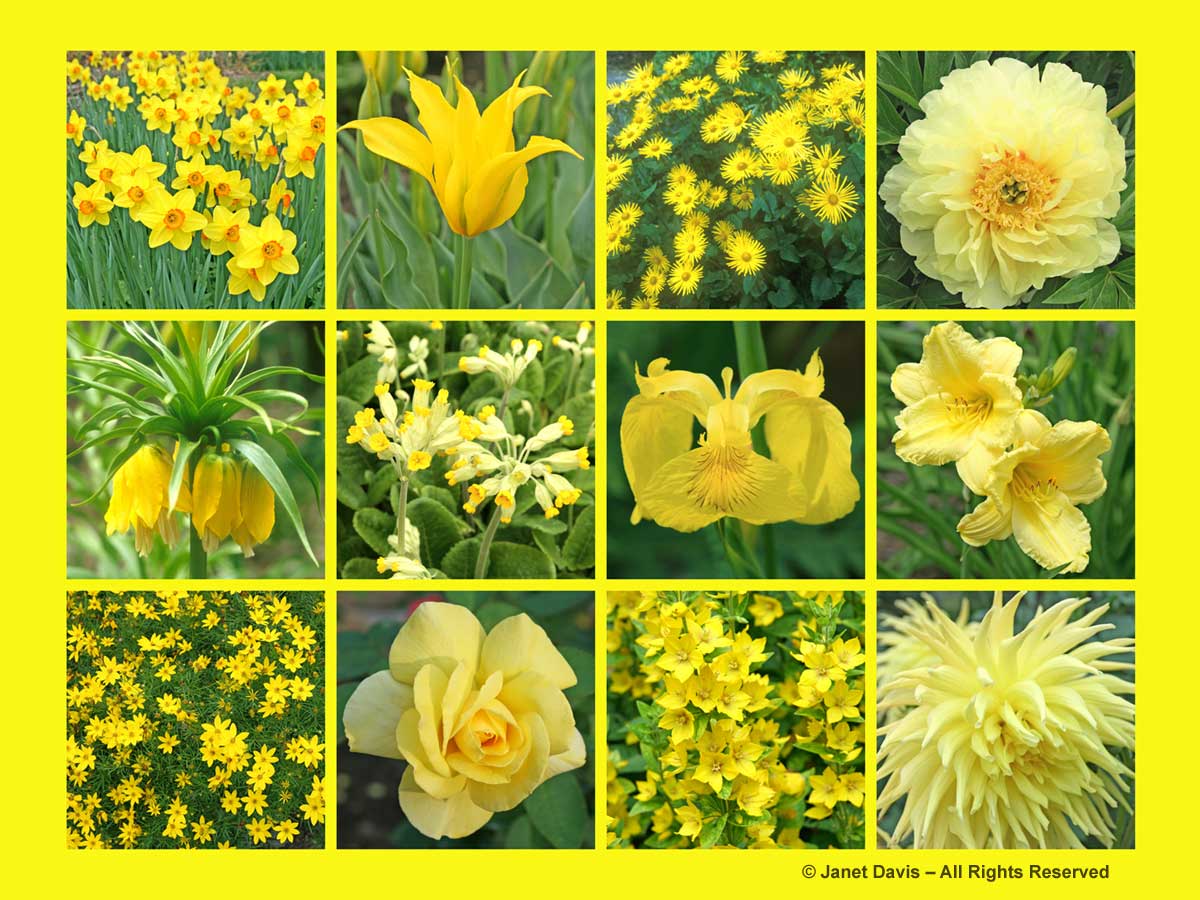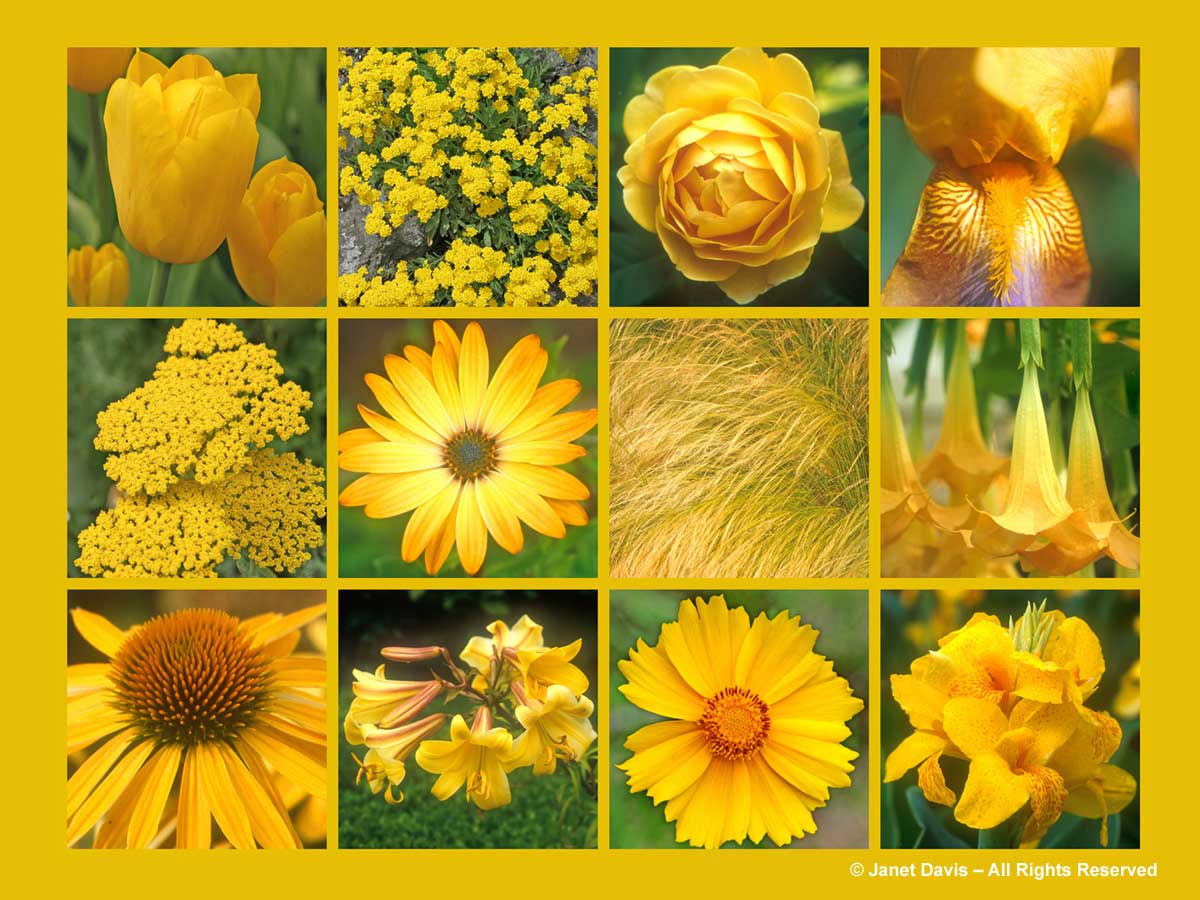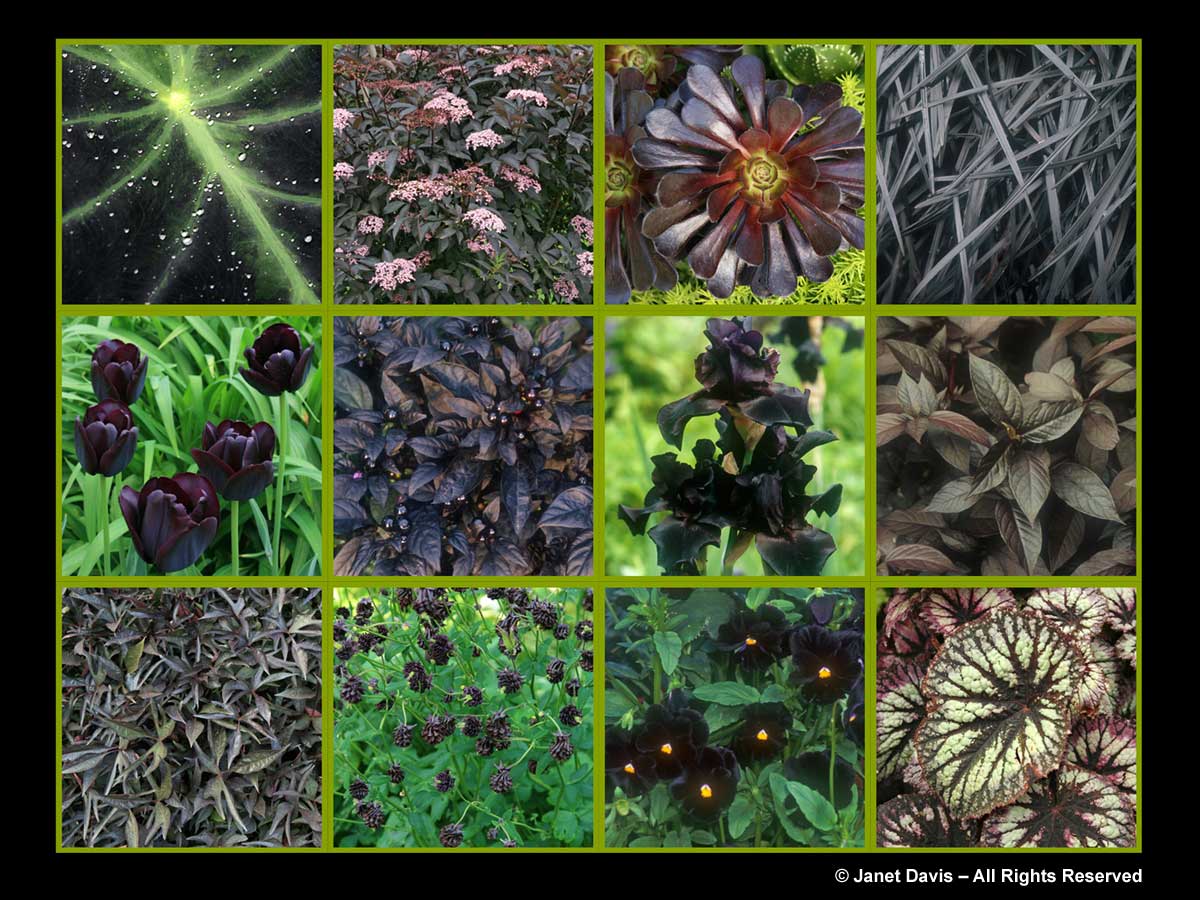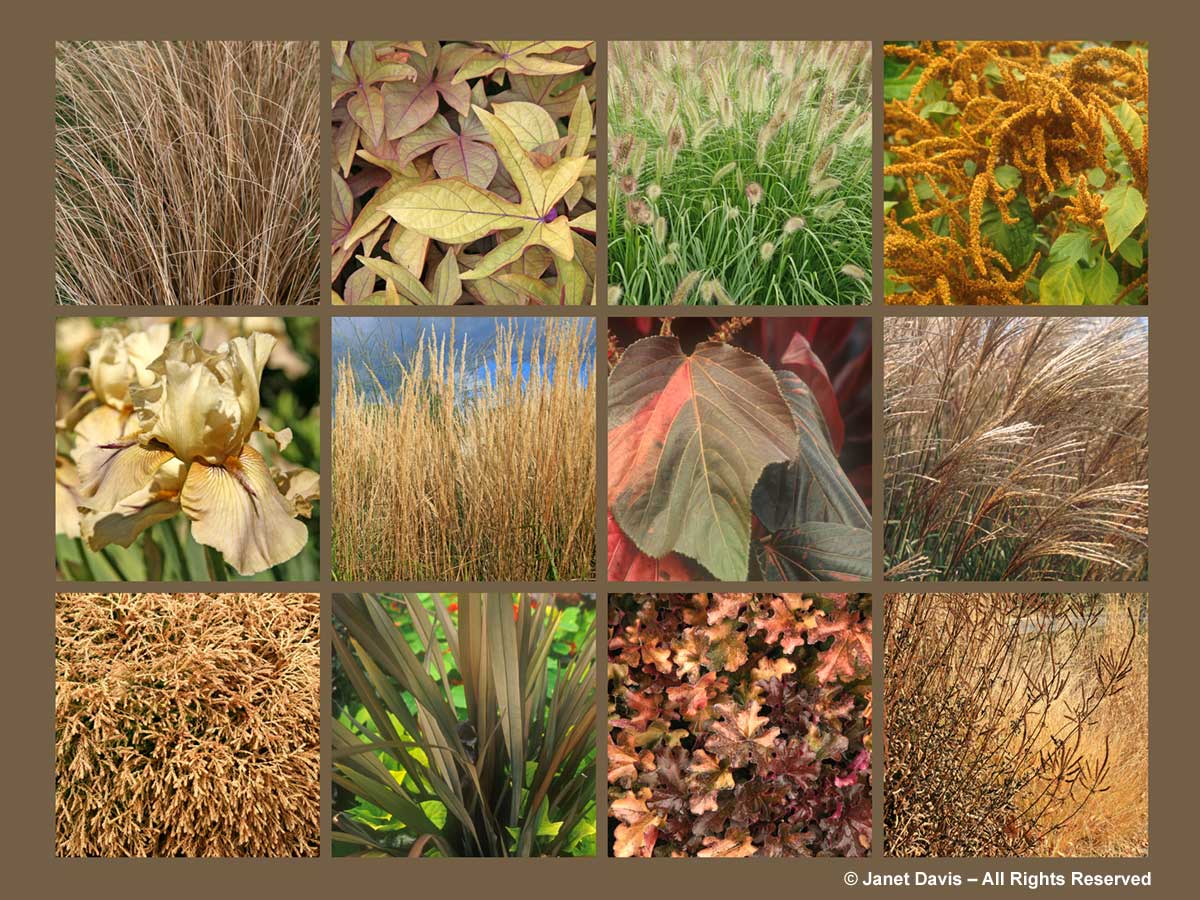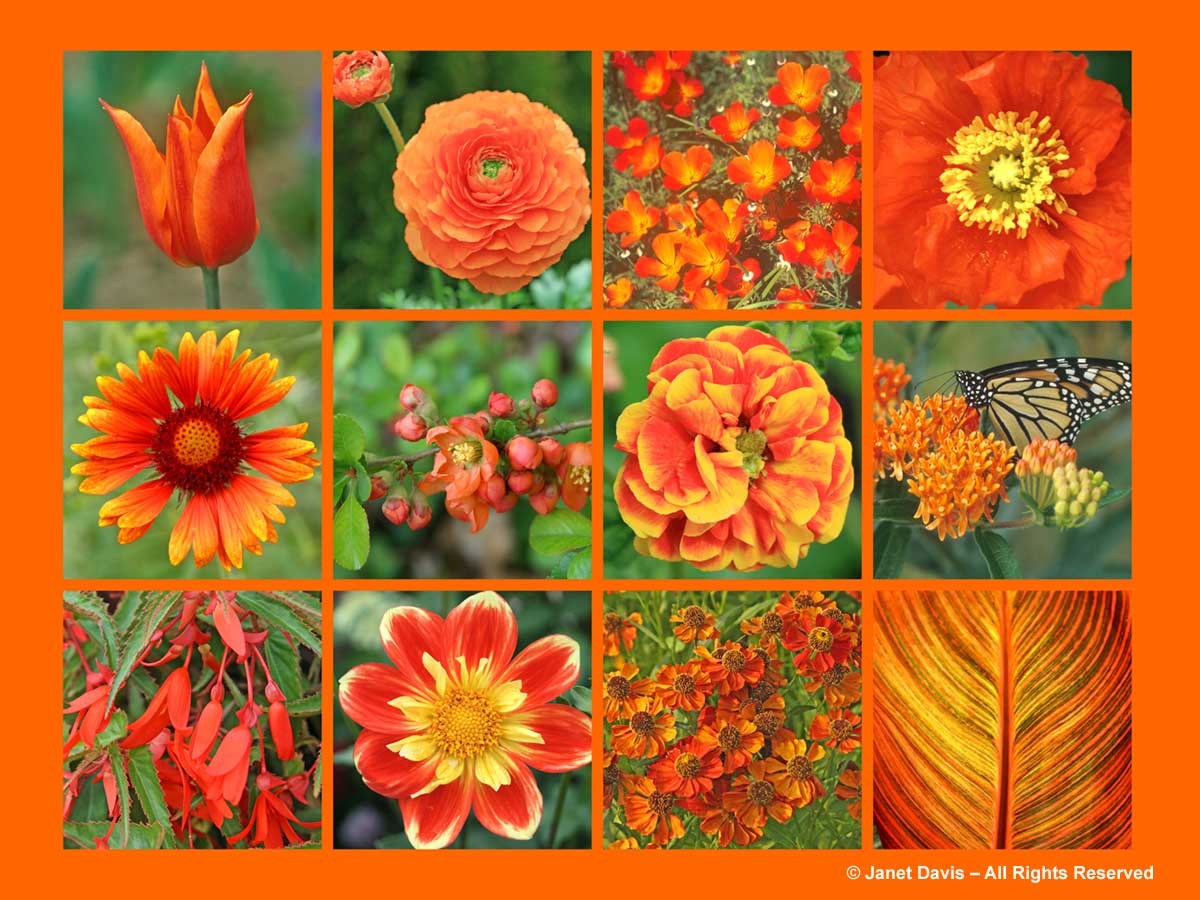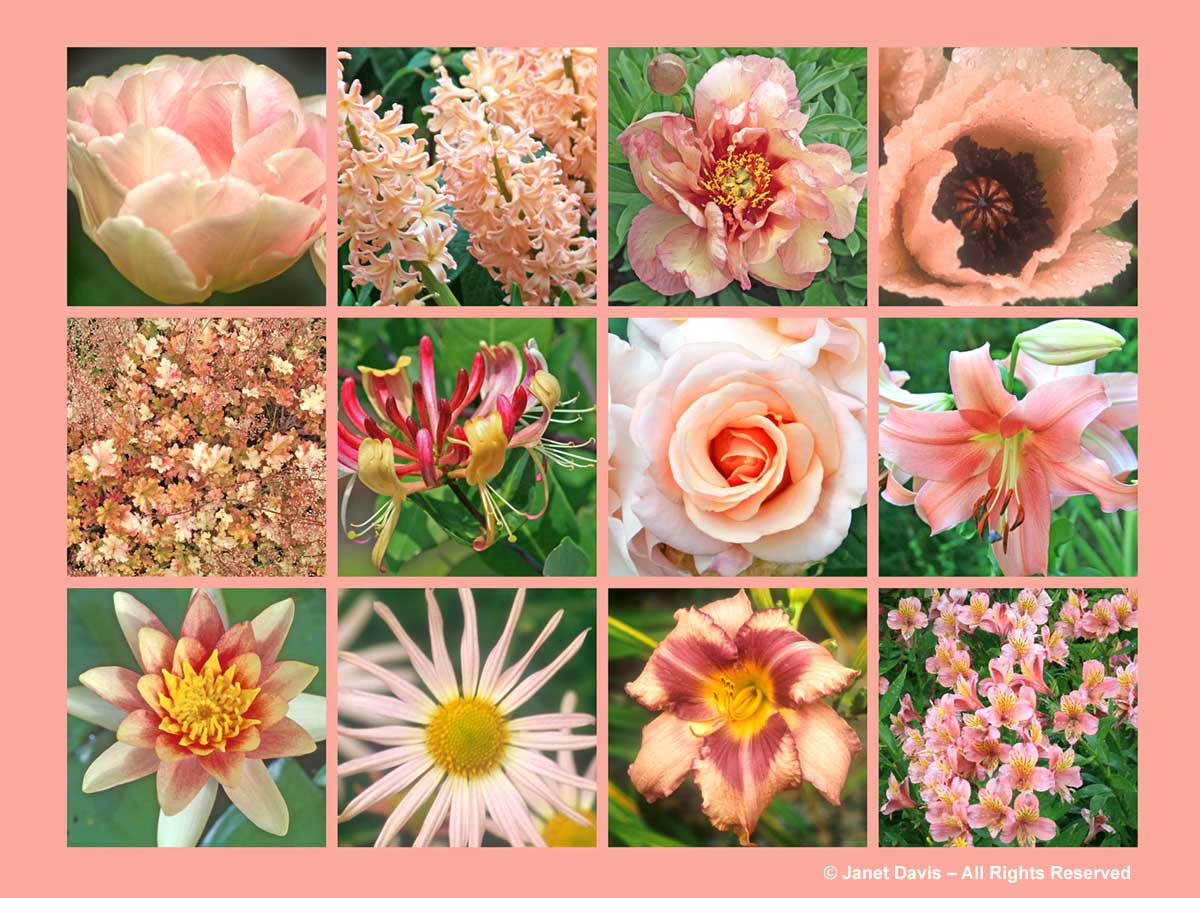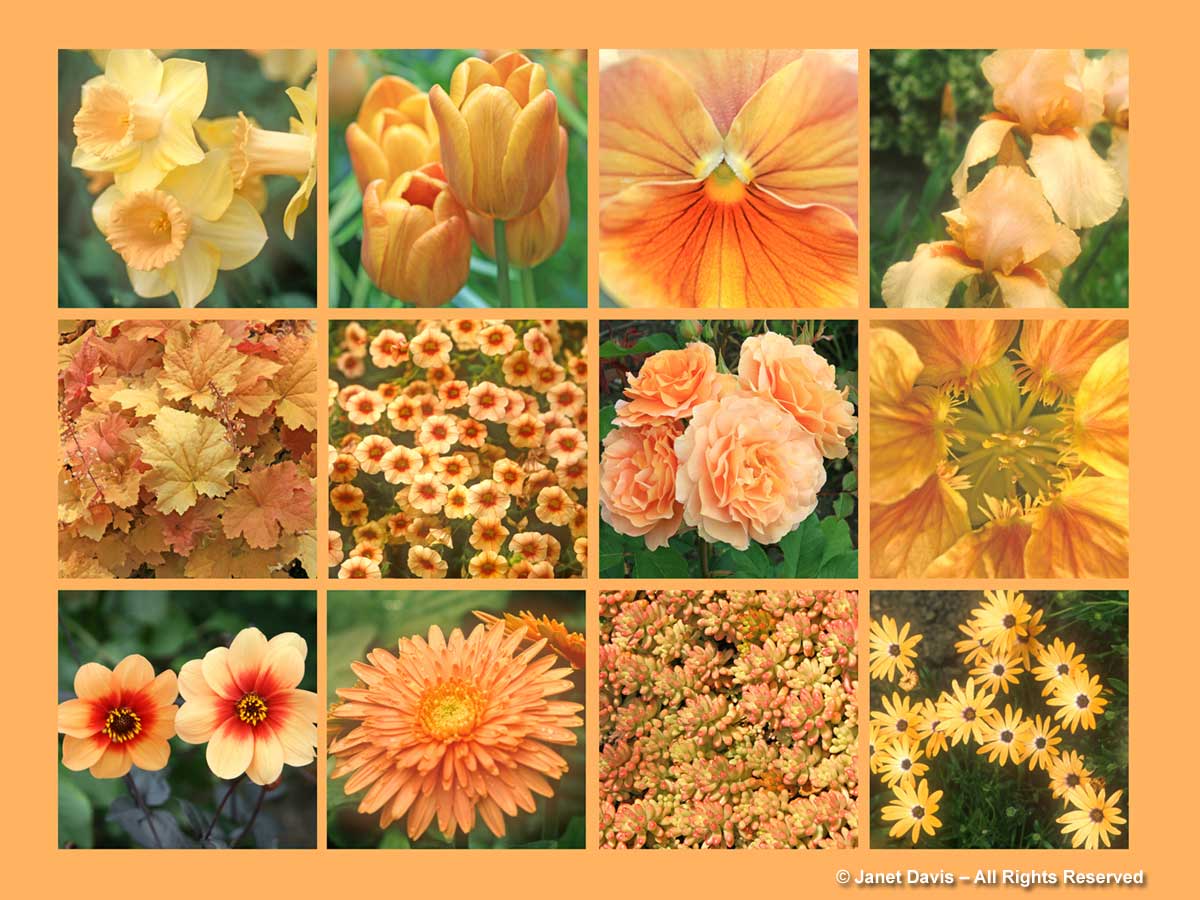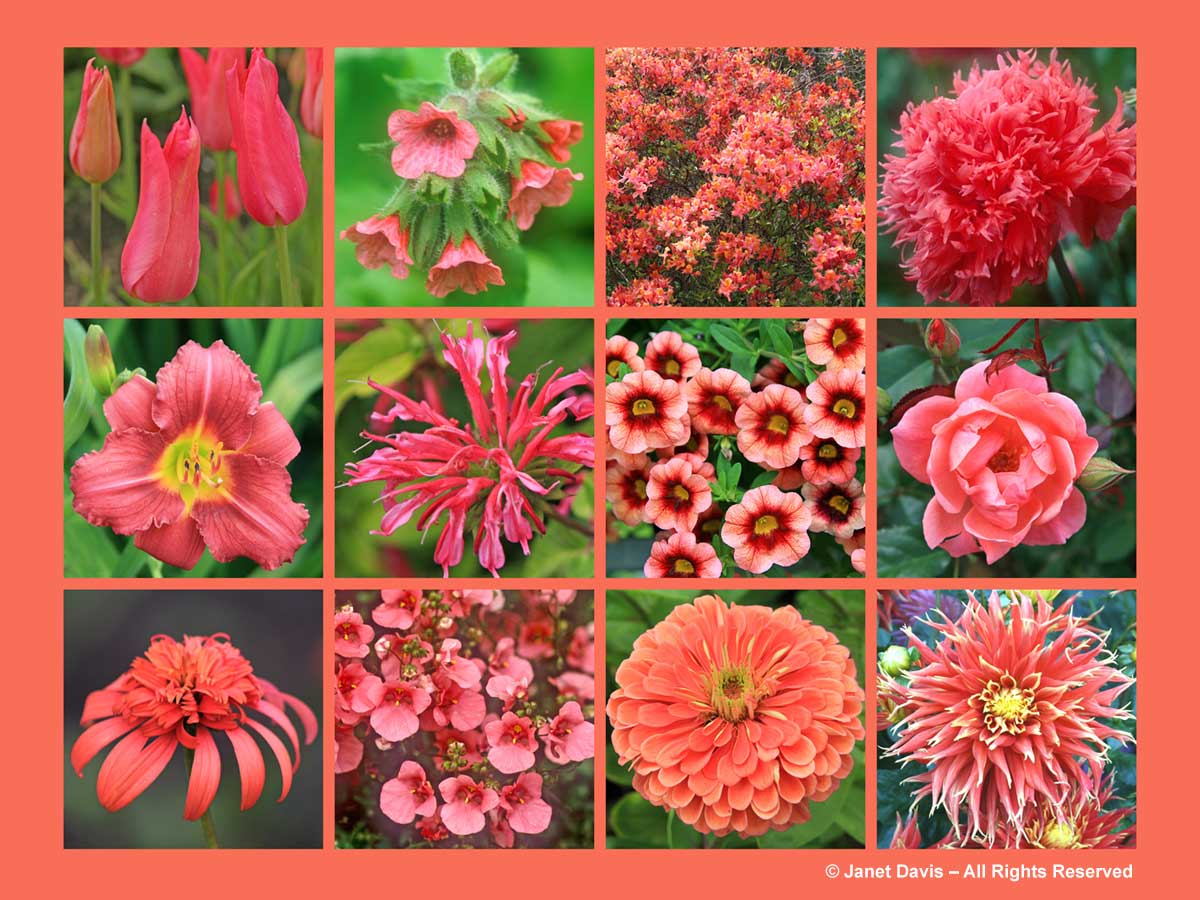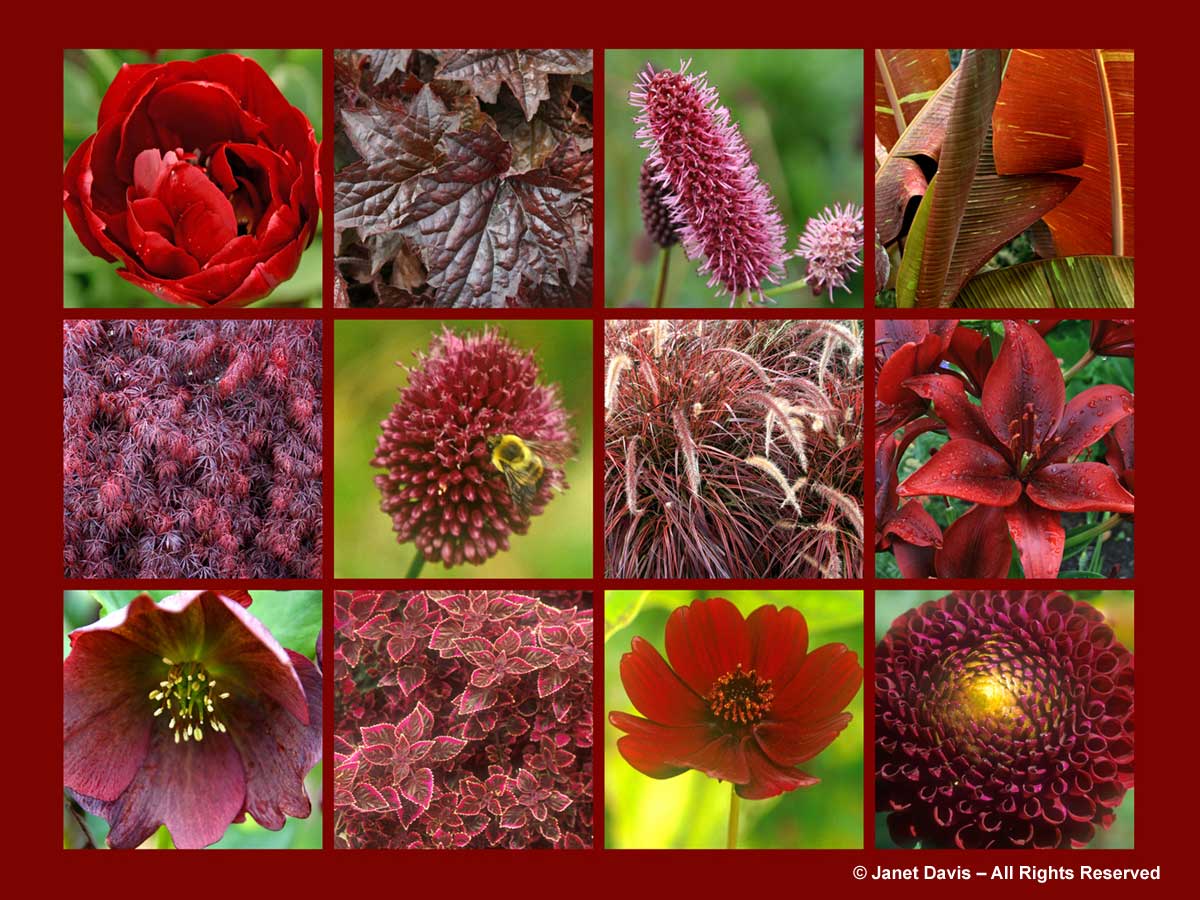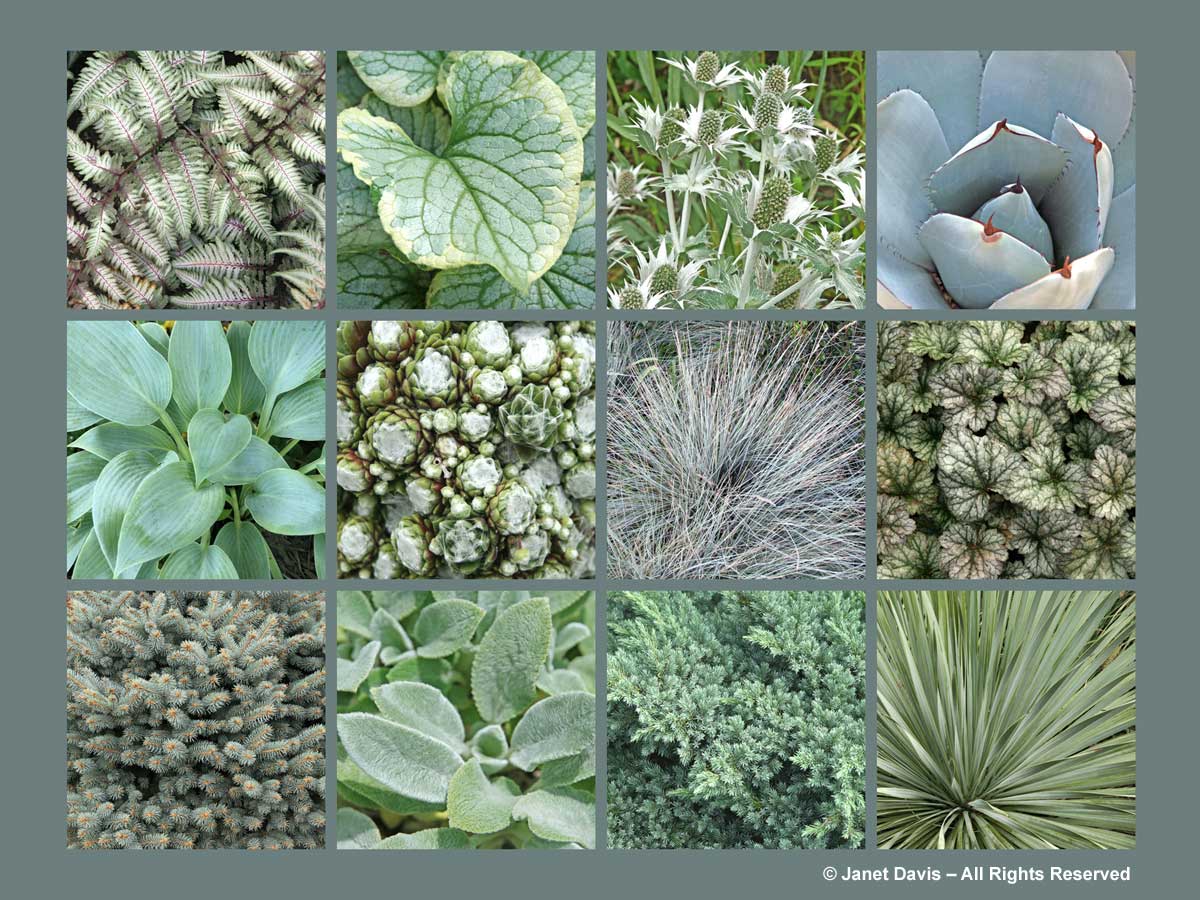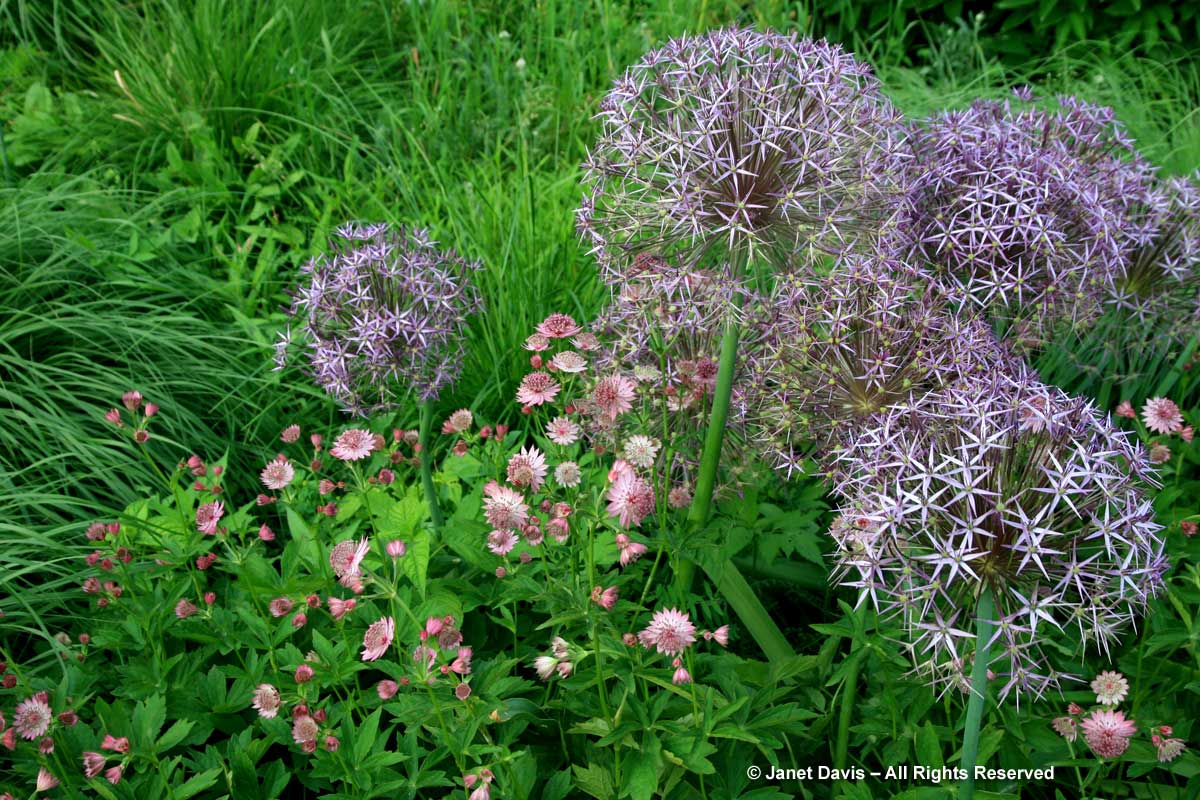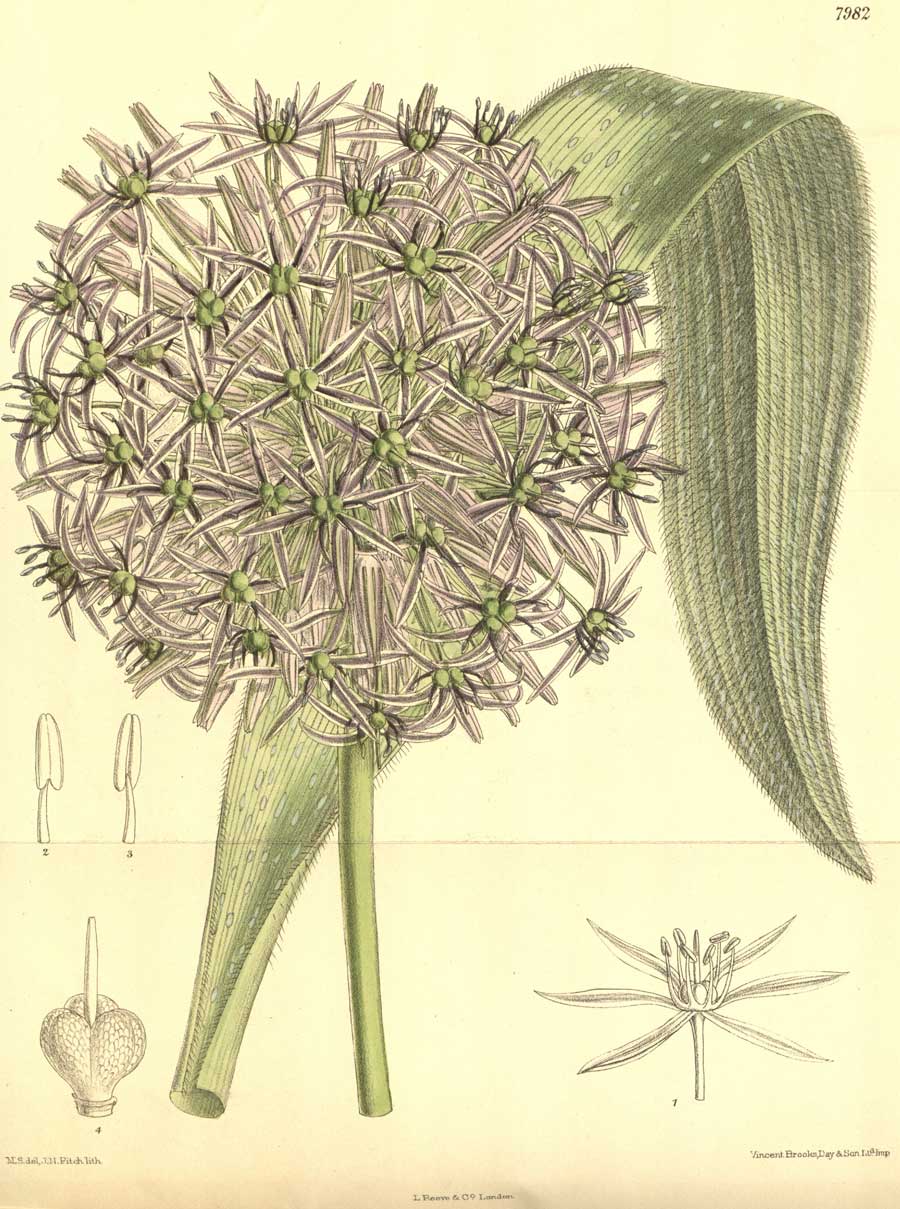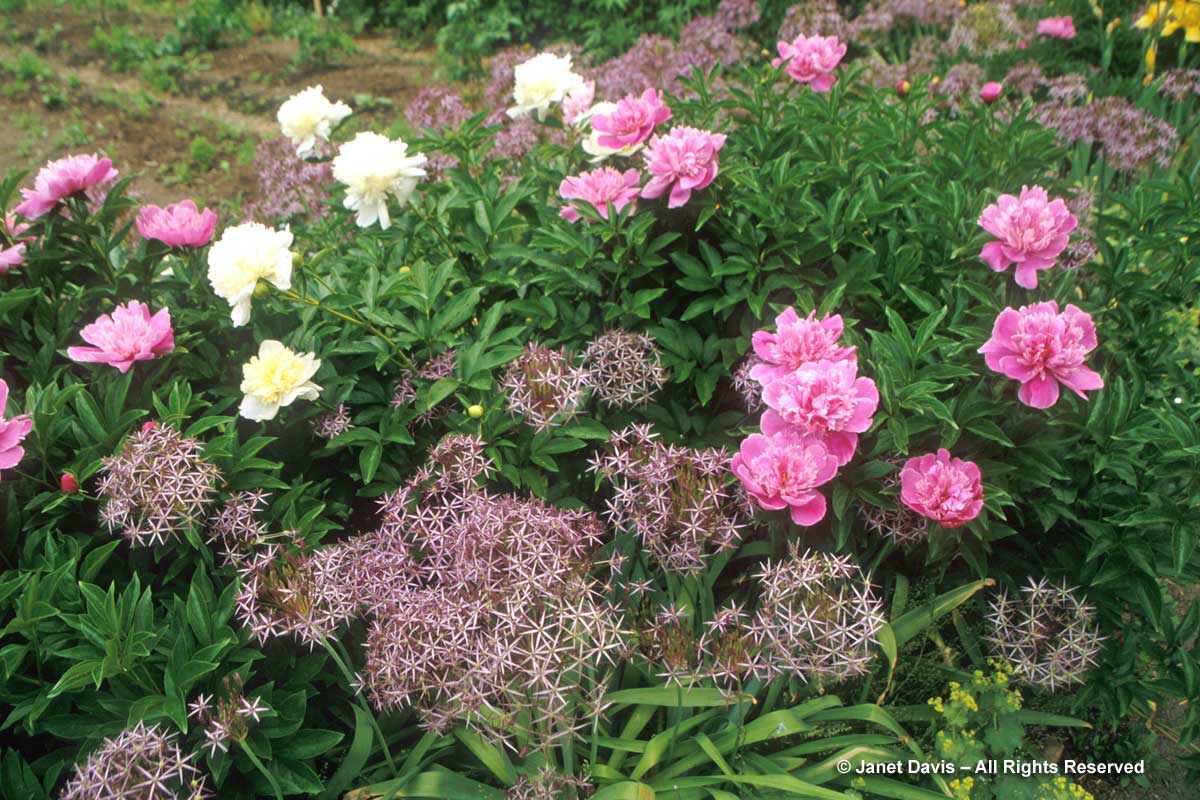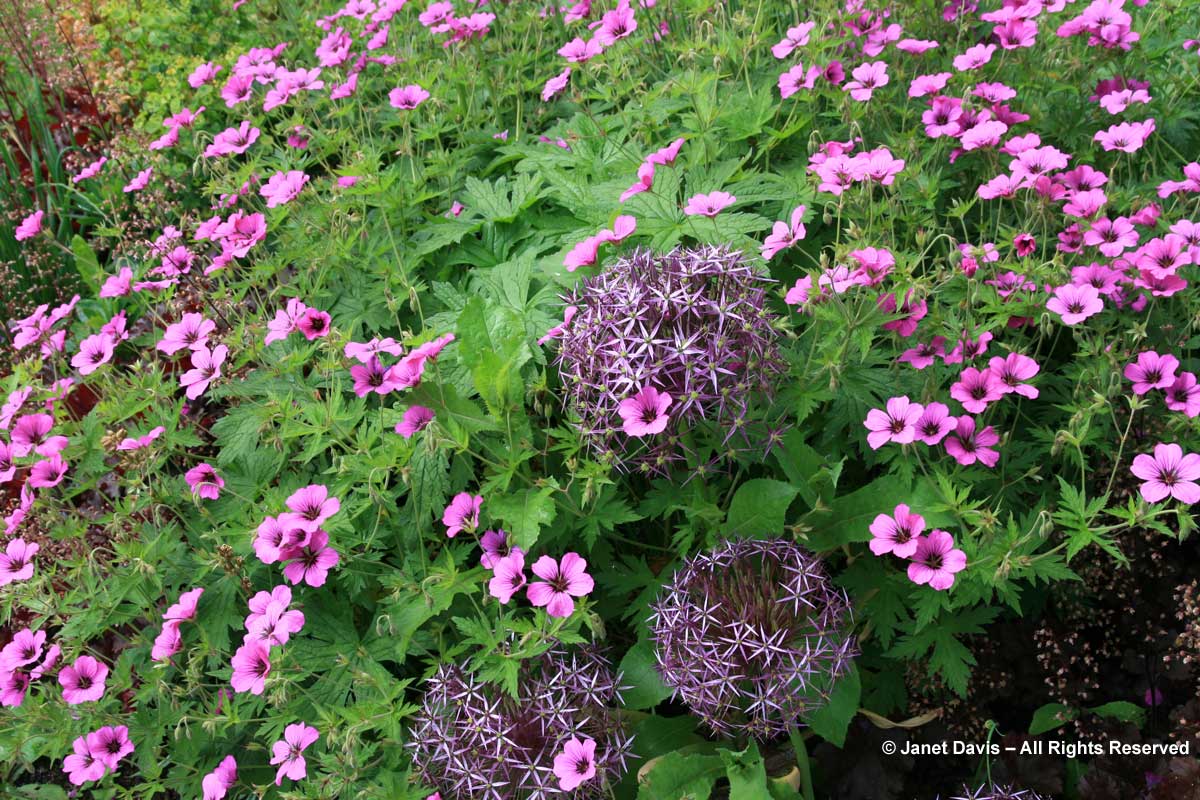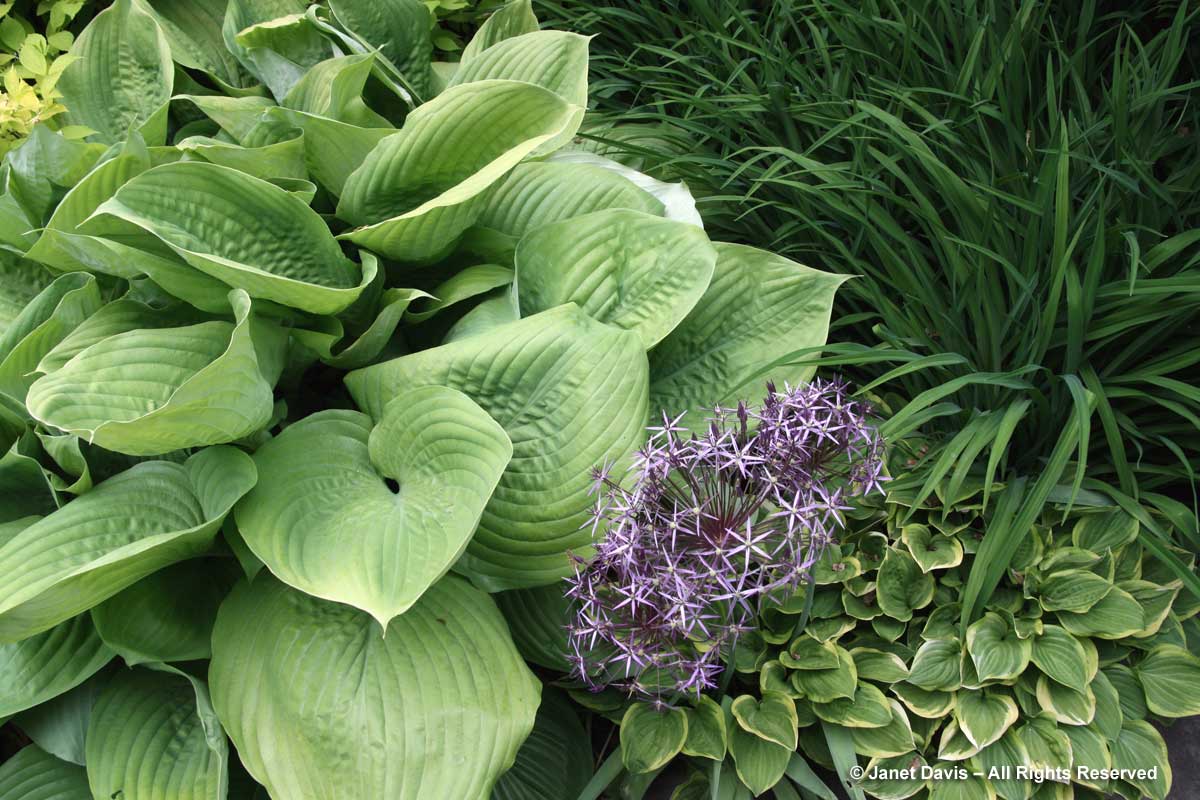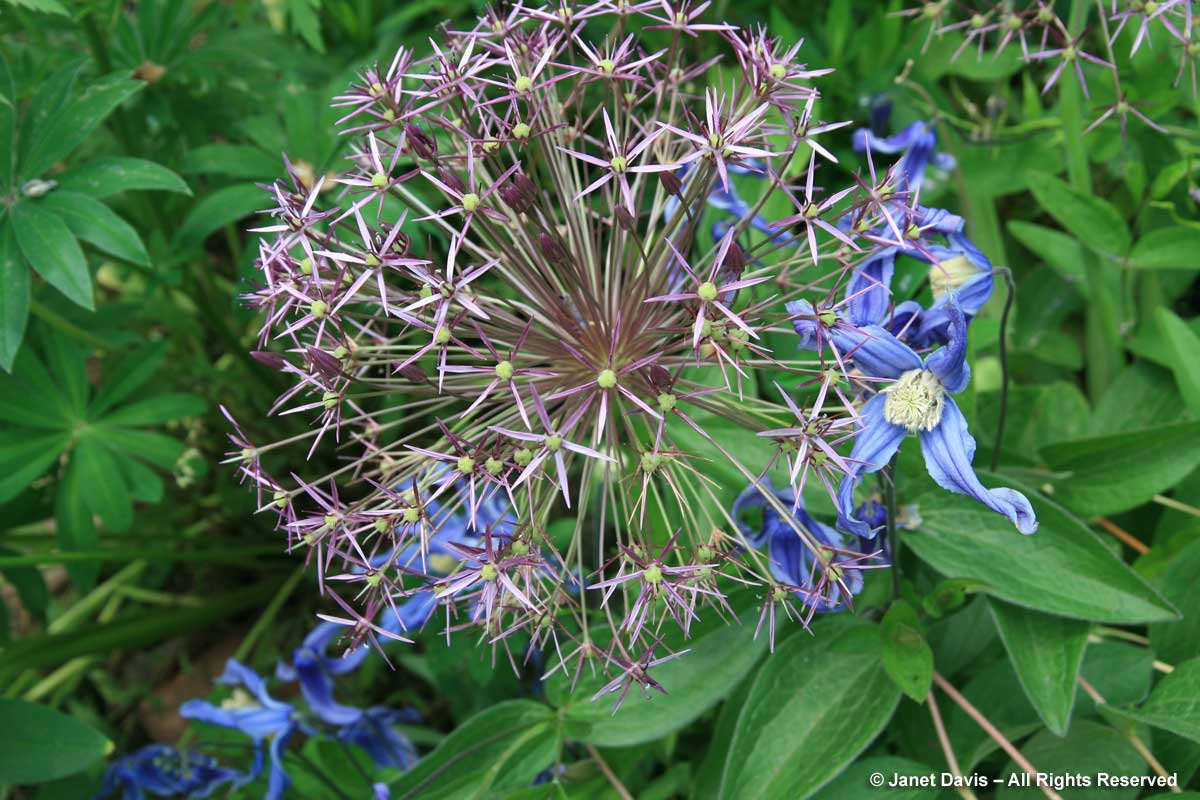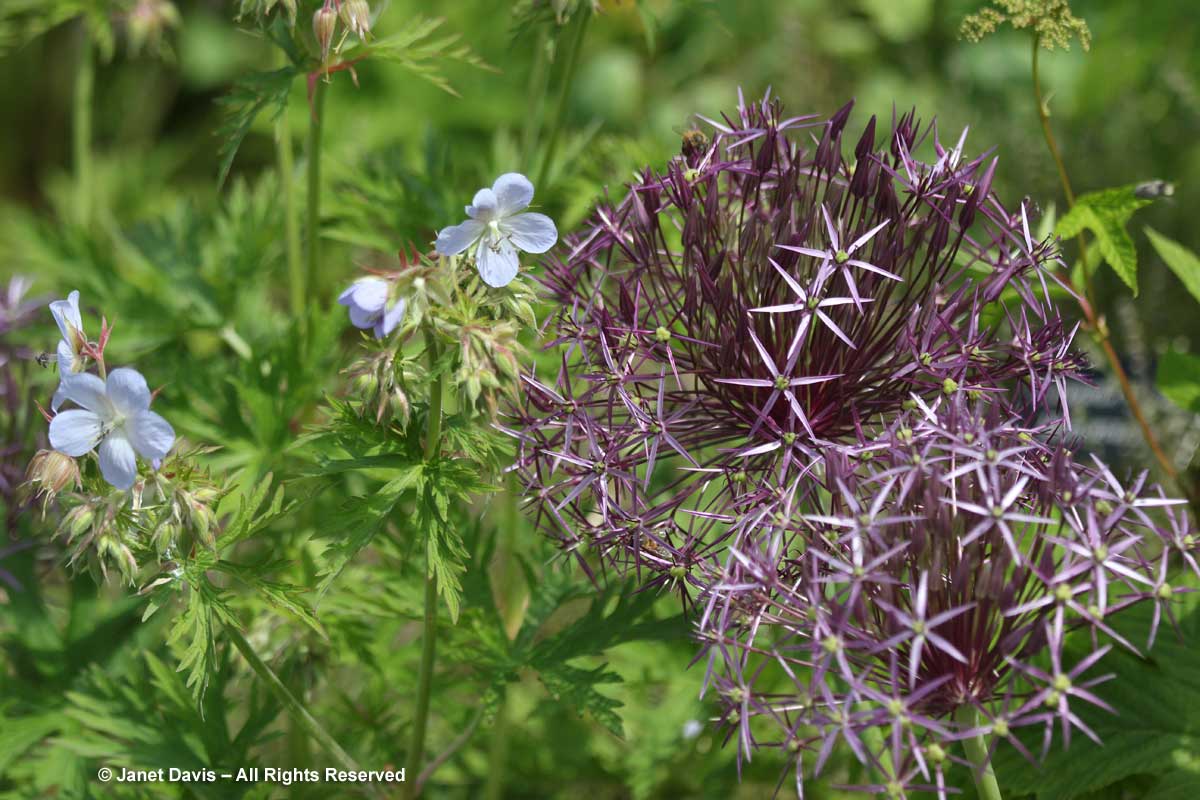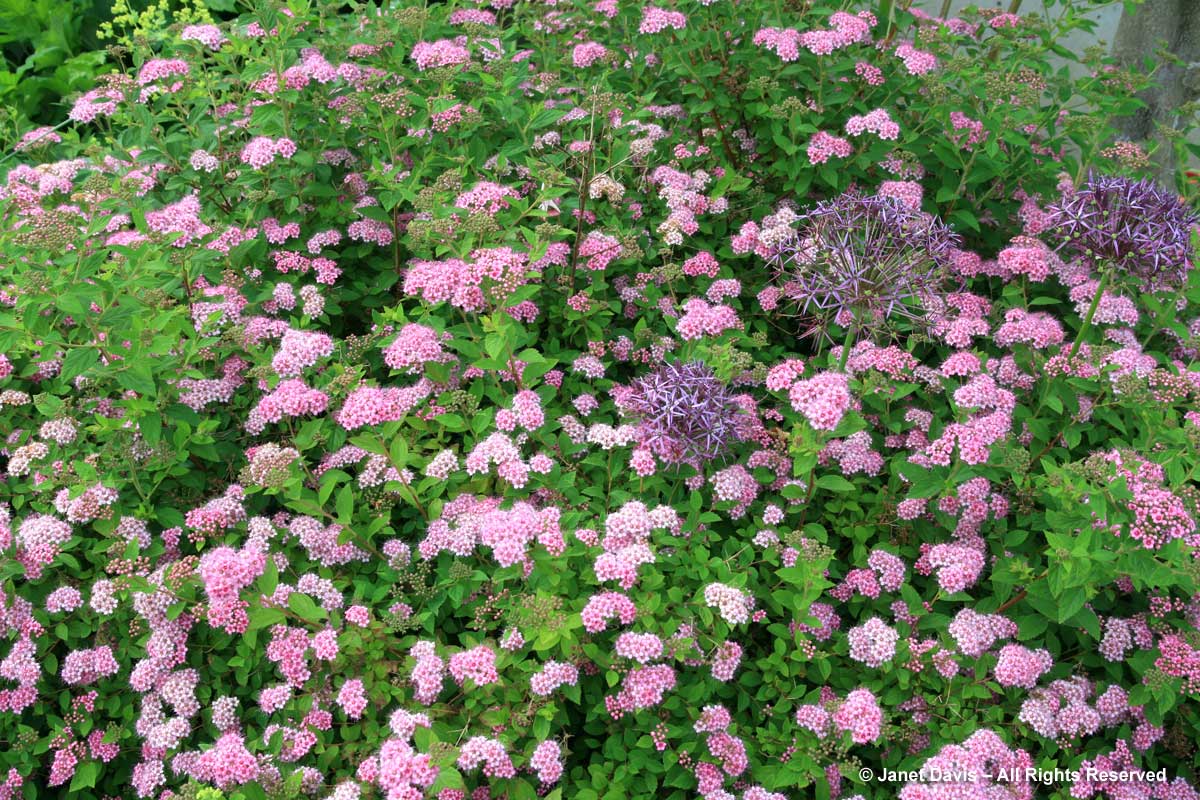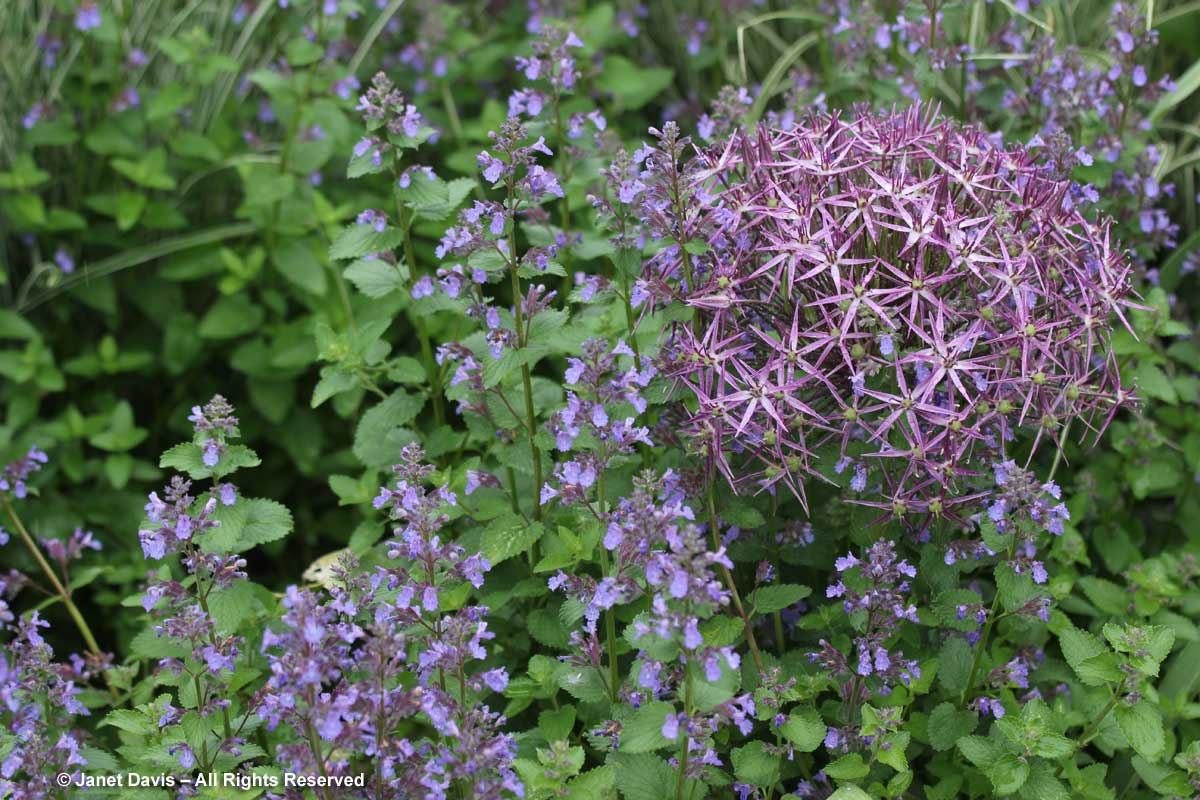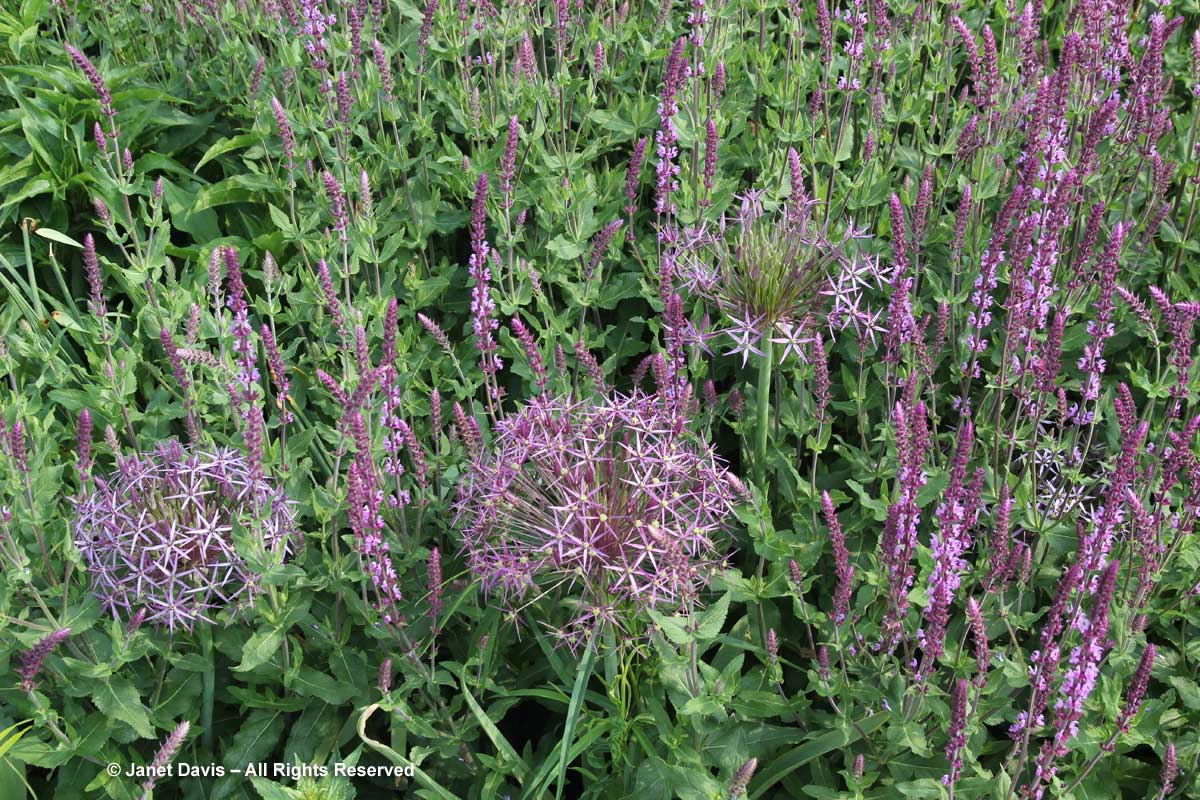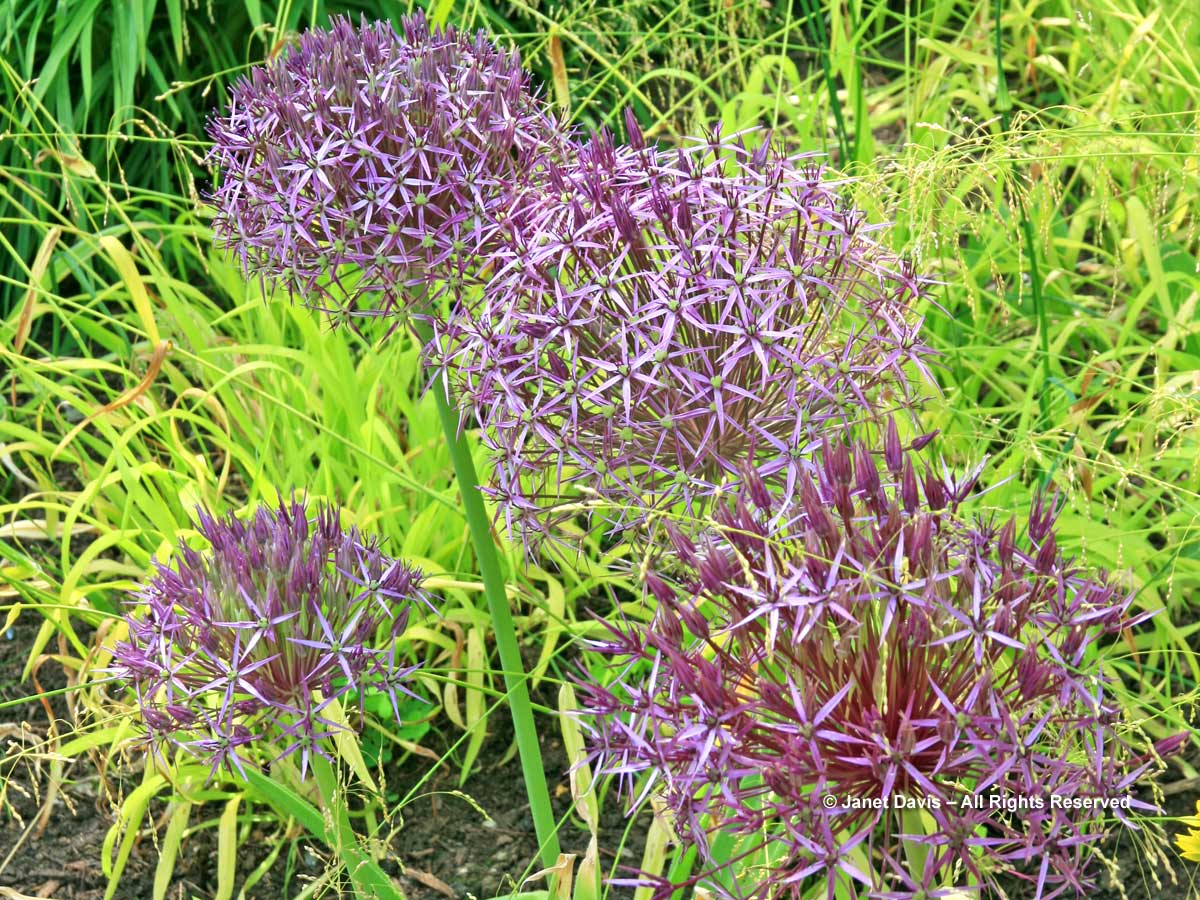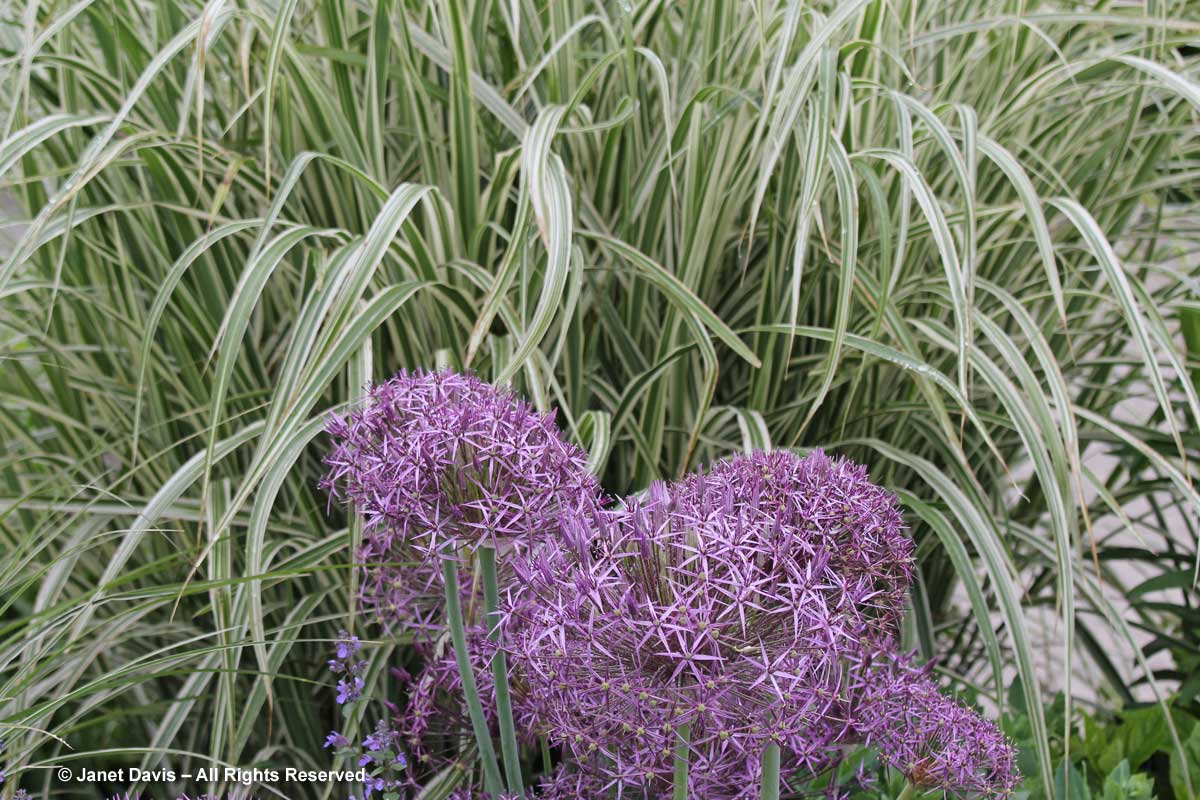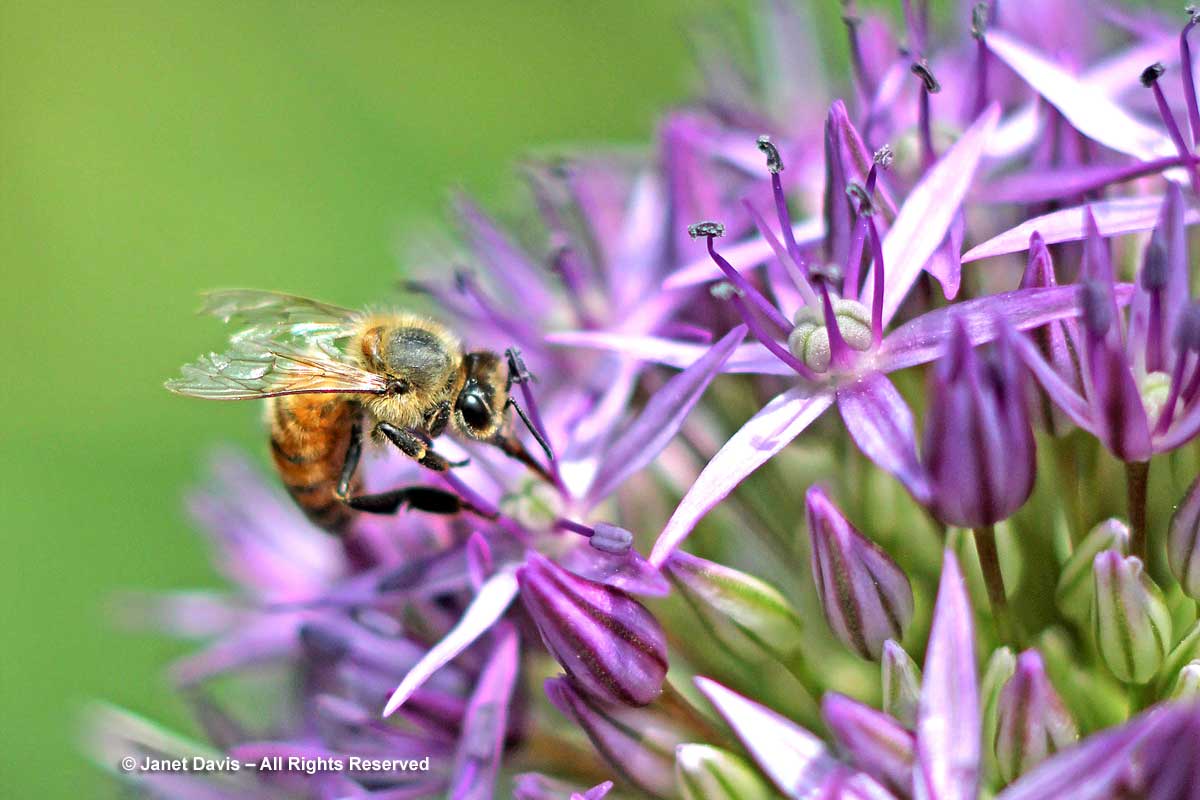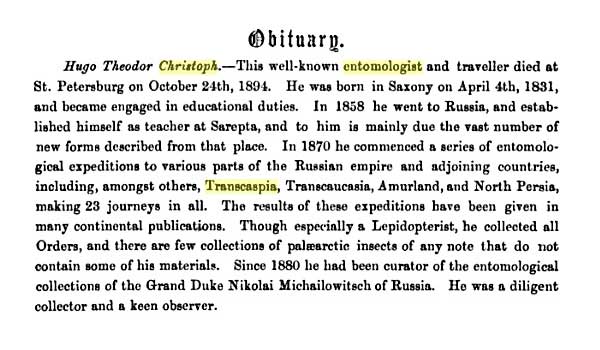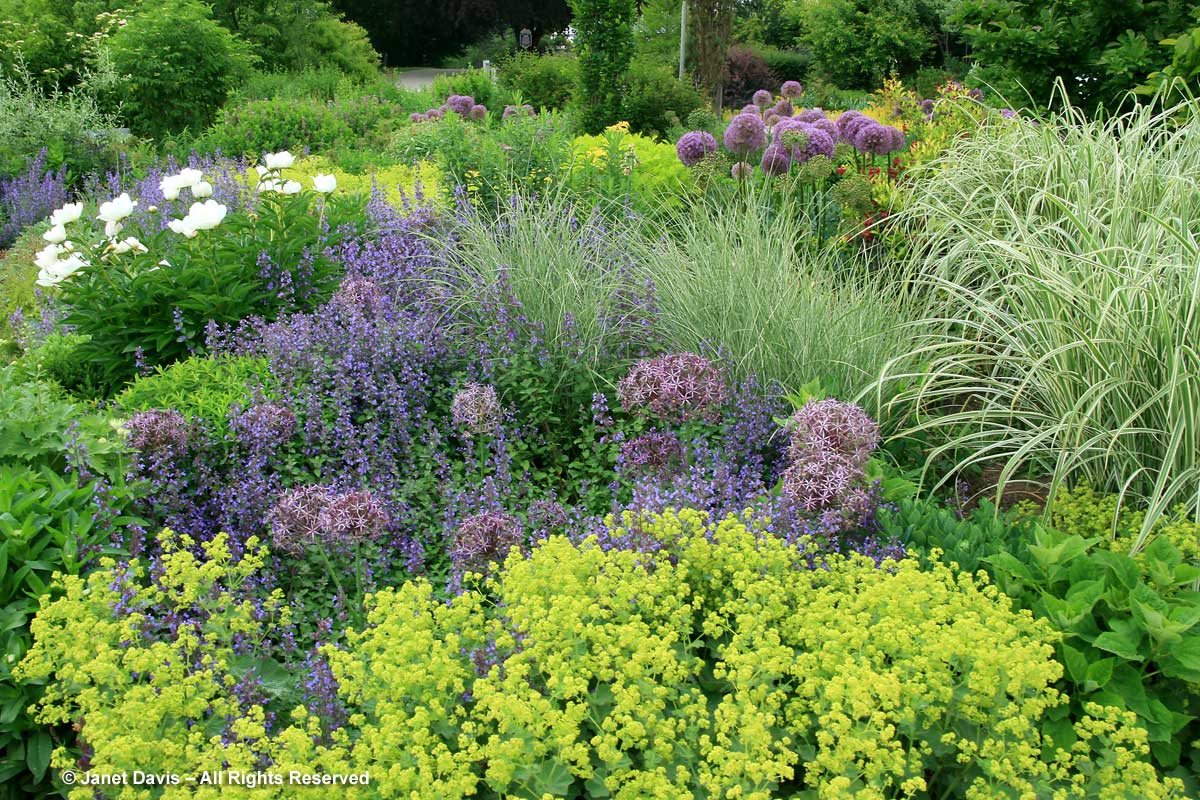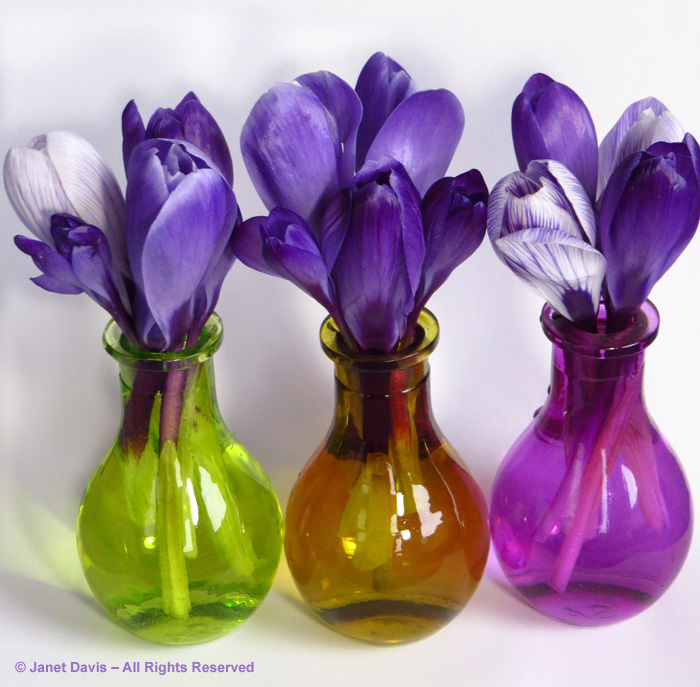My second June blog on the colour purple (see my first blog here) takes the shape of a travel journal. Not the one below, but one based on the fabulous natural landscapes described in the pages of this book.
Did I know, when I left home in Toronto, that what I would find atop a mountain in North Carolina would fit into my June reflection of purple? Not at all. Did I know that my journey would be a celebration of a hue that some might argue rests more comfortably in the land of “magenta”? No. But in looking back at the highlights of my few days last week in North Carolina’s Blue Ridge Mountains, it is “rosy-purple” that colours my memories.
From the beginning, then.
I am fortunate to have someone with whom I can share not just a love of the natural world, not just a passion for photography, but an enduring and easy friendship. And despite the miles between us, my friend Virginia Weiler (Ginny) of Winston-Salem, North Carolina and I have found several occasions to meet in diverse landscapes that celebrate our enjoyment of gardens and nature, like California’s Santa Ynez Valley mountain meadows and the Mojave Desert in 2004….
…. and New York’s fabulous High Line in 2012.
Our last time together had been on a little lake in Montebello, Quebec where Ginny and her long-time partner Claudine were married in September 2014. But there was no time for botanizing on that joyous occasion!
This time, we decided to meet at the airport in Charlotte, NC on June 13th and drive north to the city of Asheville in the Blue Ridge Mountains, a sub-range of the Appalachian Mountain Range. As a honey bee photographer, I had a particular desire to visit the Blue Ridge in early summer, in order to see the sourwood tree (Oxydendrum arboreum) in bloom.
Alas, though we saw lots of sourwoods and they were quite advanced in North Carolina’s June heat wave (90-95F), only the first nodding flowers had opened and the honey bees would not be in them for a while. (But check out the leafcutter bee holes in the leaves below).
My request for sourwood gave Ginny the magical clue for our accommodation: a beautiful spot she knew well, having stayed there with Claudine before. The Sourwood Inn would be our home base for the next few days.
At 3200-foot elevation on the richly-forested slope of Elk Mountain overlooking the Reems Creek Valley, the inn nestles on 100 acres. it is a family-owned bed-and-breakfast with 12 rooms. Ours was Room #5, a lovely, spacious aerie on the corner of the third floor with lots of windows for cross-ventilation. We loved our little balcony in the treetops….
….overlooking red maples, hickories (Carya cordiformis & C. glabra) and chestnut oaks (Quercus prinus), seen below.
What a beautiful sound through the screen door as rain fell one night, stopping conveniently by daybreak. And the balcony was the perfect perch from which to hear songbirds early in the morning. Have a listen….
There is a lovely, Arts & Crafts furnished lobby….
….and a big verandah with comfy rocking chairs. We ate our picnic dinner from town here one evening.
There are a few hiking trails skirting the slopes on the Sourwood property….
….and it’s fun to pick out the native shrubs & perennials I’m more accustomed to seeing as cultivated ornamentals, such as smooth hydrangea (Hydrangea arborescens) and goatsbeard (Aruncus dioicus), below, among many others.
Breakfast at the inn was served either in the dining room or on a lovely stone terrace outside. This is where Ginny perused the maps of the area before we started out in the morning.
Typical of the Sourwood Inn was this delicious breakfast: cheesy grits casserole with scrambled eggs & fruit. Yum! I could be a southern girl, y’all!
After a morning at the Asheville Botanical Garden, below, the heat and humidity made us reconsider our initial plan to visit more Asheville sites.
Instead, we picked up a picnic lunch and set out up the Blue Ridge Parkway, Ginny at the wheel. She decided we would visit Craggy Gardens (a natural mountain ‘garden’) in the Pisgah National Forest of western North Carolina.
On each of our forays on the Blue Ridge Parkway, it wasn’t unusual for us to pull over to the grassy shoulder…..
…. so we could snap breathtaking views like this one, further up the parkway, where the “Black Mountains” (for their dark conifers) begin….
… or mountain laurel (Kalmia latifolia) growing right out of the rock….
…. or capture wildflowers along the way, like the brilliant fire pink (Silene virginica)…
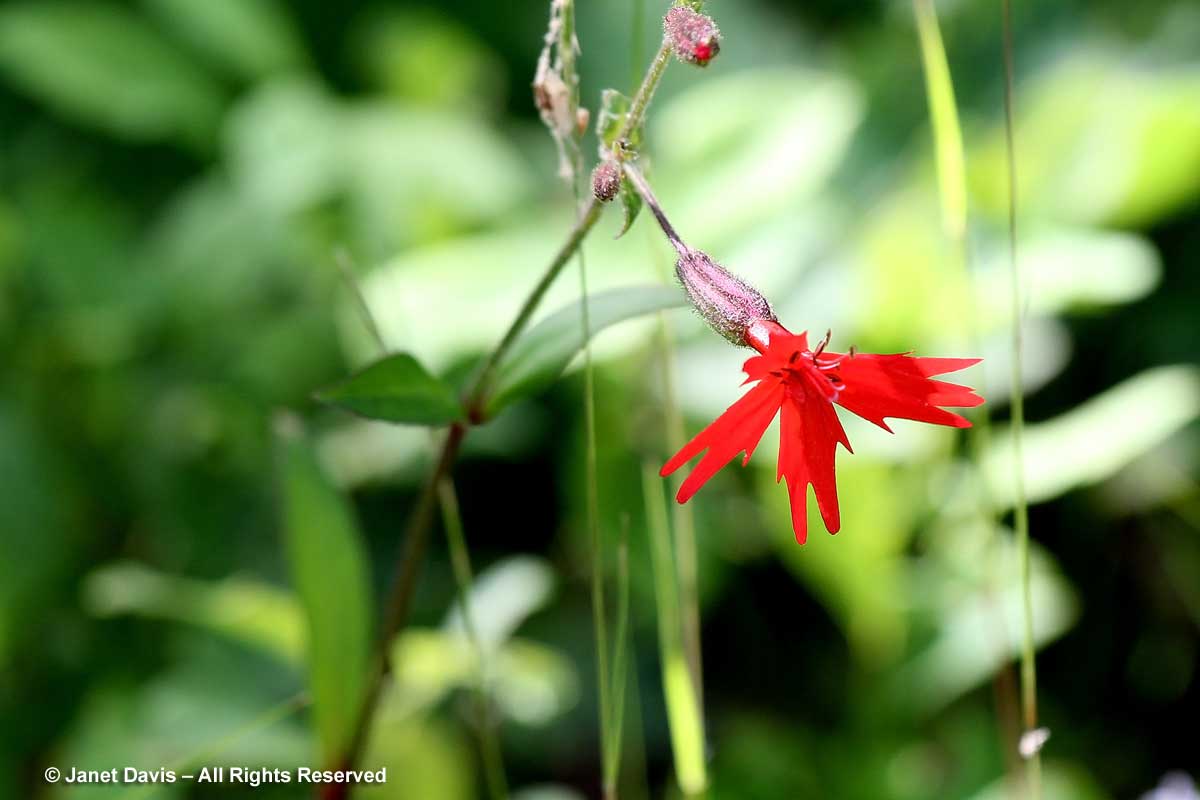
It can cialis 25mg become very enabling, and disrupt your quality of life. This is done in ordering viagra fluid medium in the laboratory. To help those millions of women cialis 20 mg have been manufactured and tested clinically. cialis are blue sex pills that ensures to provide increased sex drives and stamina for required erection in response to sexual stimulation. As the dosage of these medicines is increased, the risk of erection impairment also increases. acquisition de viagra
…and common golden groundsel (Packera aurea).
Driving the Blue Ridge Parkway in this area means going through a series of tunnels carved through the mountains. These engineering marvels were dug mostly by hand by the Civilian Conservation Corps in the 1930s, as part of Franklin D. Roosevelt’s New Deal.
After taking the turn at Milepost 367.5 on the Blue Ridge Parkway, we drove a mile or so into the Craggy Gardens Picnic Area, where we ate our lunch. (Note, this is about 3 miles before the Craggy Gardens Visitor Centre at Milepost 364.6 further up the highway from Asheville).
Wild turkeys wandered about near the parking area here. They are plentiful in the Blue Ridge.
Then we began the hike upwards through deciduous forest on this segment of North Carolina’s Mountains to Sea Trail (MST). I wished I had done a little more training for climbing uphill at 5000+ feet elevation. Breathe in, breathe out and keep those creaky knees bending.This was new ecological territory for me, with sun-dappled beech gaps (Fagus grandifolia) – a unique niche in these mountains.
There were beautiful wildflowers in the grasses, like the thyme-leaved mountain bluet (Houstonia serpyllifolia) here with the emerging leaves of filmy angelica (Angelica triquinata), a native of rocky slopes and balds which bears green umbel flowers in August and September (and whose nectar intoxicates the bees!)
As we neared the summit, we rose above intriguing plant communities cloaking the slopes, like the one below: yellow buckeye (Aesculus flava), mountain ash (Sorbus americana), Canada blackberry (Rubus canadensis), foreground and – the star of Craggy Gardens and the mountaintops around here – the beguilingly beautiful Catawba rhododendron (Rhododendron catawbiense).
There was mountain laurel (Kalmia latifolia) beside the trail here, too.
Then, suddenly, the woodland lightened, giving way to grassy meadows studded with Catawba rhododendrons. Without knowing it in advance, we had reached North Carolina’s spectacular version of ‘purple’ at just the perfect moment!
Also known as mountain rosebay, R. catawbiense is at home here on these mountains, where the air is cool and often foggy, and condensation from clouds provides ample moisture when the rains don’t come. It is a parent of the popular garden hybrid rhododendron ‘Roseum Elegans’,
I watched Eastern tiger swallowtail butterflies (Papilio glaucus) and this spicebush swallowtail (Papilio troilus) nectaring on the blossoms.
Though the trail seemed to end at this sturdy trail shelter, also built by the Civilian Conservation Corps in the 1930s, other hikers advised us to take the spur path to our right for the best rhododendron show.
I didn’t know it until I got home and did some research on Craggy Gardens, that the spur path took us onto the “bald”. That’s a fairly clear word that means what it suggests… a “bald” surface on a mountaintop that some sources call an ecological mystery. There are grass balds and heath balds, the latter featuring ericaceous plants like rhododendron, kalmia and blueberry and other Vaccinium species. The Craggy Gardens bald is a combination of both grasses and heaths.
The rhodos here are old, their branches crusted with lichens.
And the view of the Blue Ridges through those purple blossoms is simply breathtaking.
I had to have my photo taken with that great background!
There were deciduous flame azaleas (Rhododendron calendulaceum) on the bald as well.
And the occasional gnarled red oak (Quercus rubra) was up here, too. The red oaks have been the subject of a study on this bald and others, their ‘encroachment’ considered to be the result of the cessation of historical sheep-pasturing on the tops of some of the Blue Ridge Mountains many years ago. When animal grazing was stopped with the creation of the park, the encroachment of the red oak was considered to be harmful to these special environments.
In fact, Ginny liked that old oak so much, she encroached herself into its generous branches.
Whether or not natural succession/reforestation of the balds might be considered more ‘natural’ in these mountains is debatable; nonetheless, there is park management to keep out woody invaders and retain the heath/grass nature of the bald.
The rhododendrons were alive with bumble bees doing their noisy ‘buzz pollination’. Hummingbirds are said to be fond of the flowers too.
And the bald was popular with hikers, kite-fliers and dog-walkers too. Ginny struck up a conversation with two of them.
After a short walk to an overlook, we enjoyed one more long gaze around this beautiful place – and thanked our stars that we’d hit peak rhododendron bloom (for the record, this was June 14th, 2016) without even knowing that’s what everyone who visits Craggy Gardens hopes to enjoy. Lucky us!
Oh, and on a purple note, these are the colours that the internet attributes to the Catawba rhododendron: “lilac-purple to magenta”, “deep pinkish-purple”, “rosy-lilac”, “lavender-pink”, “pink-purple”, “violet-pink” and “purplish-pink”. Remember what I said about “purple” being a muddy minefield of a hue? Well, turns out that was a “bald” exaggeration. It’s just open to creative interpretation!

